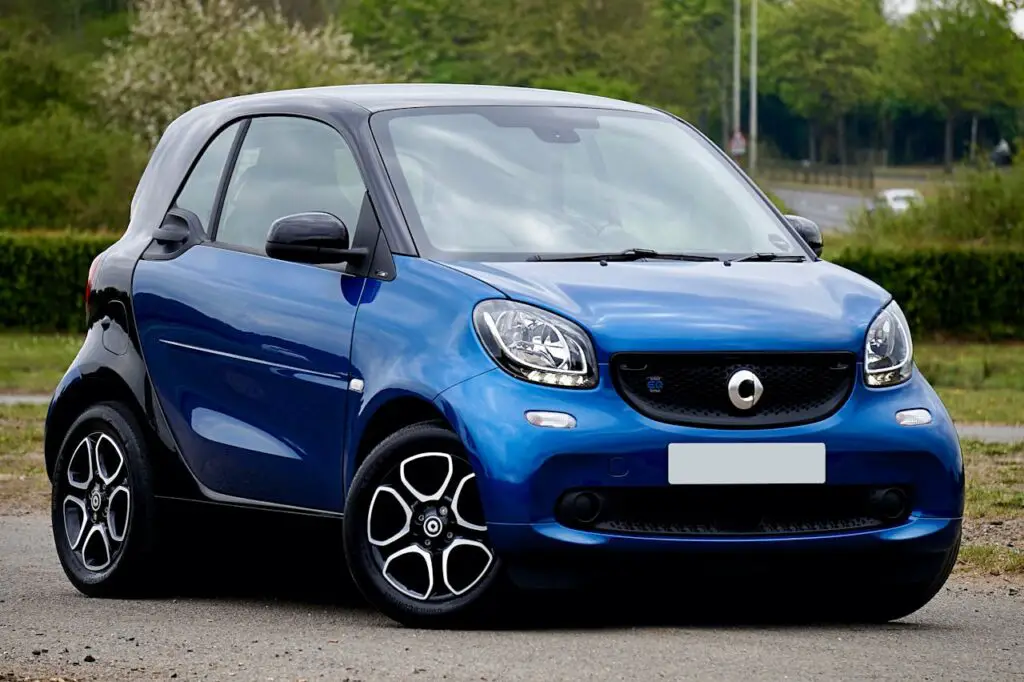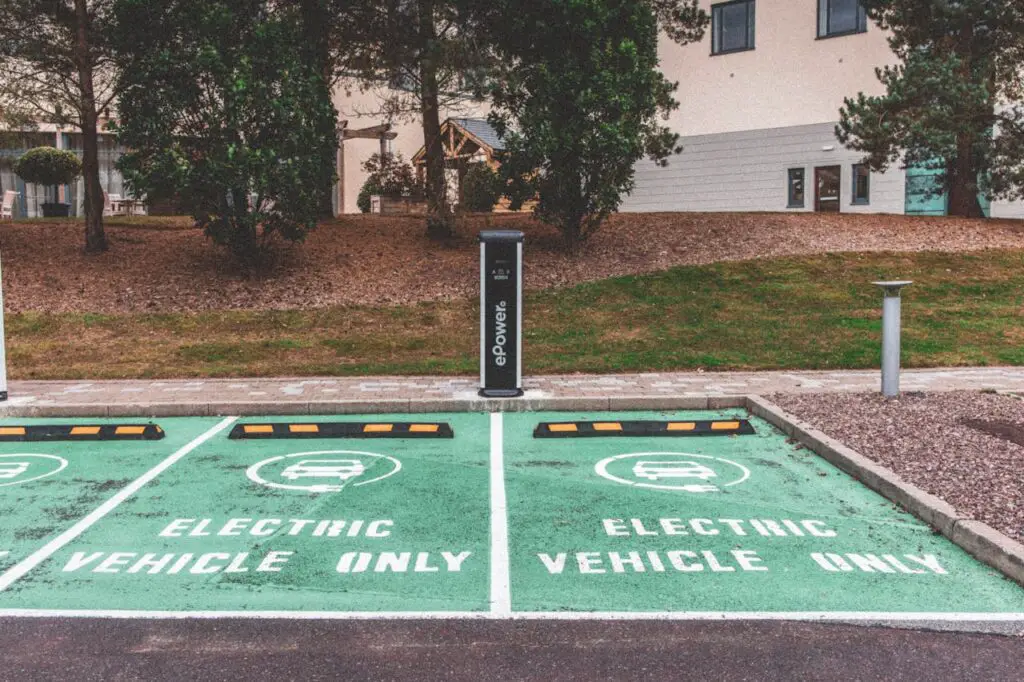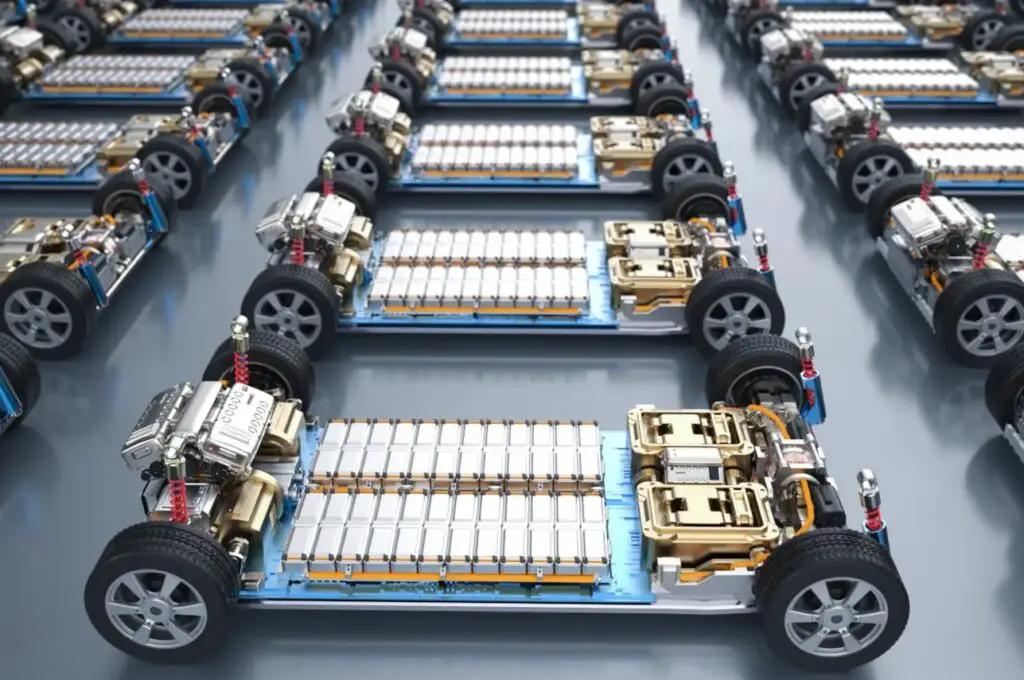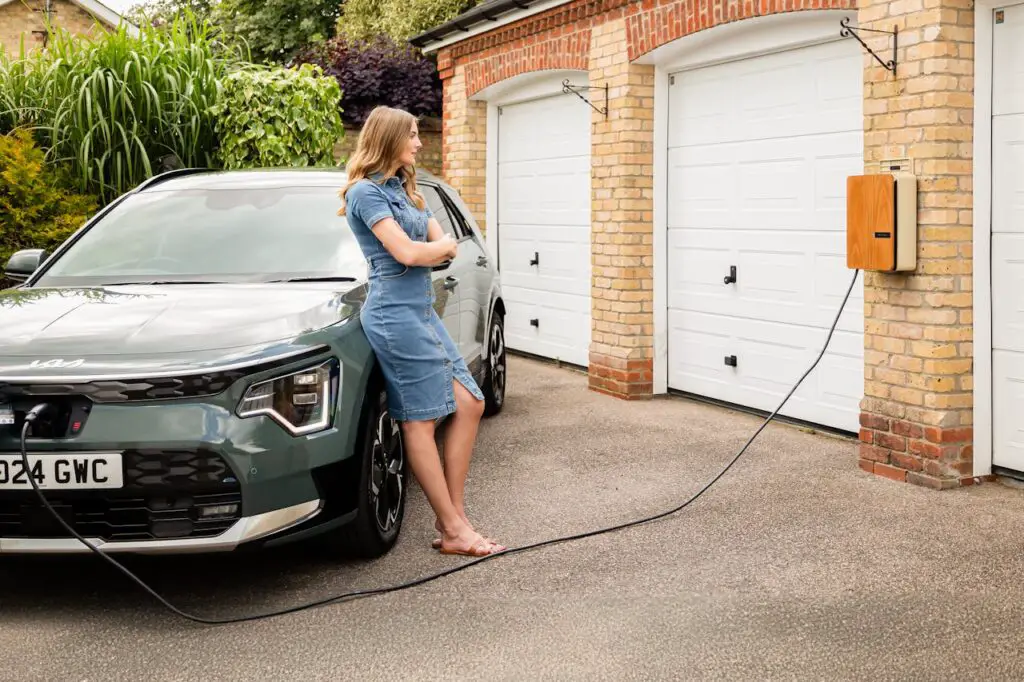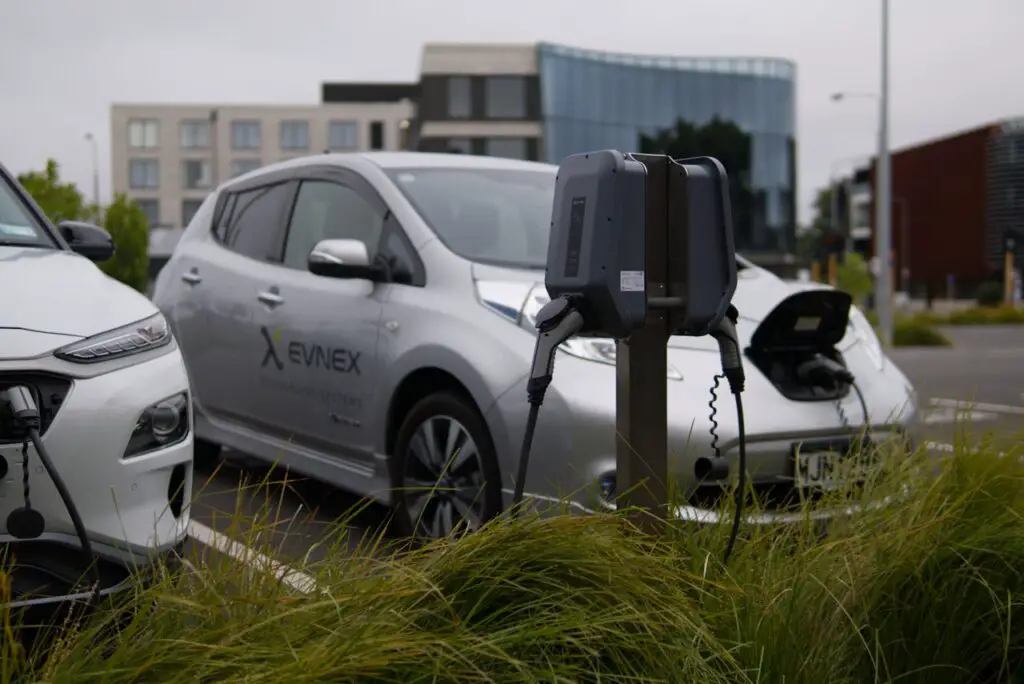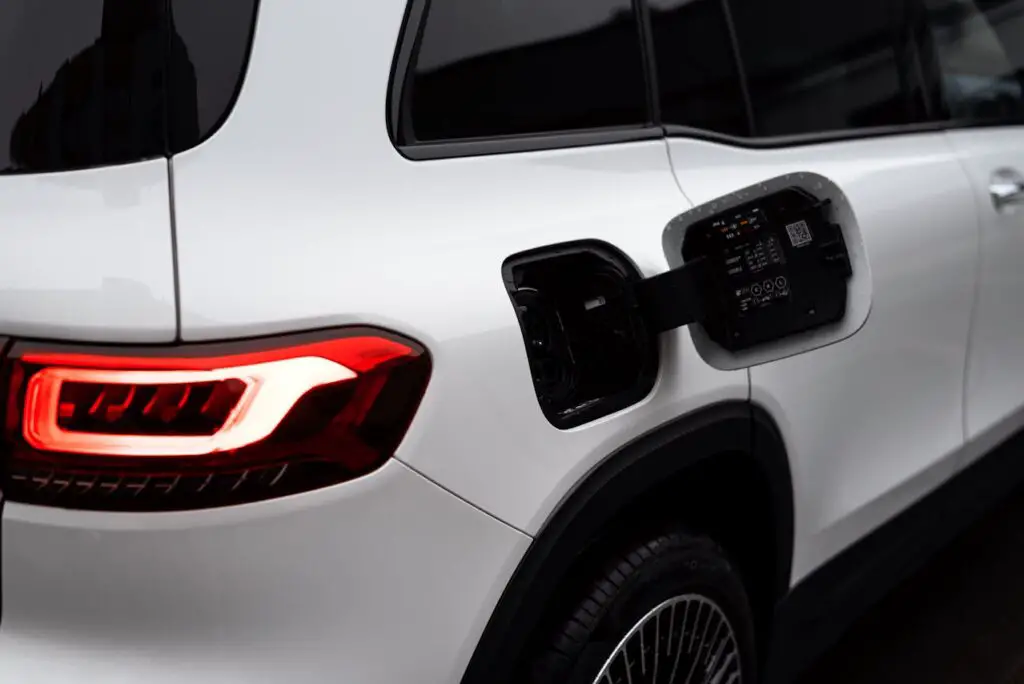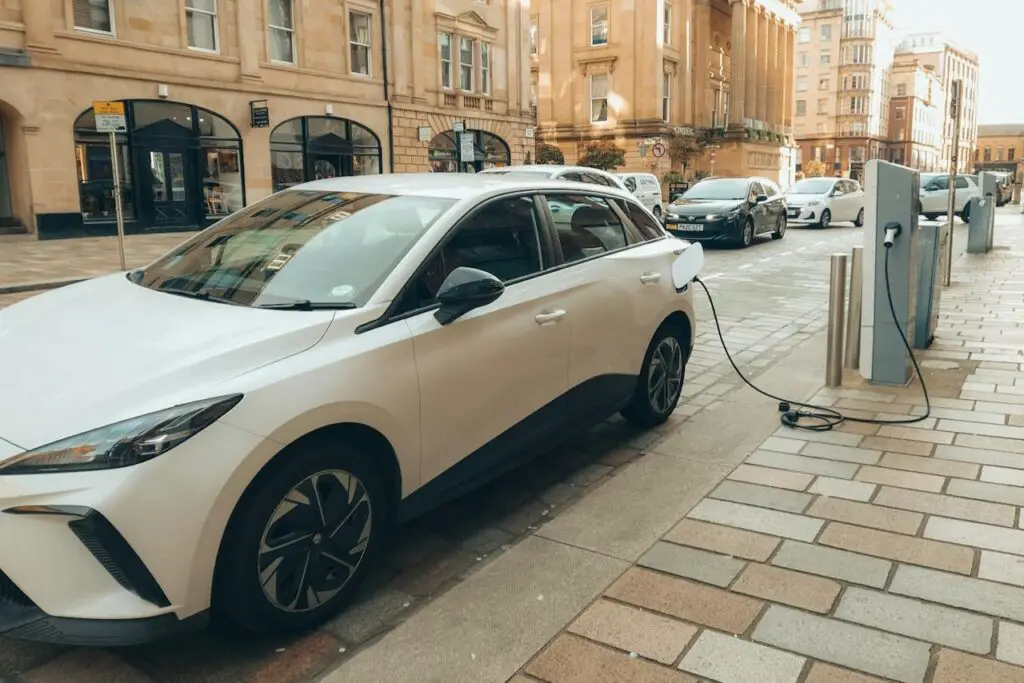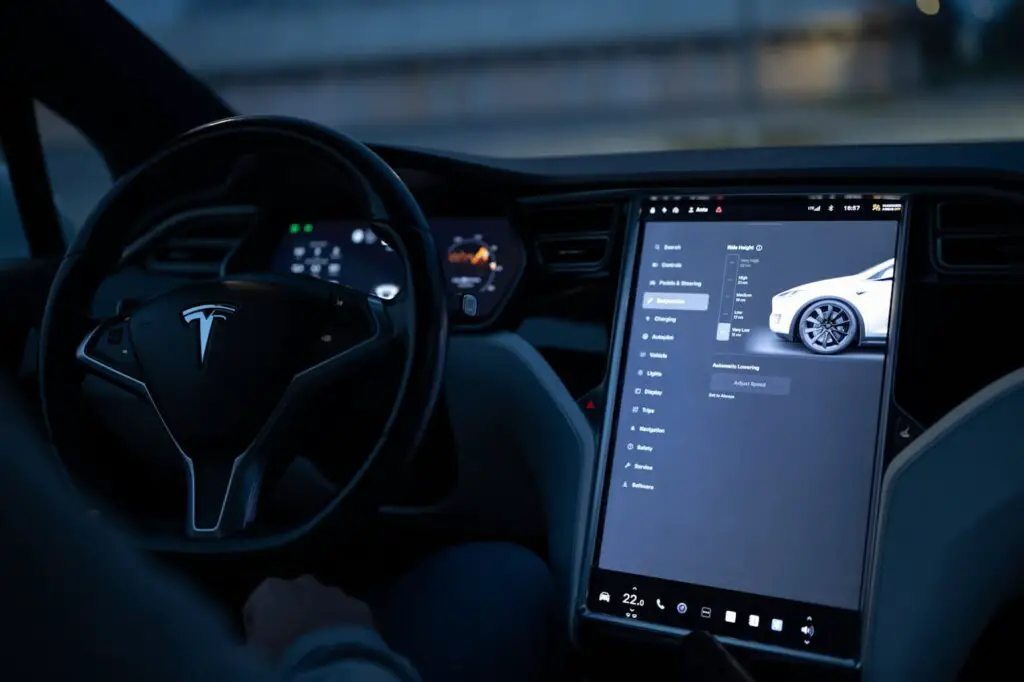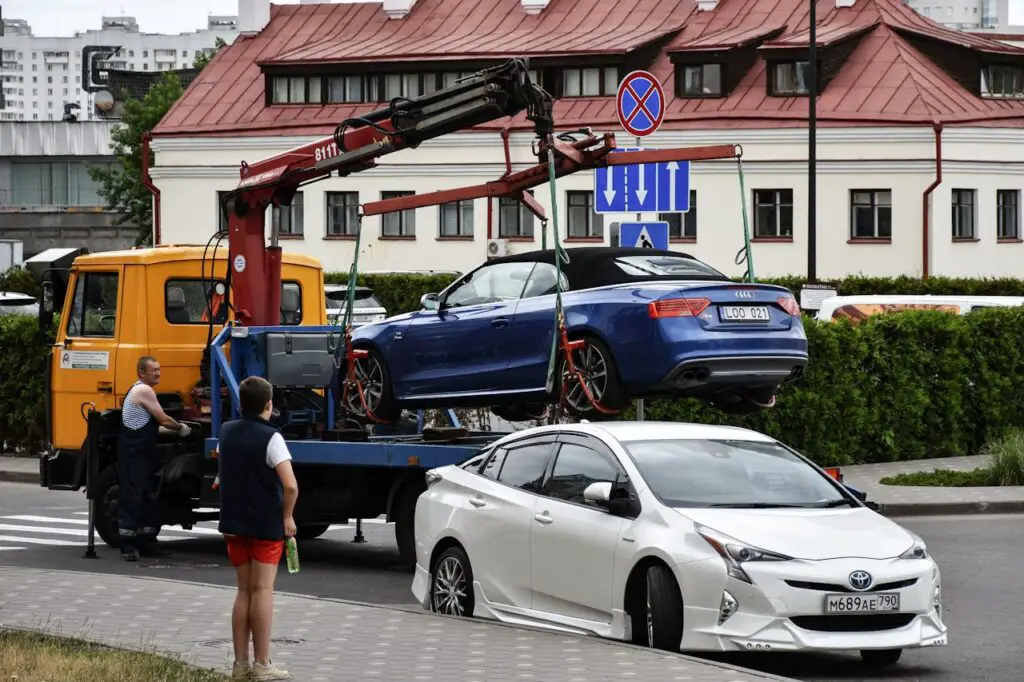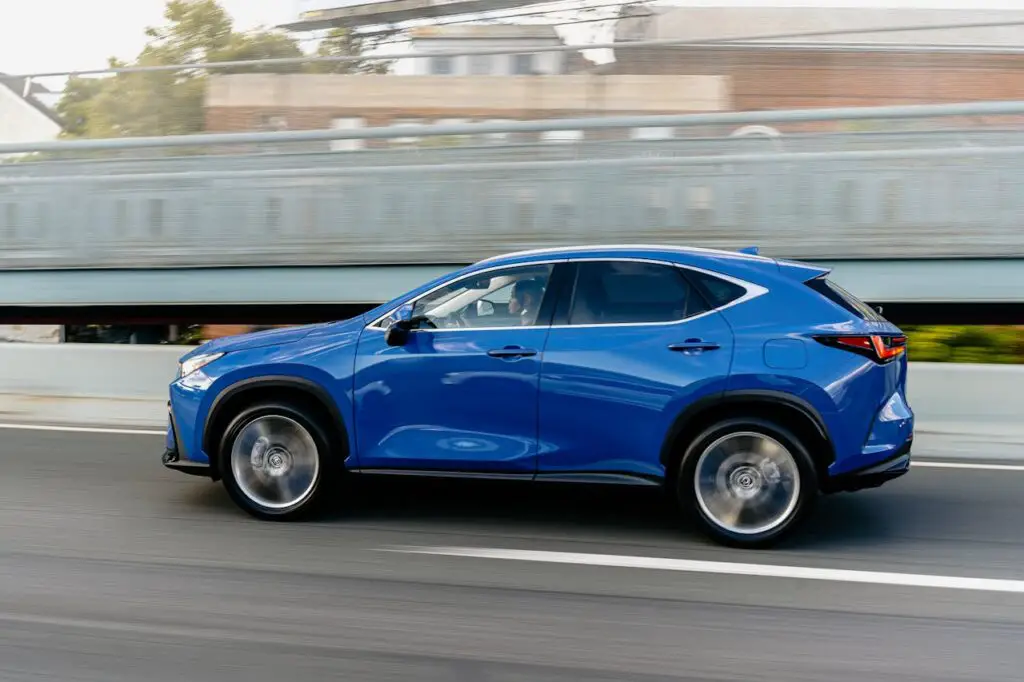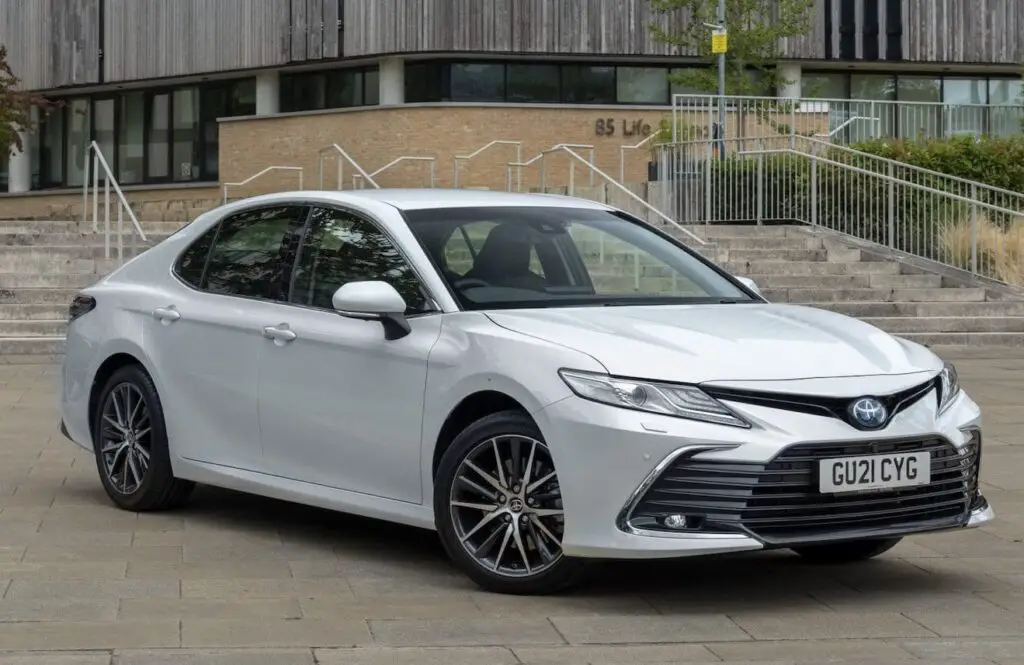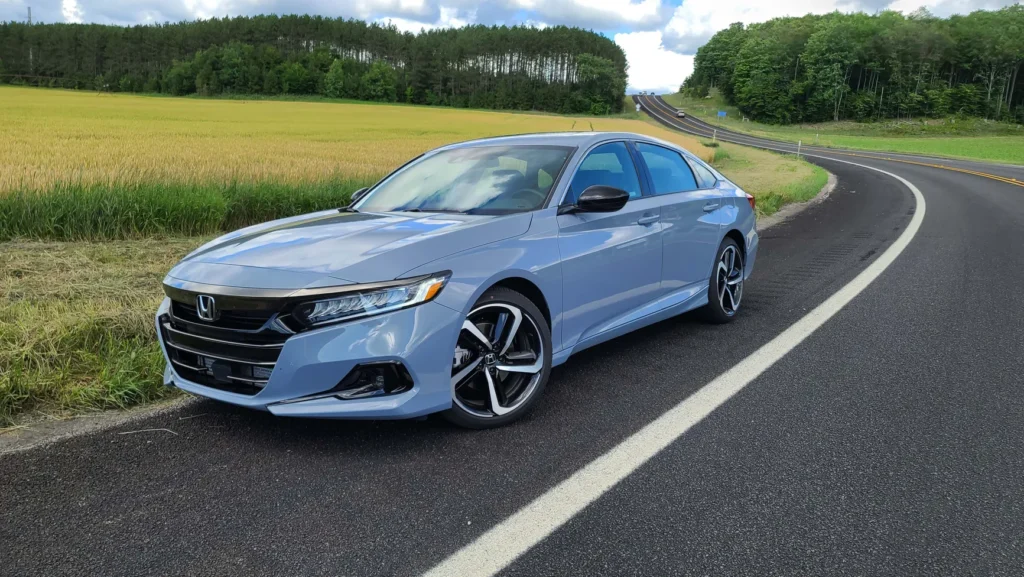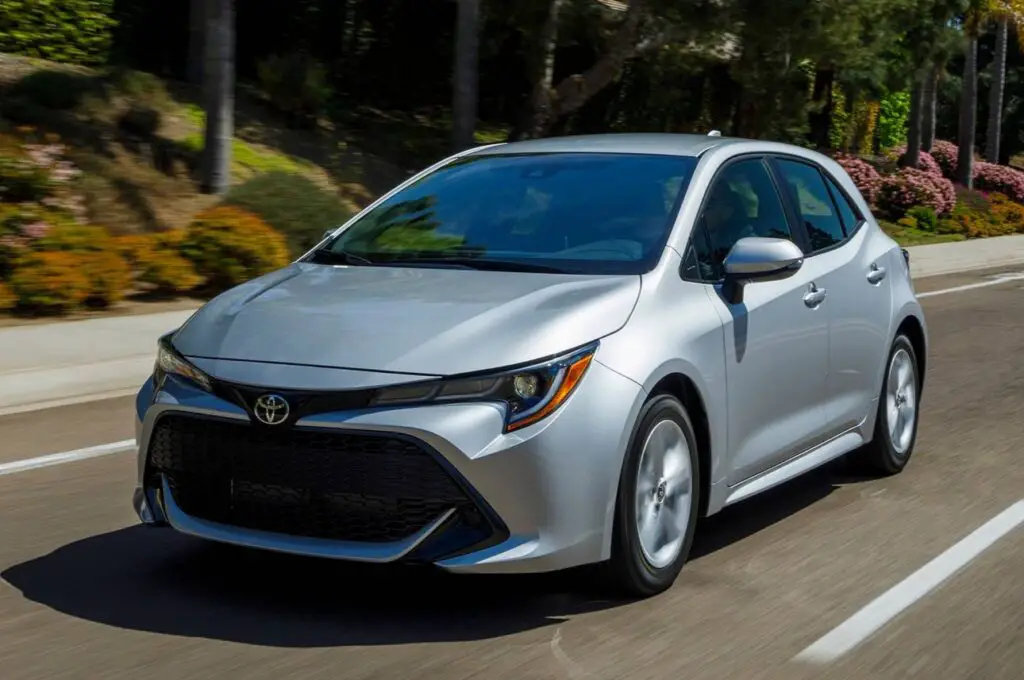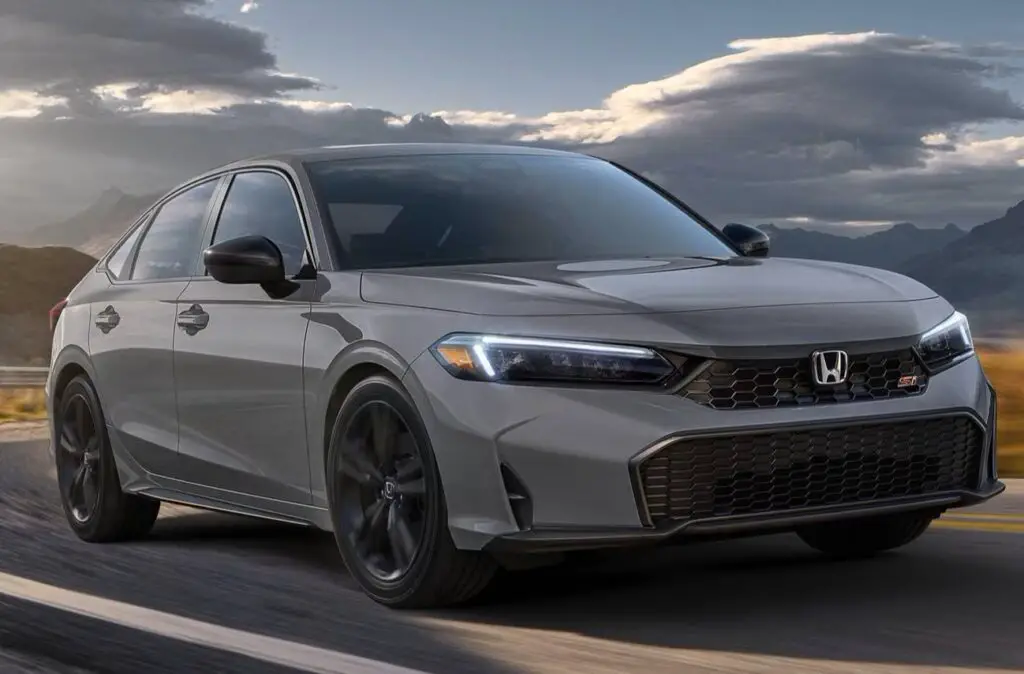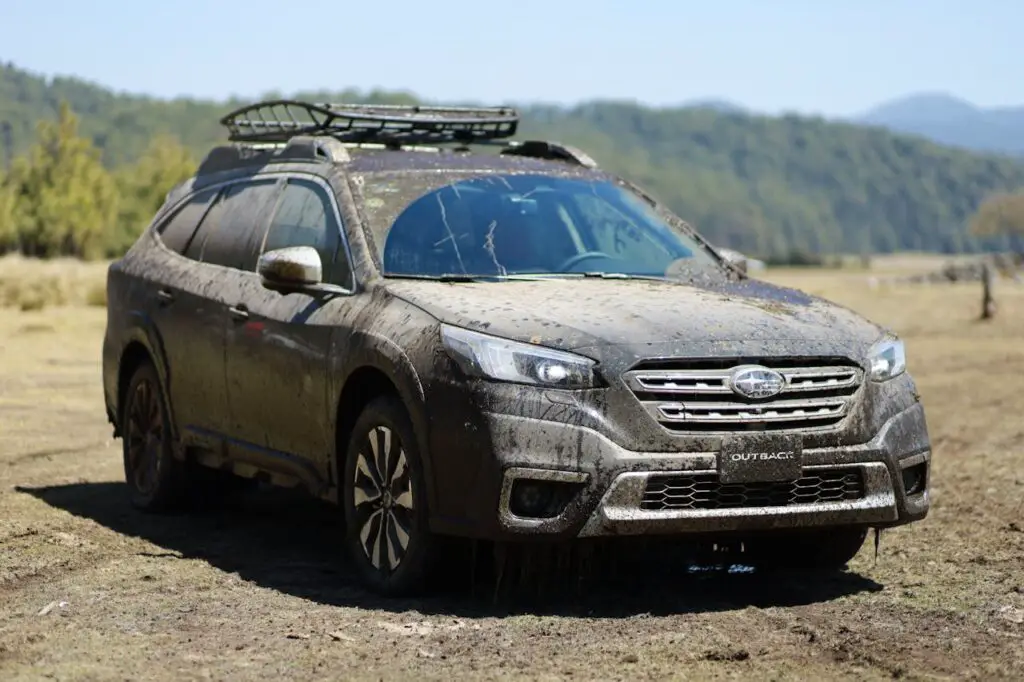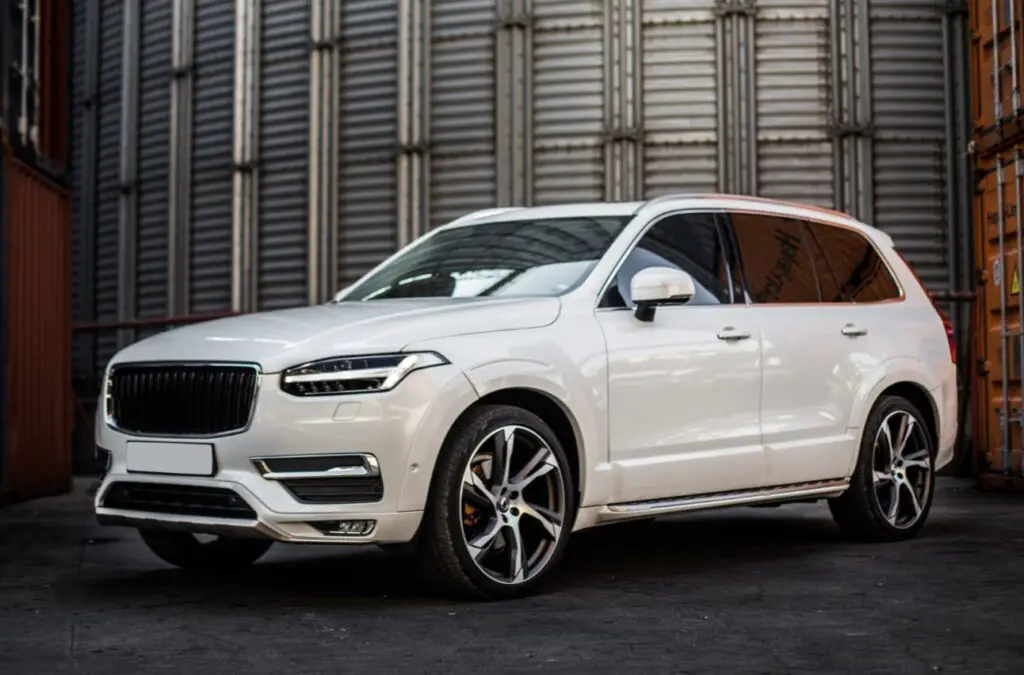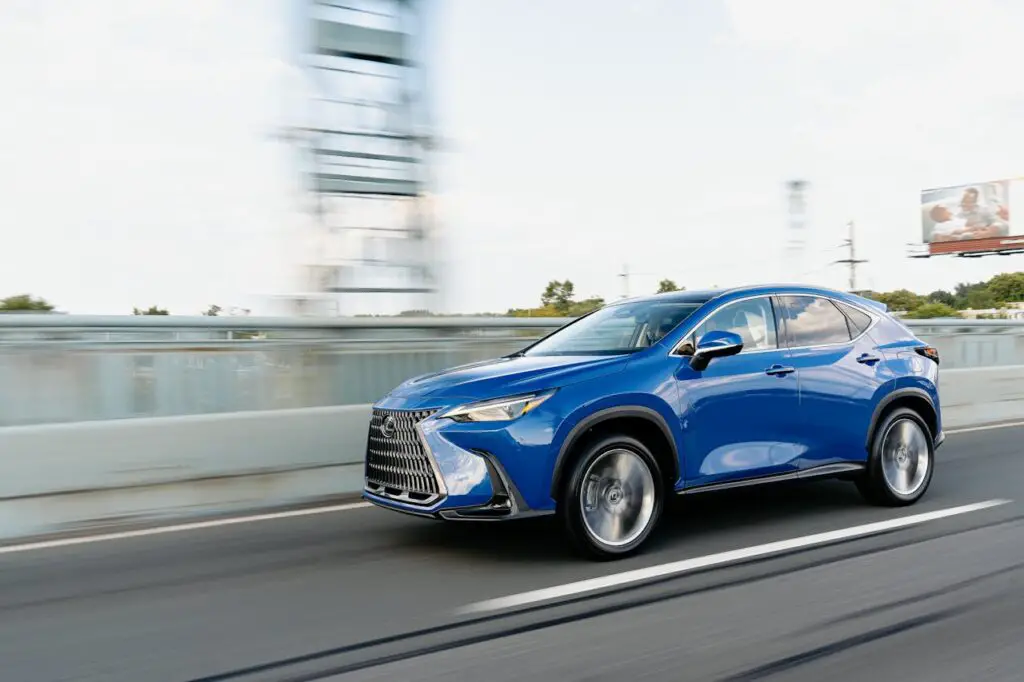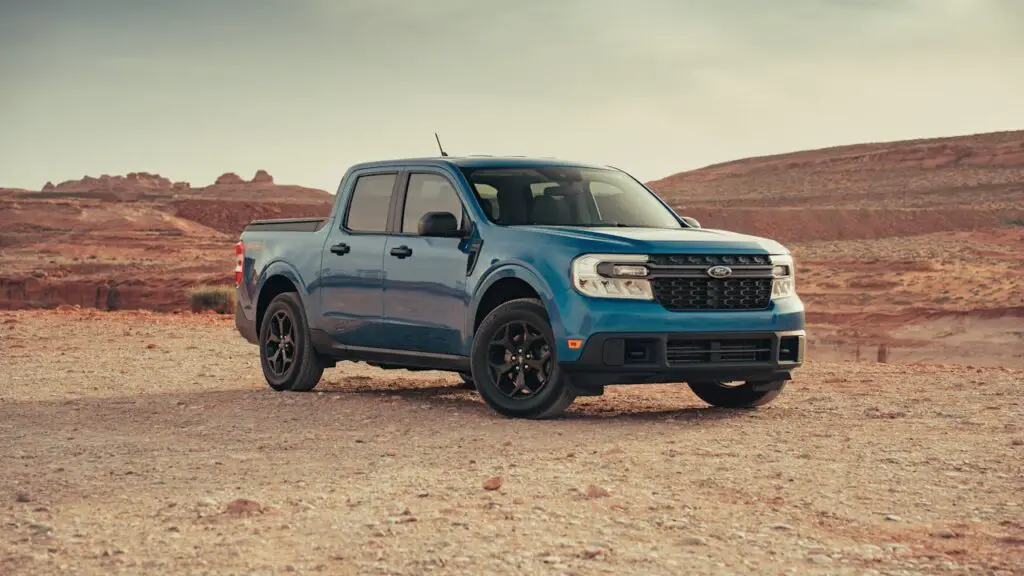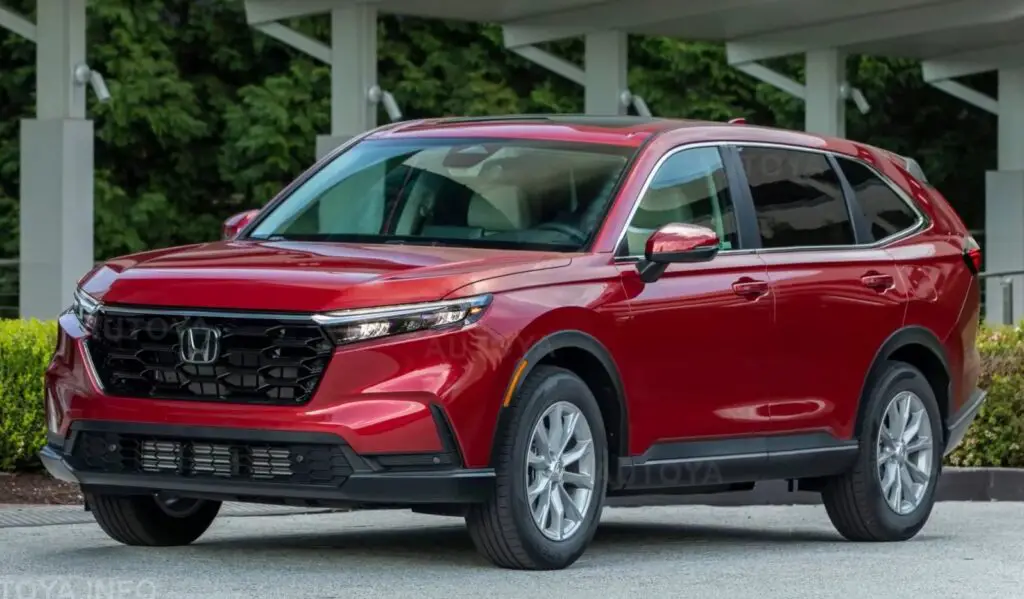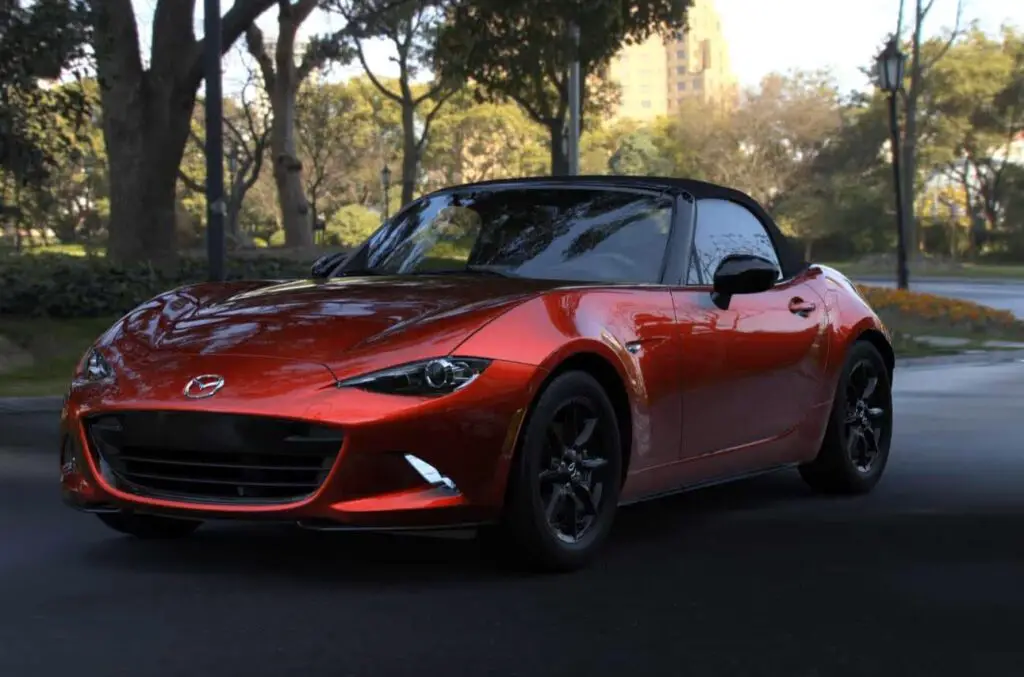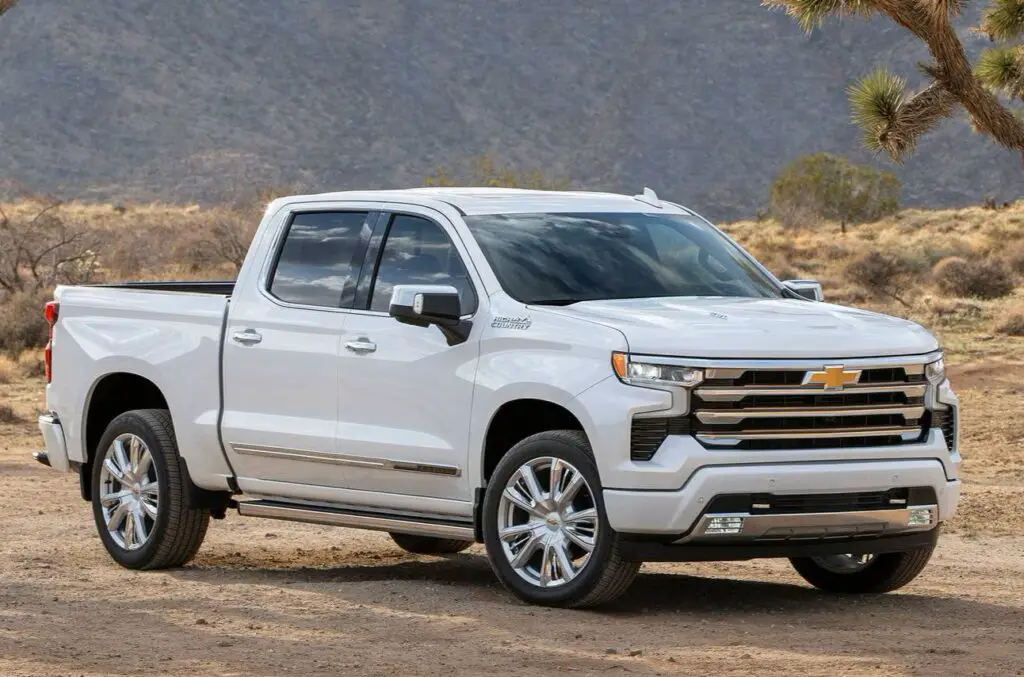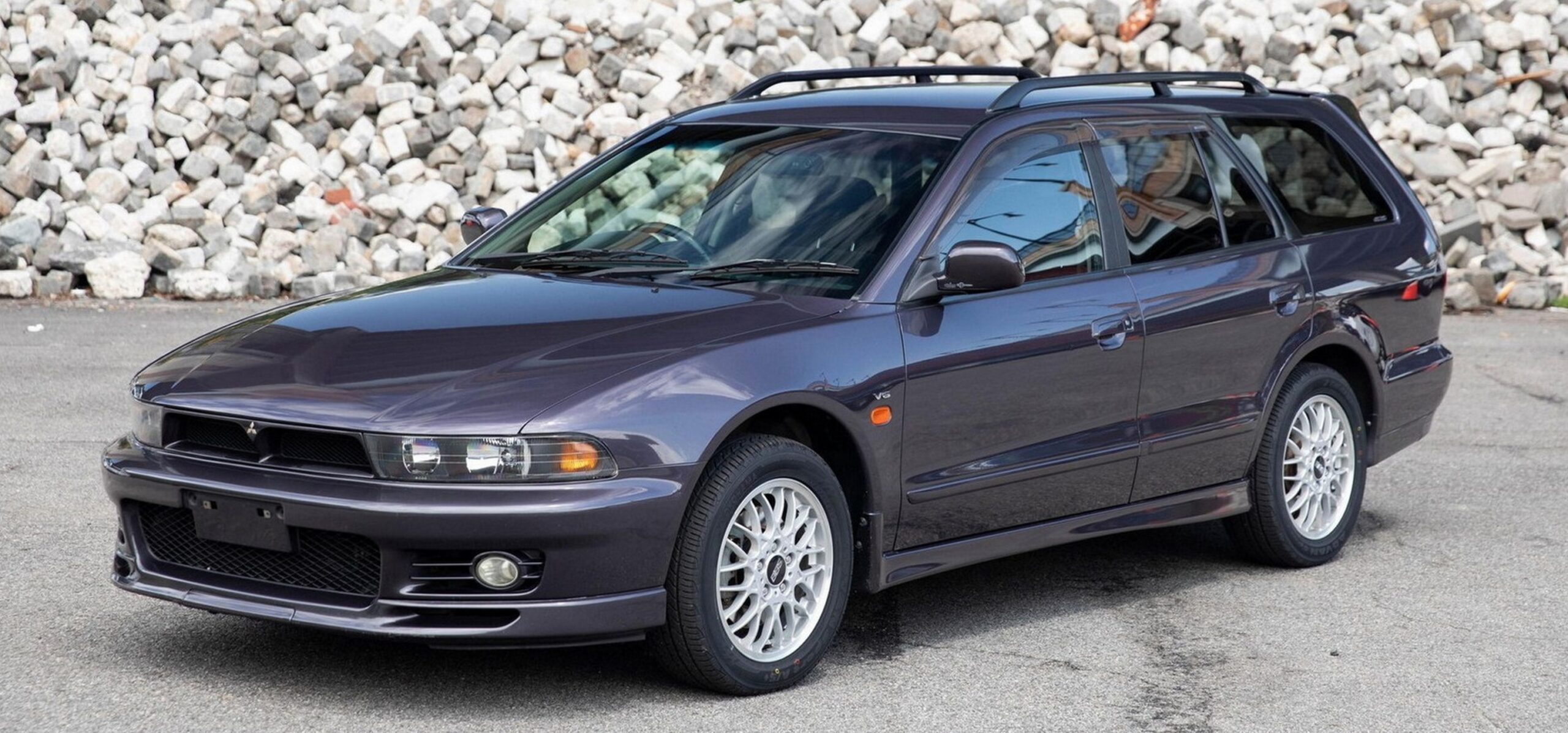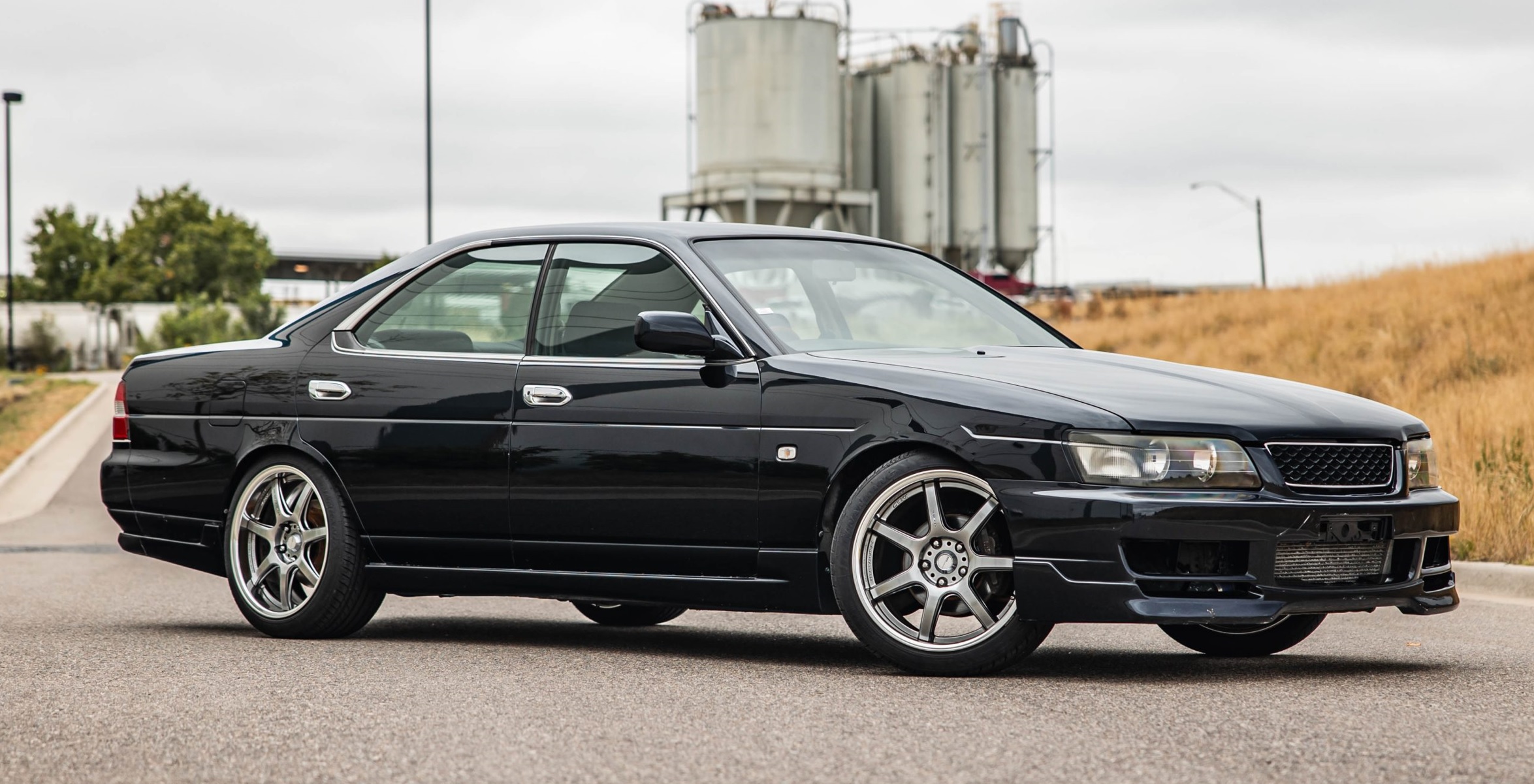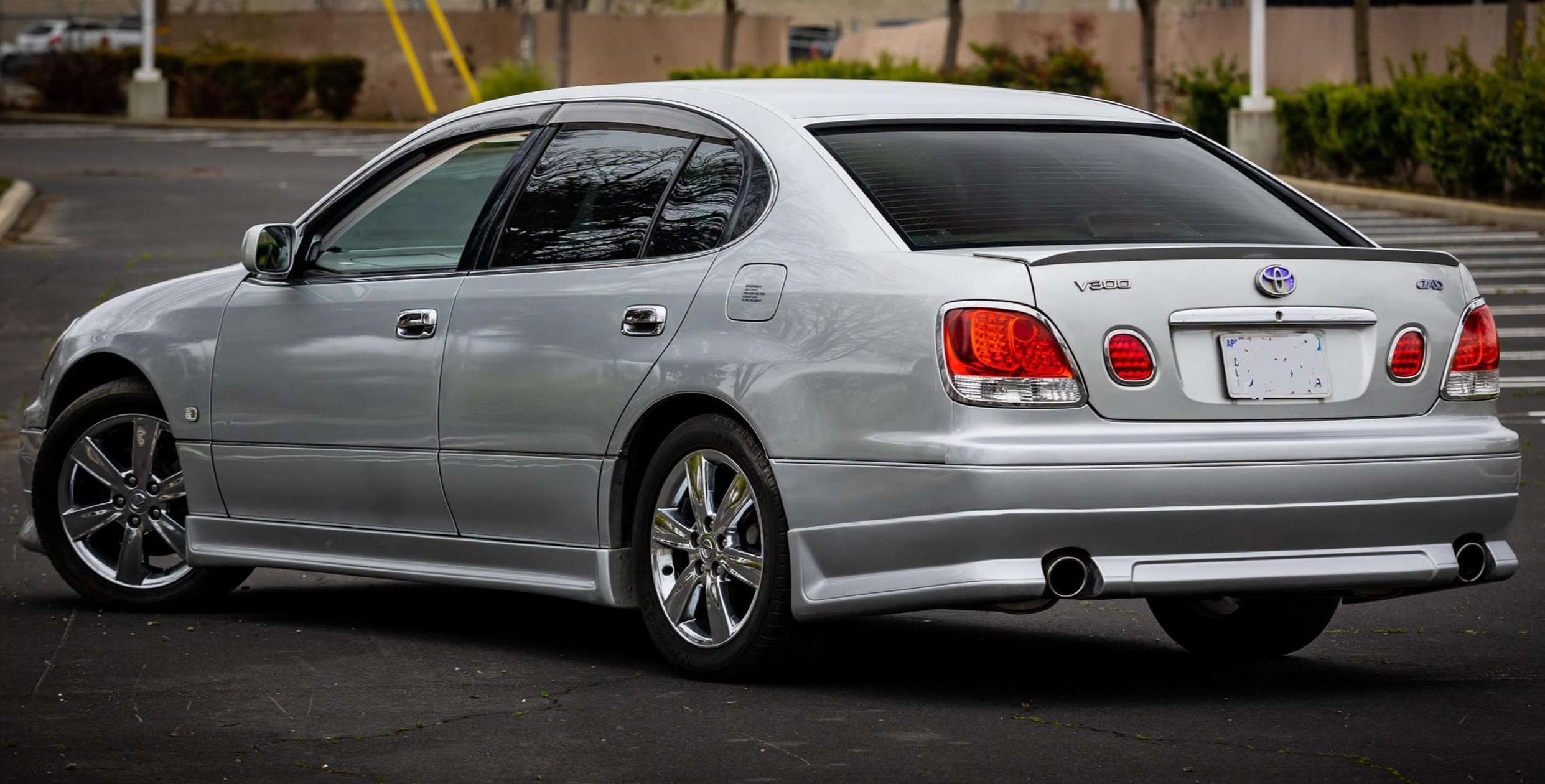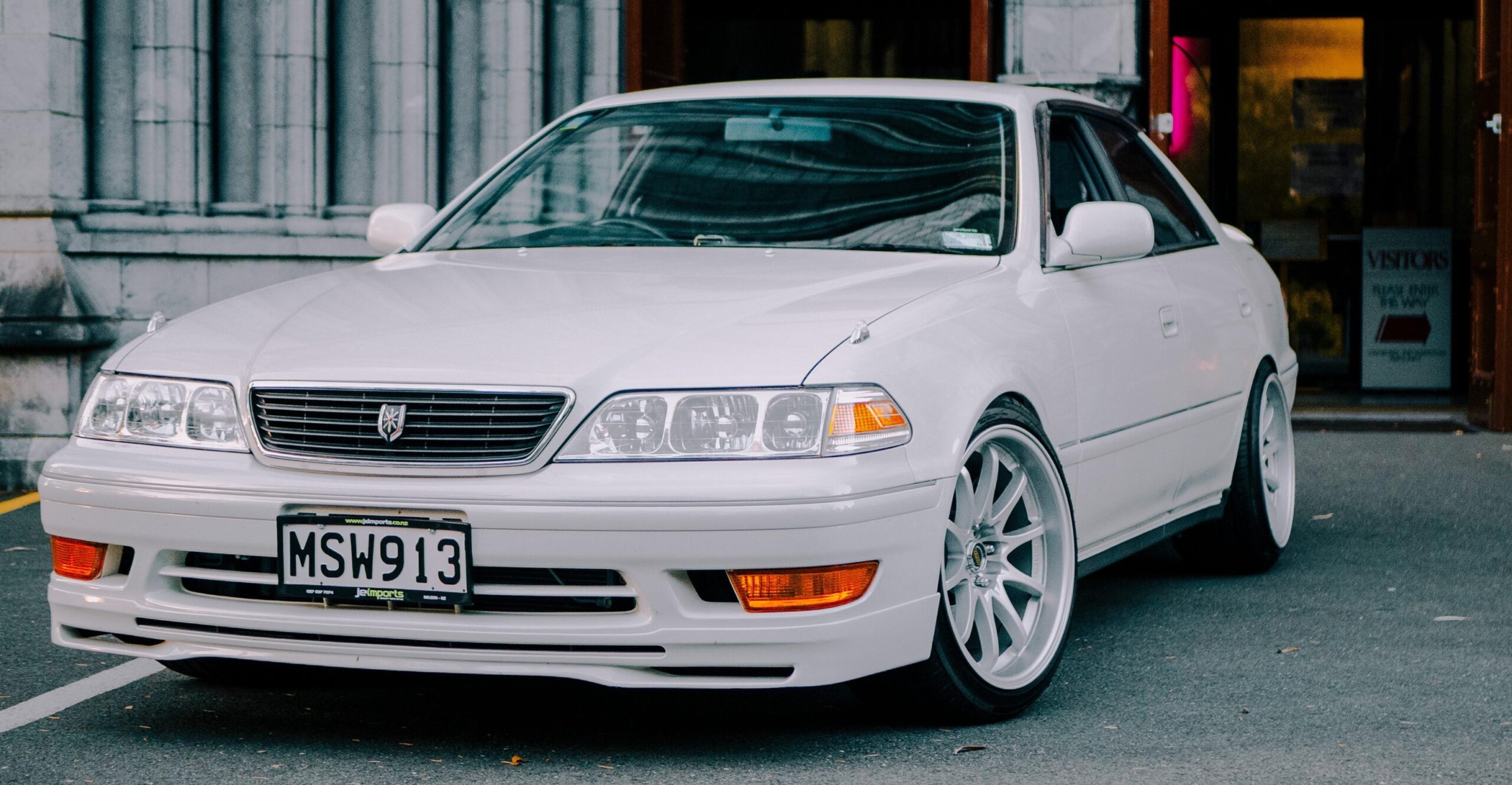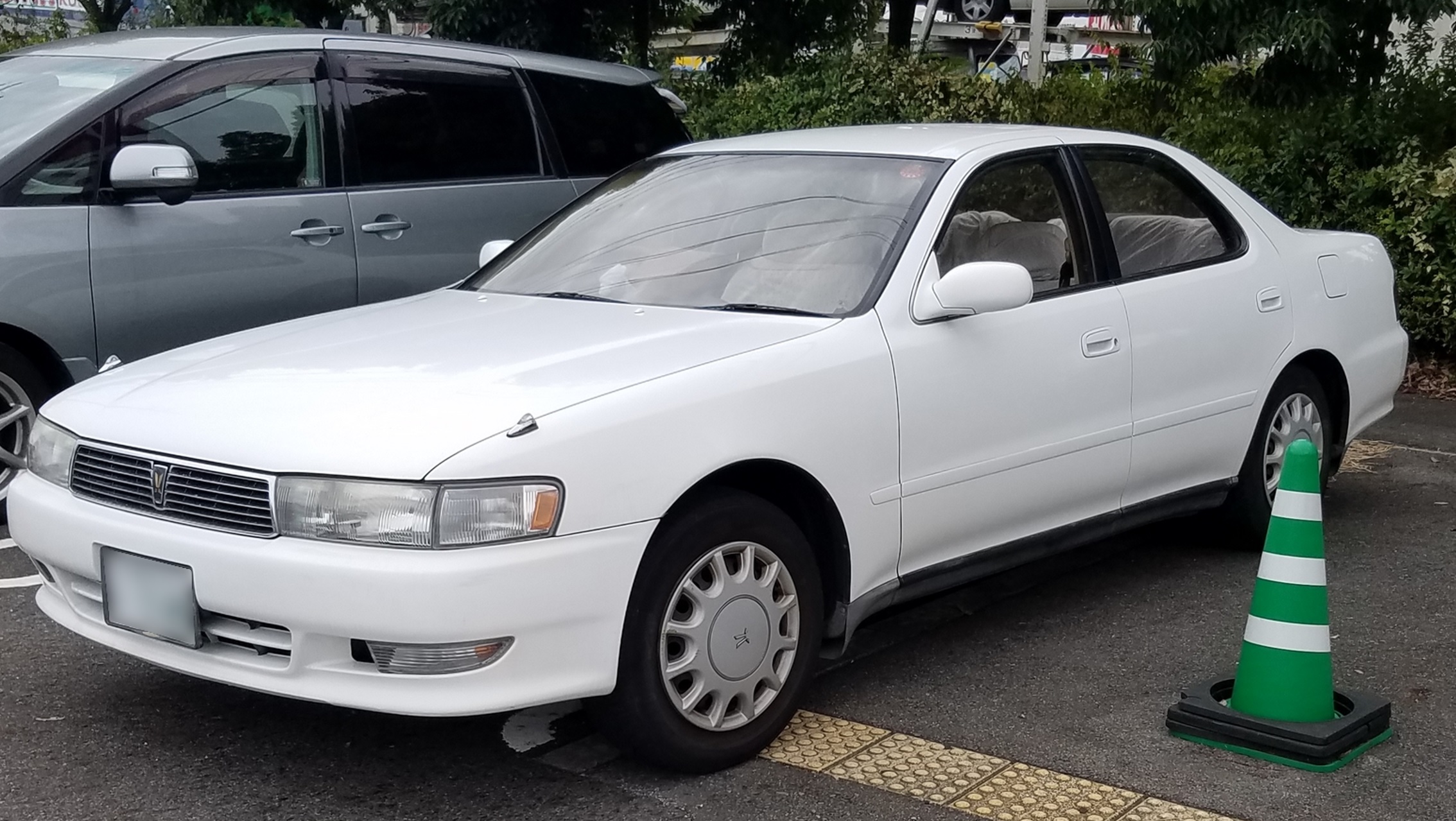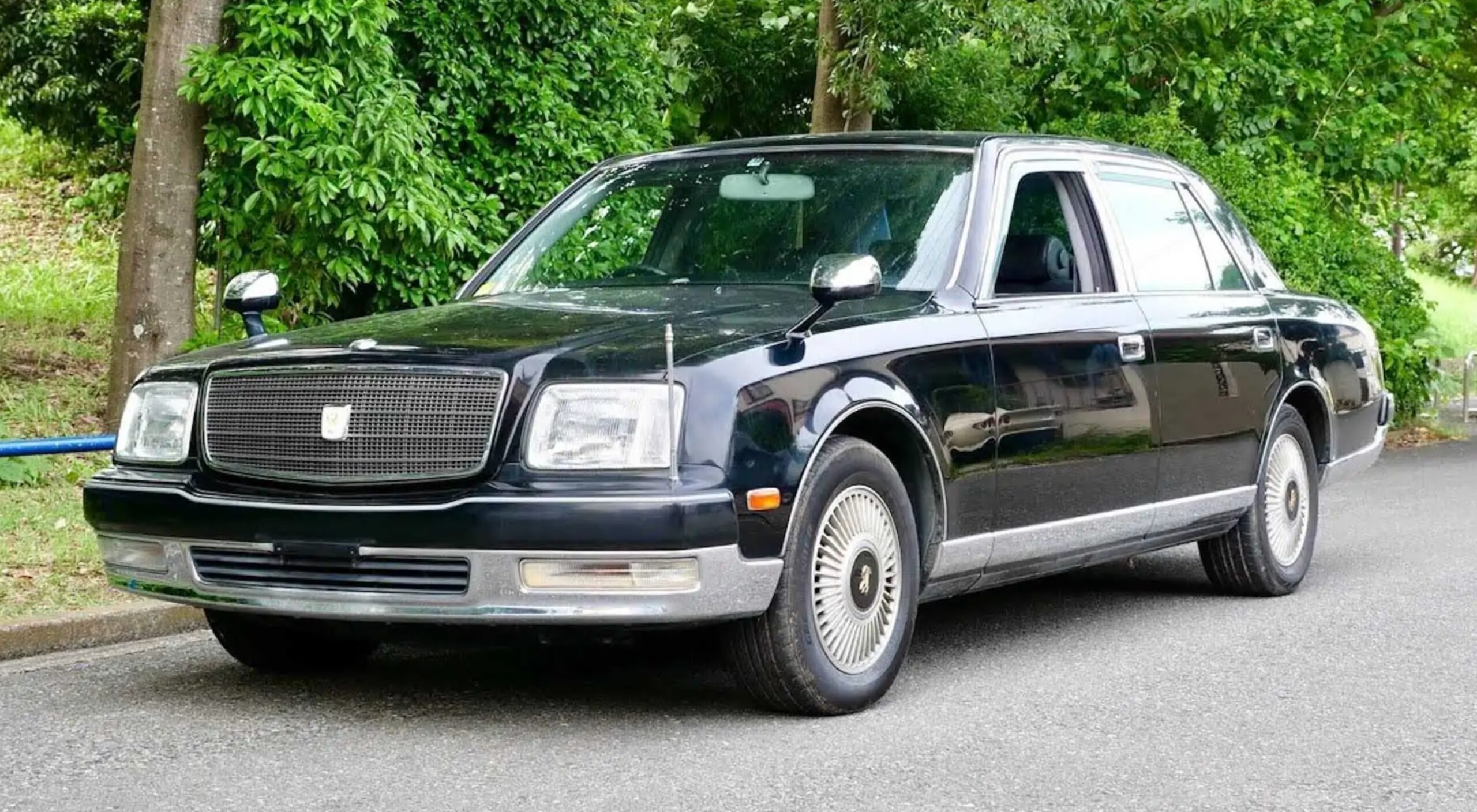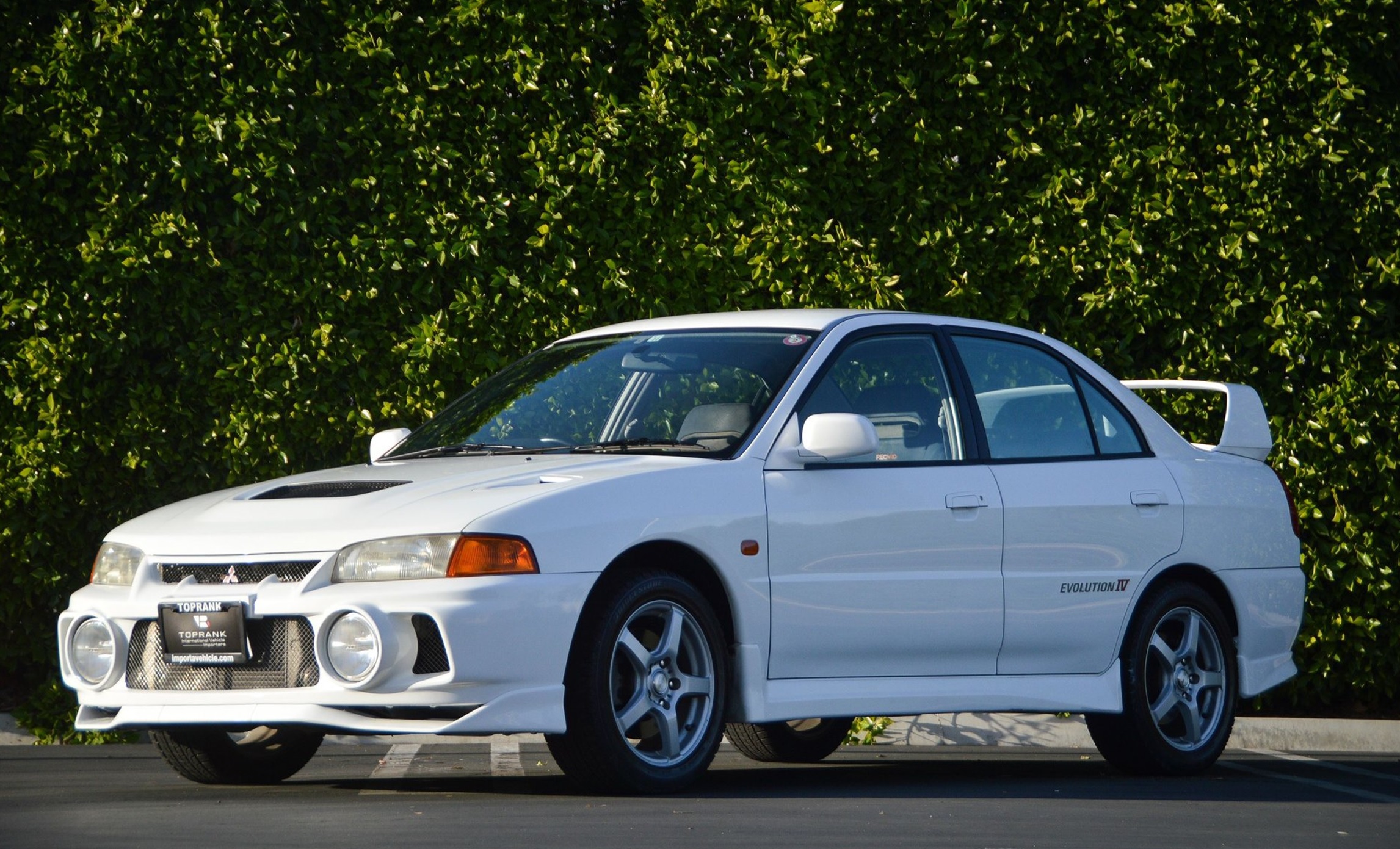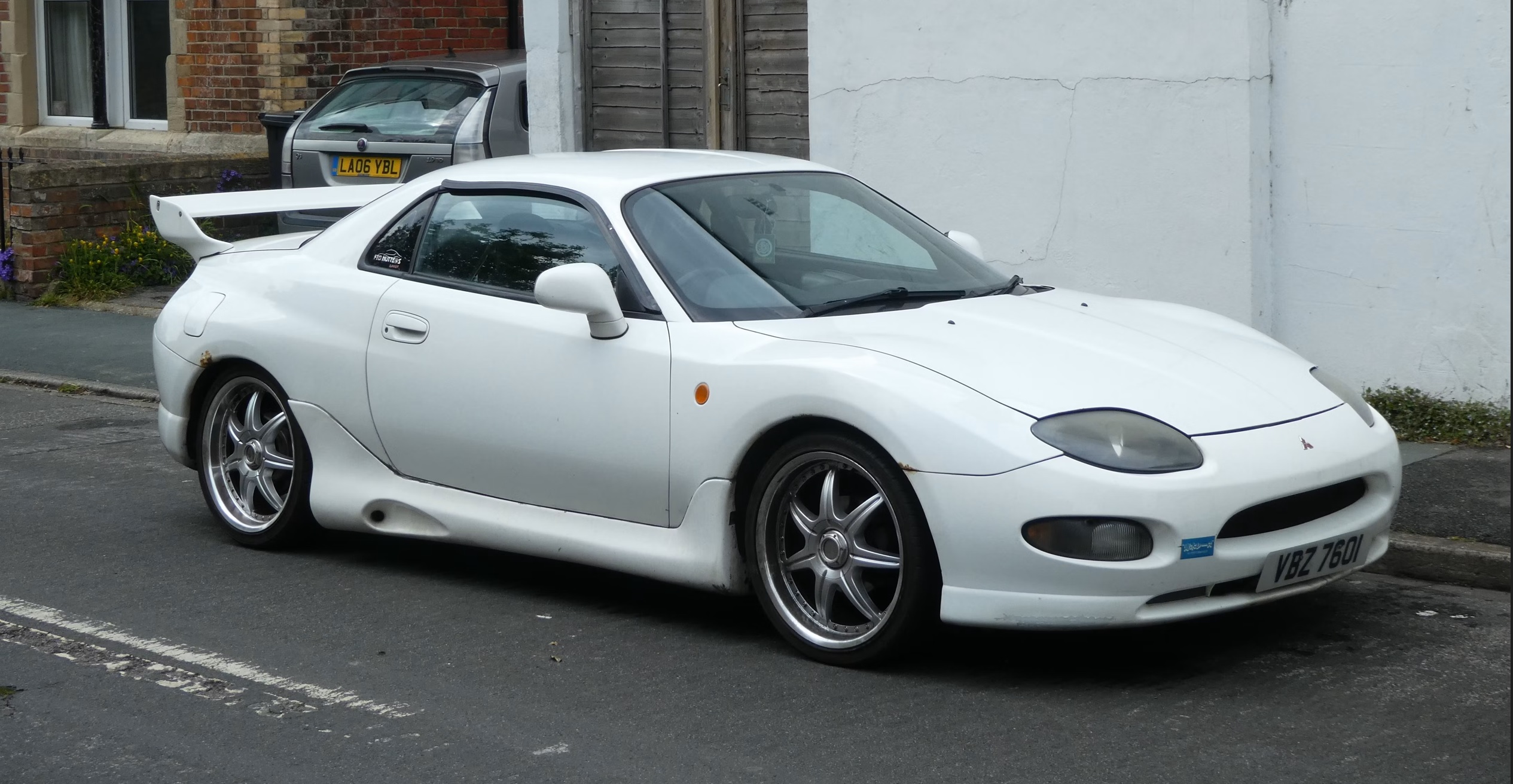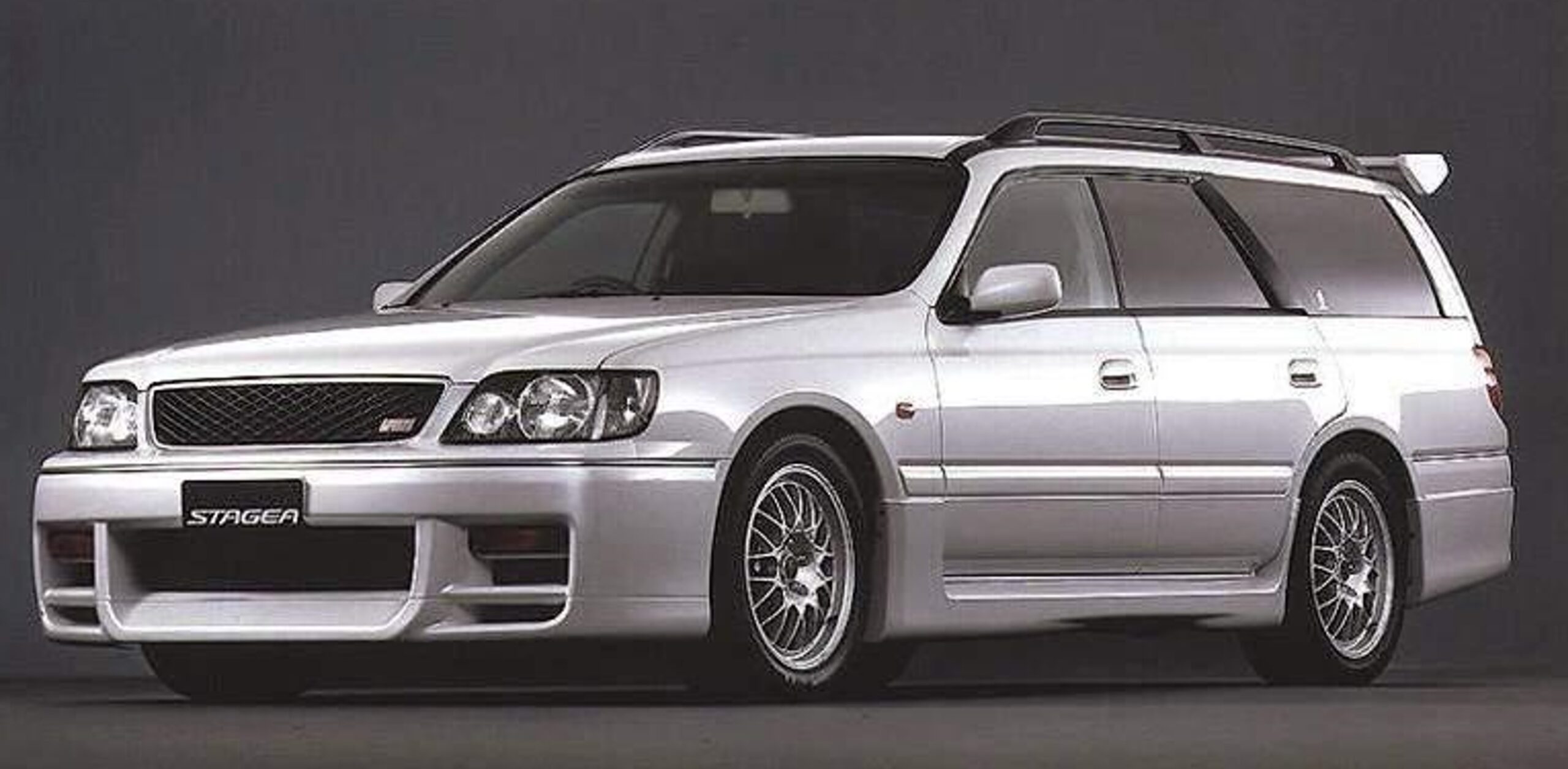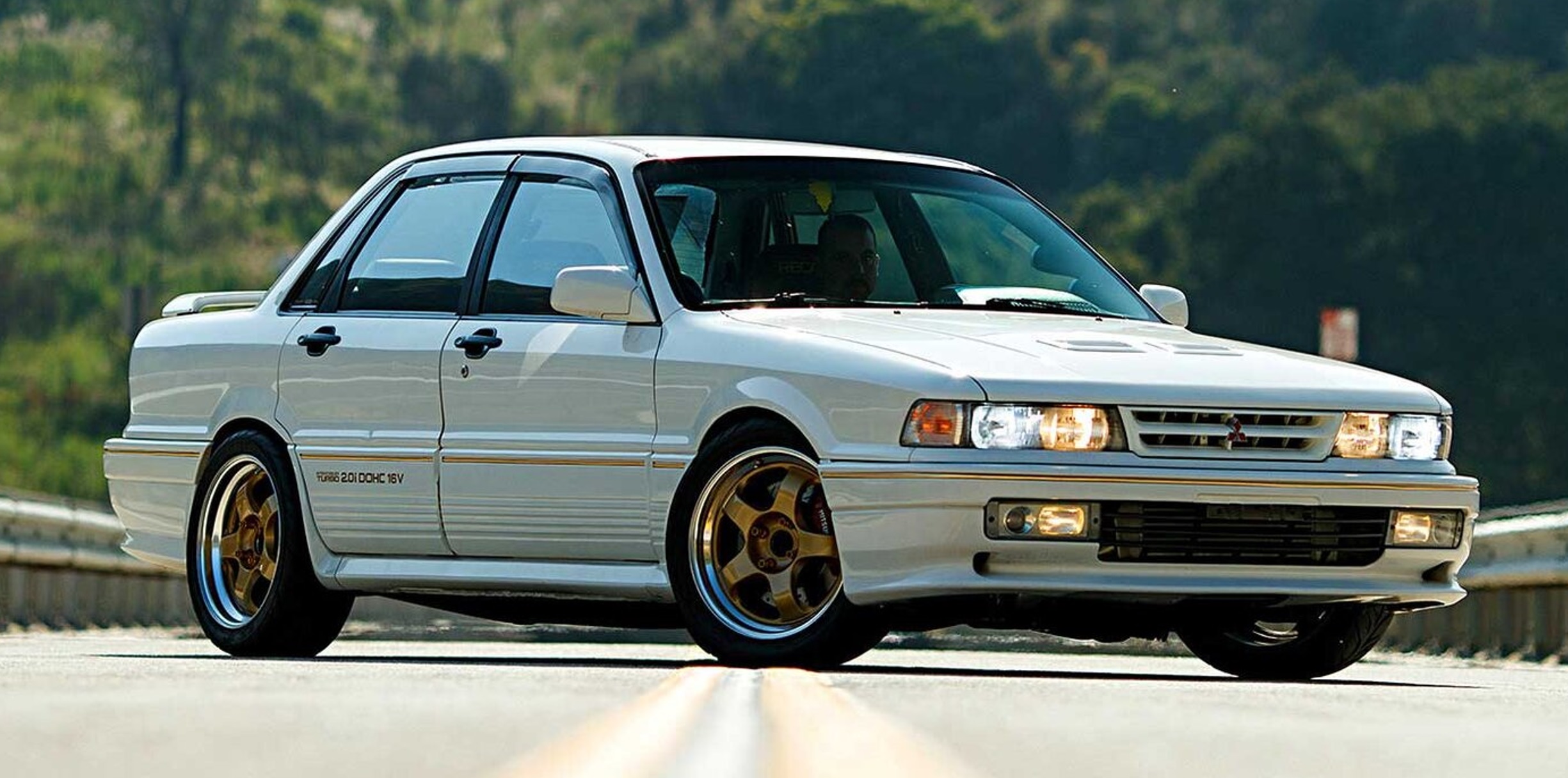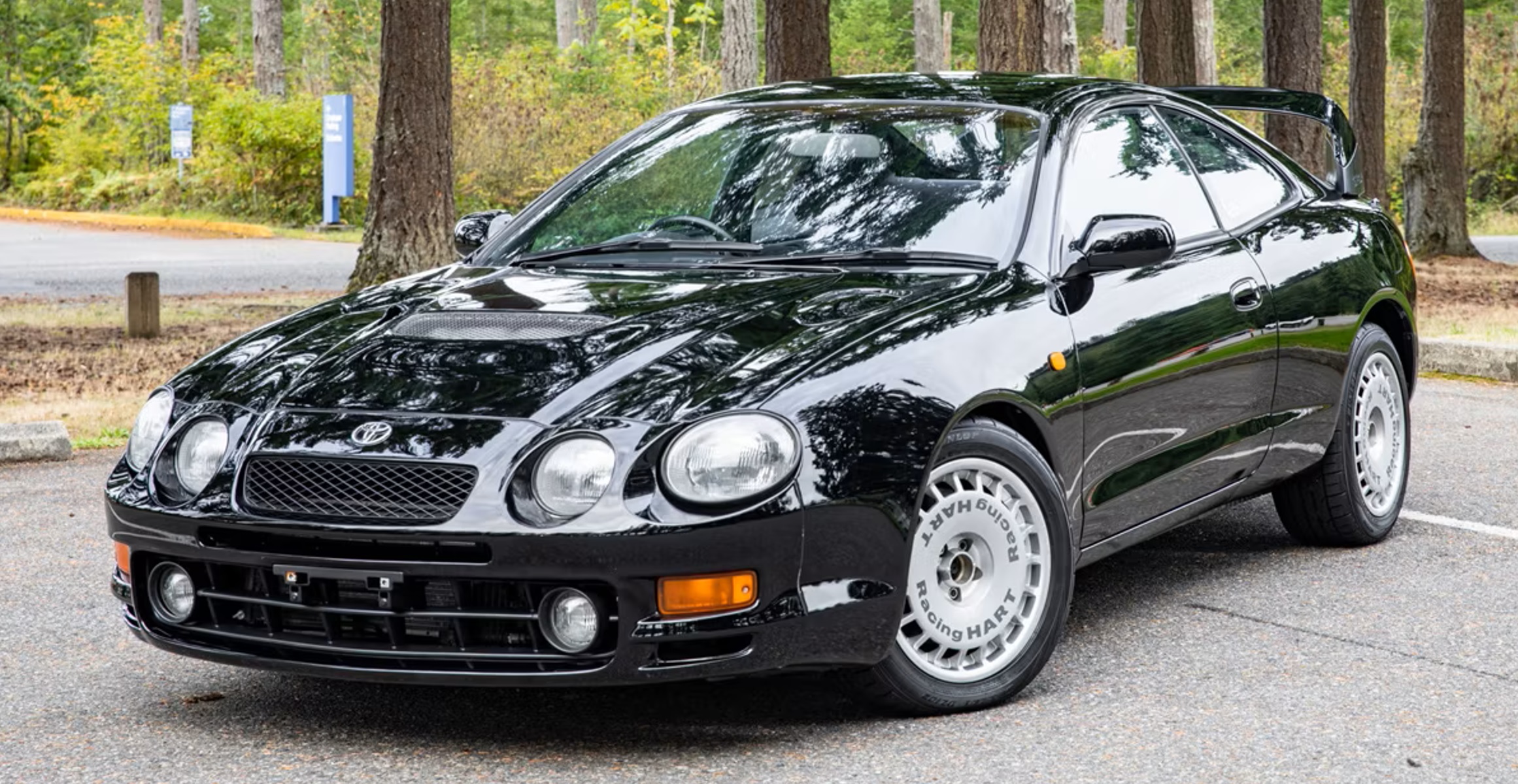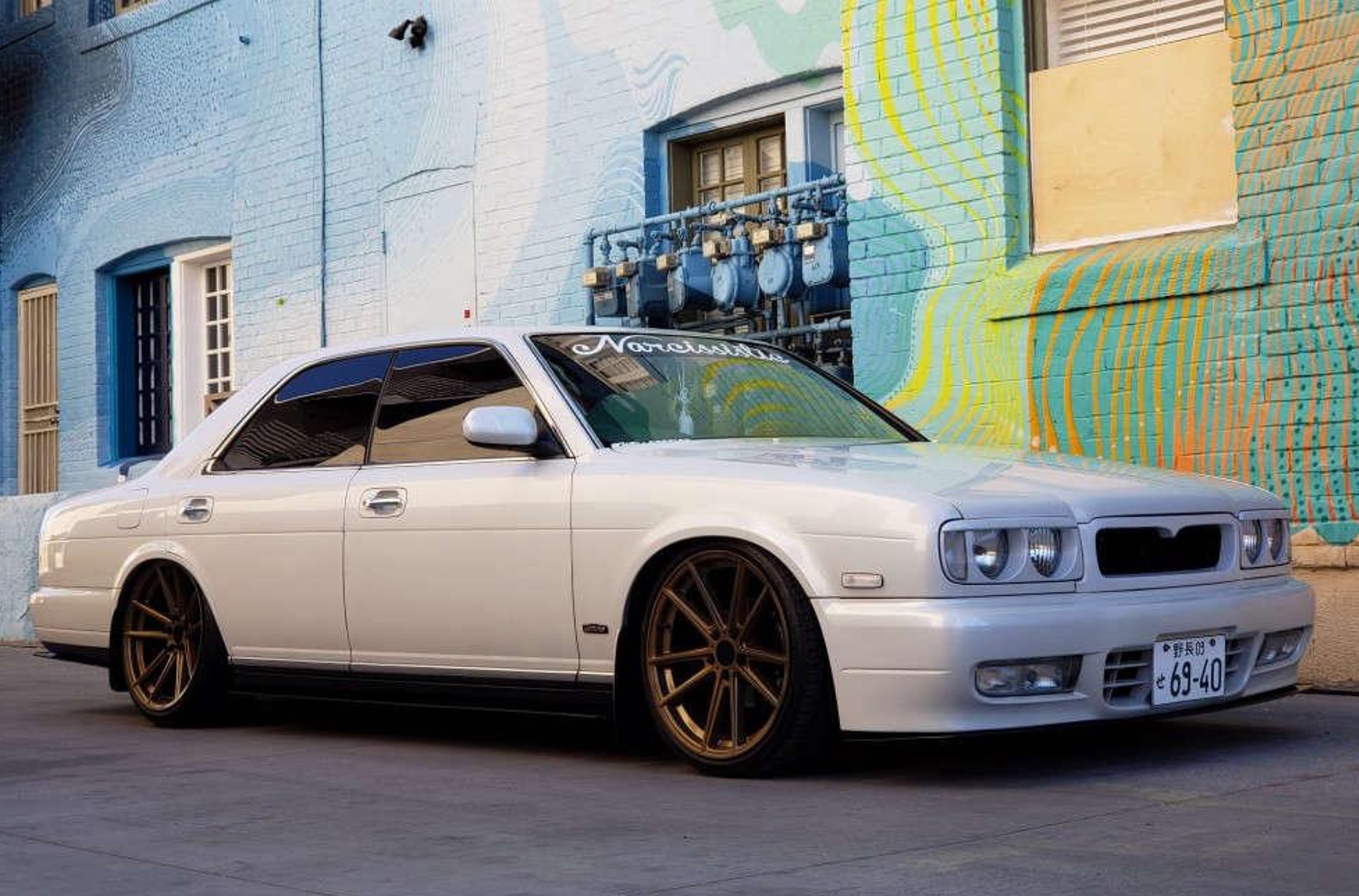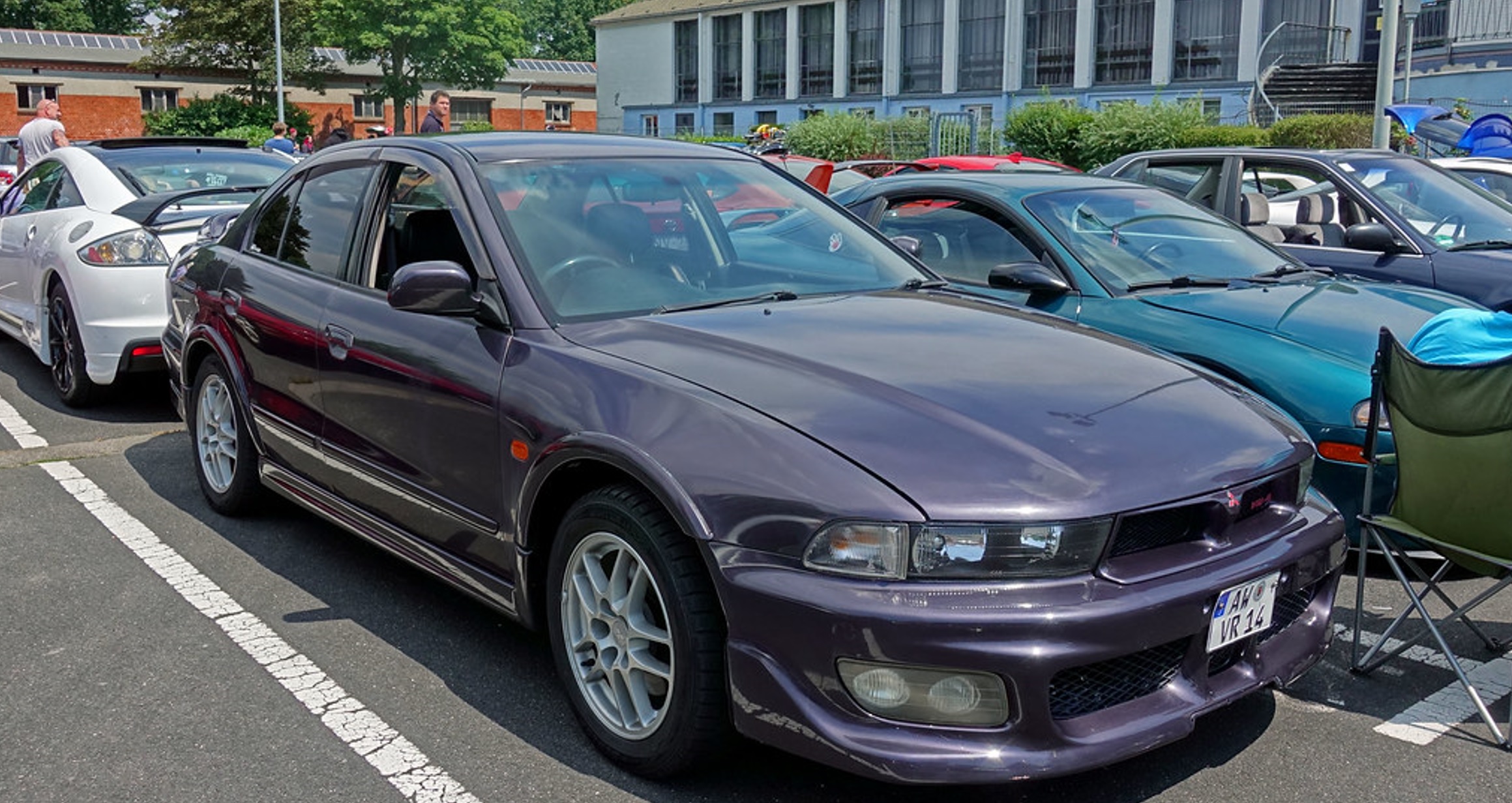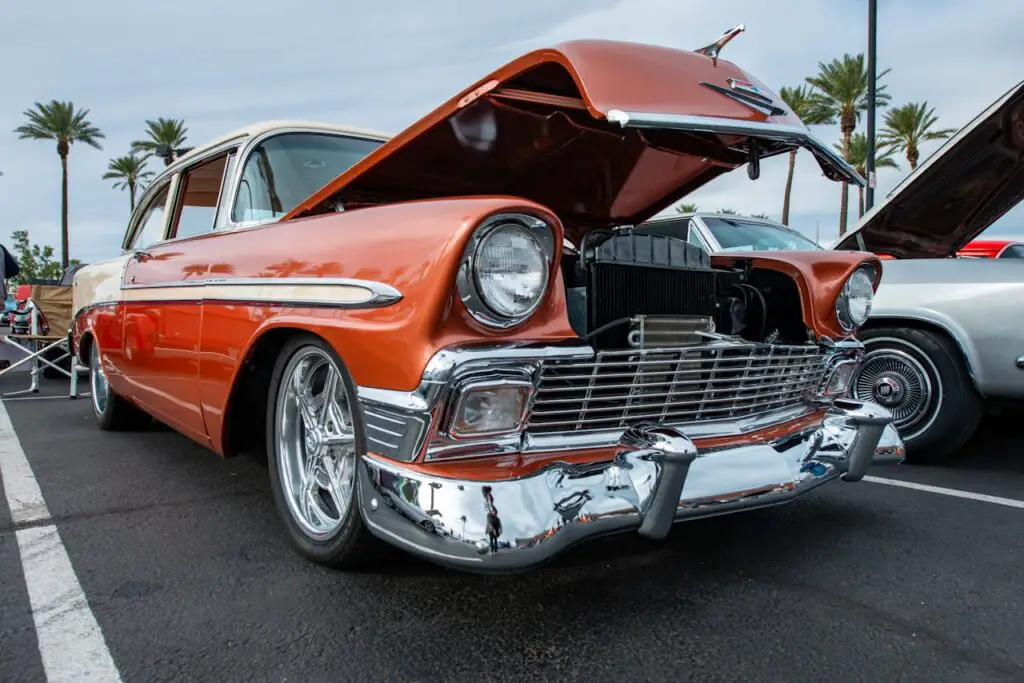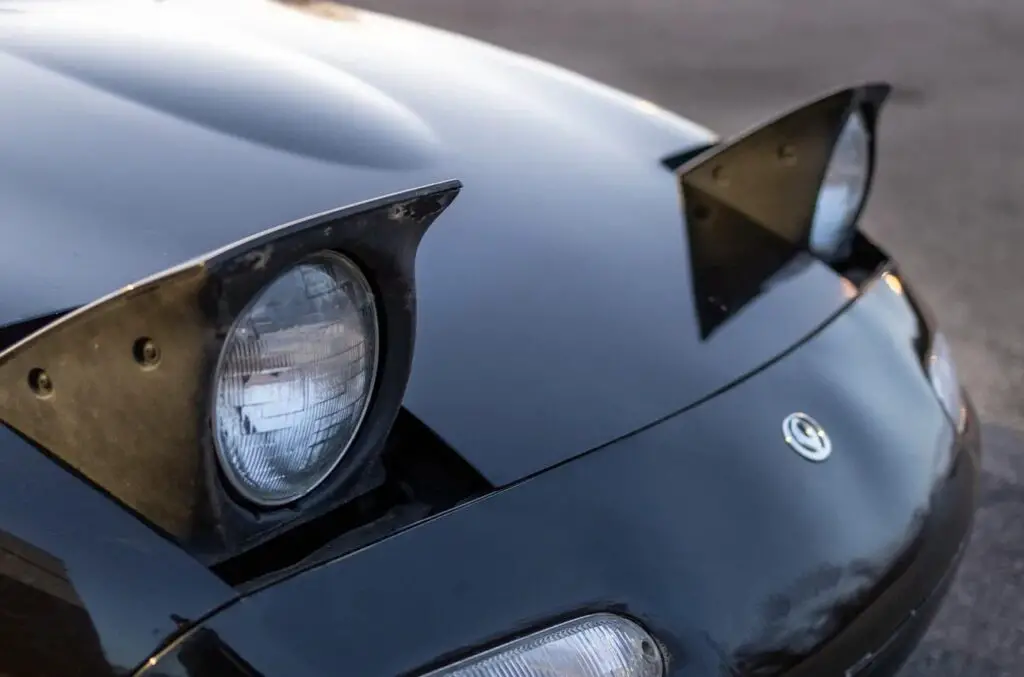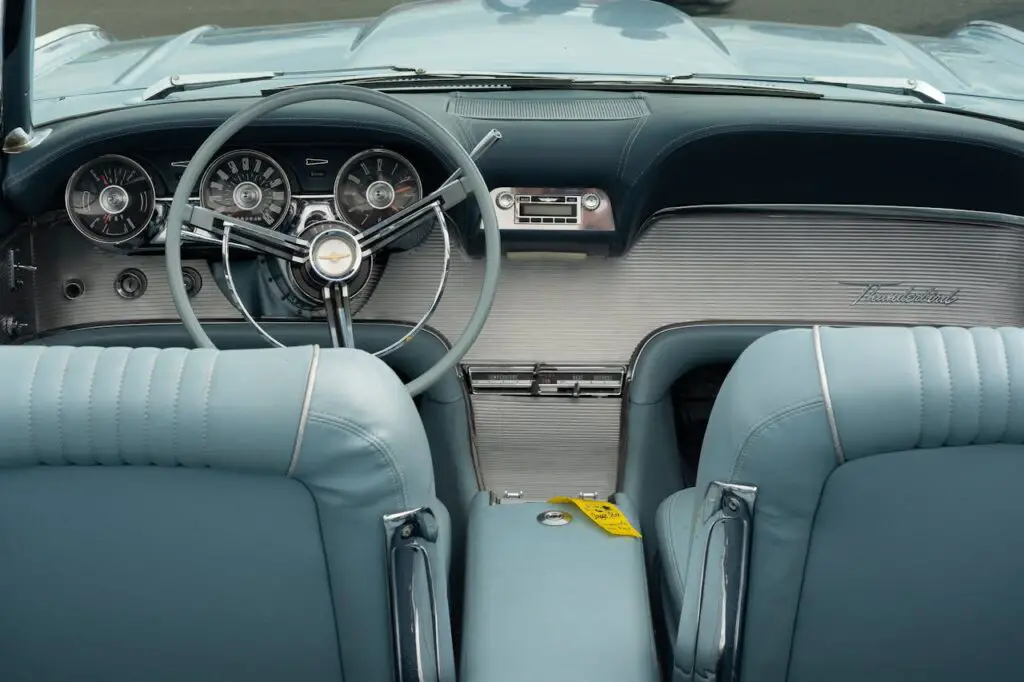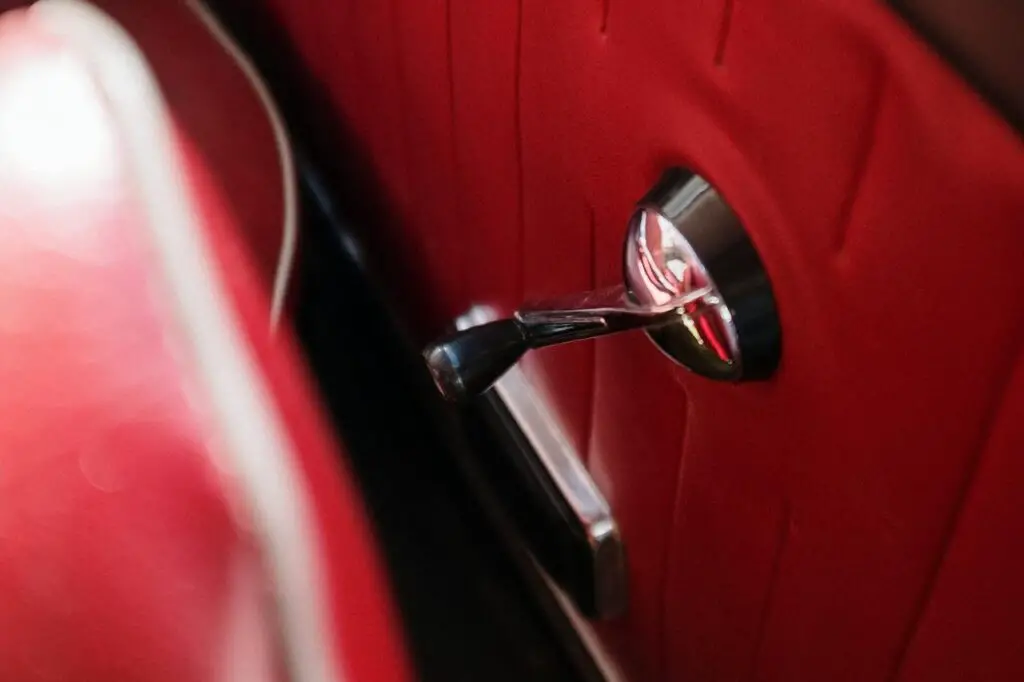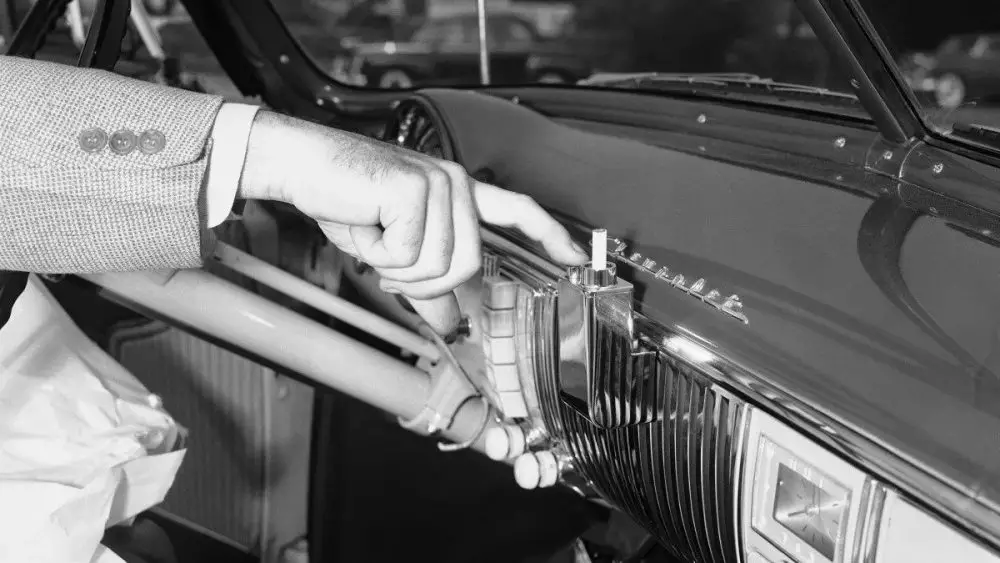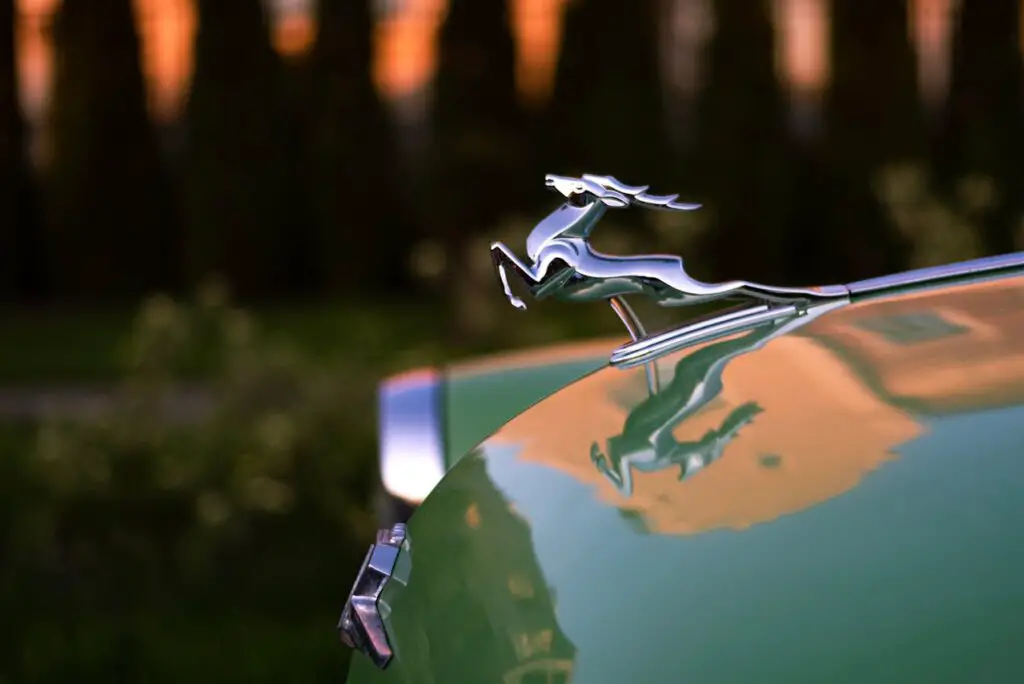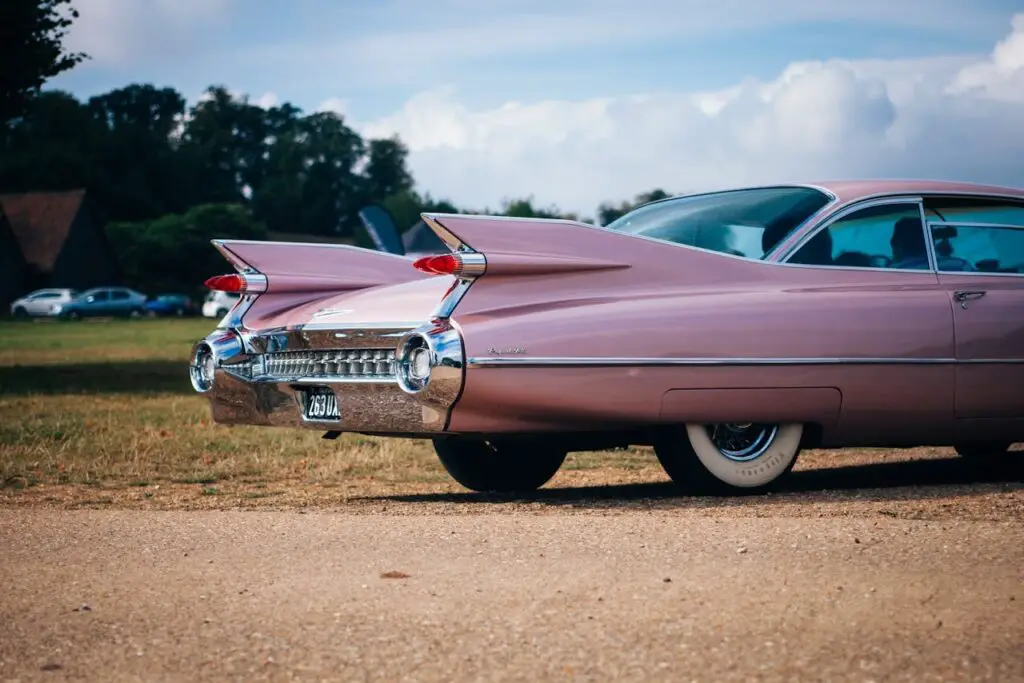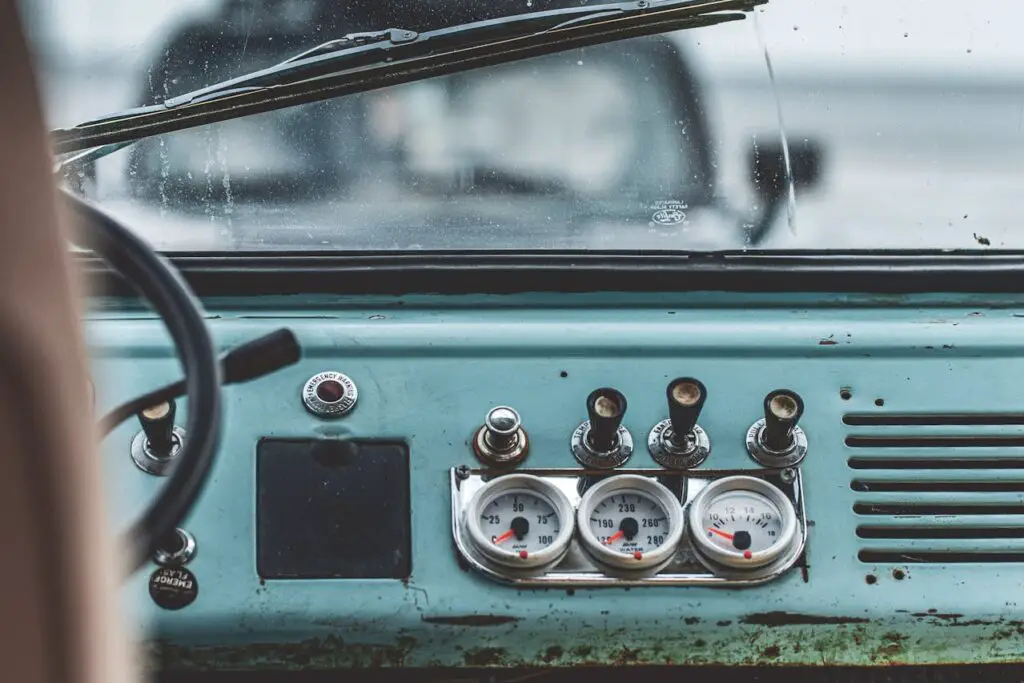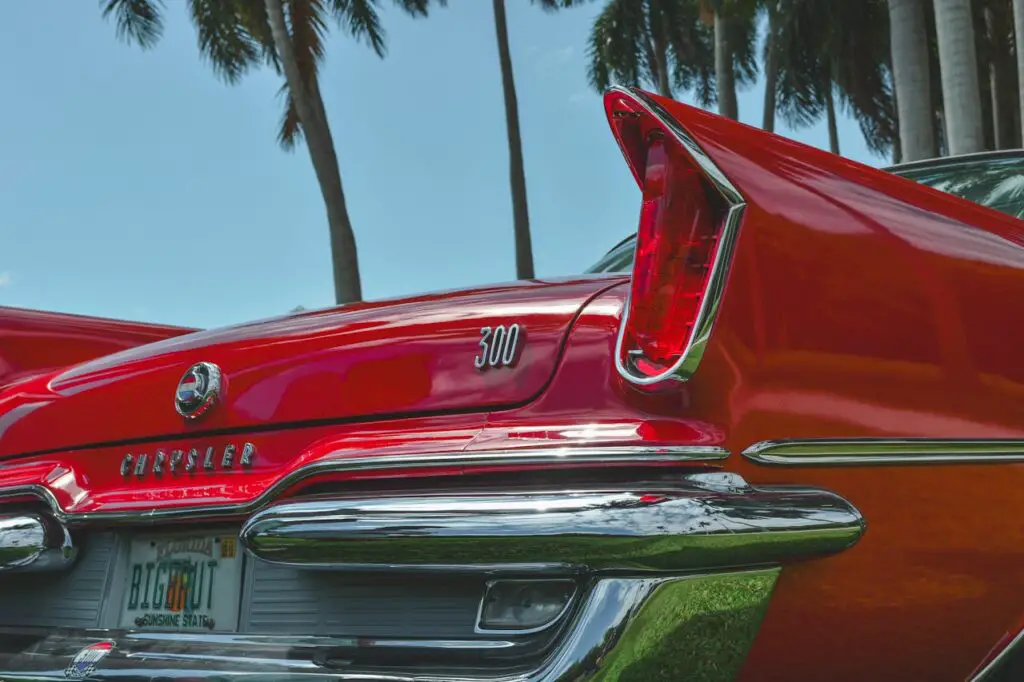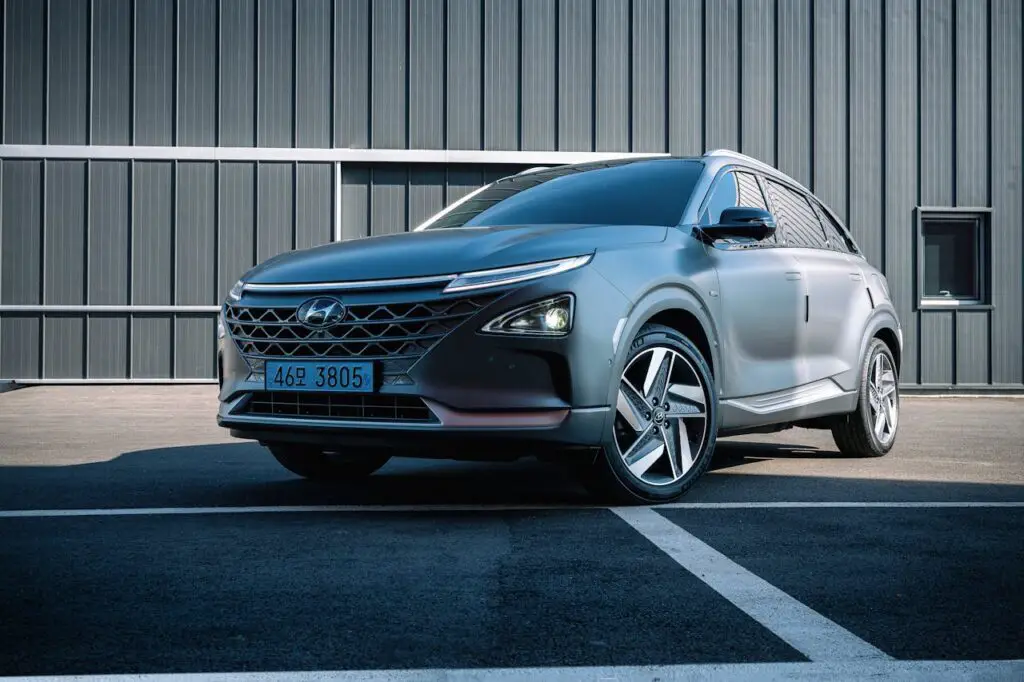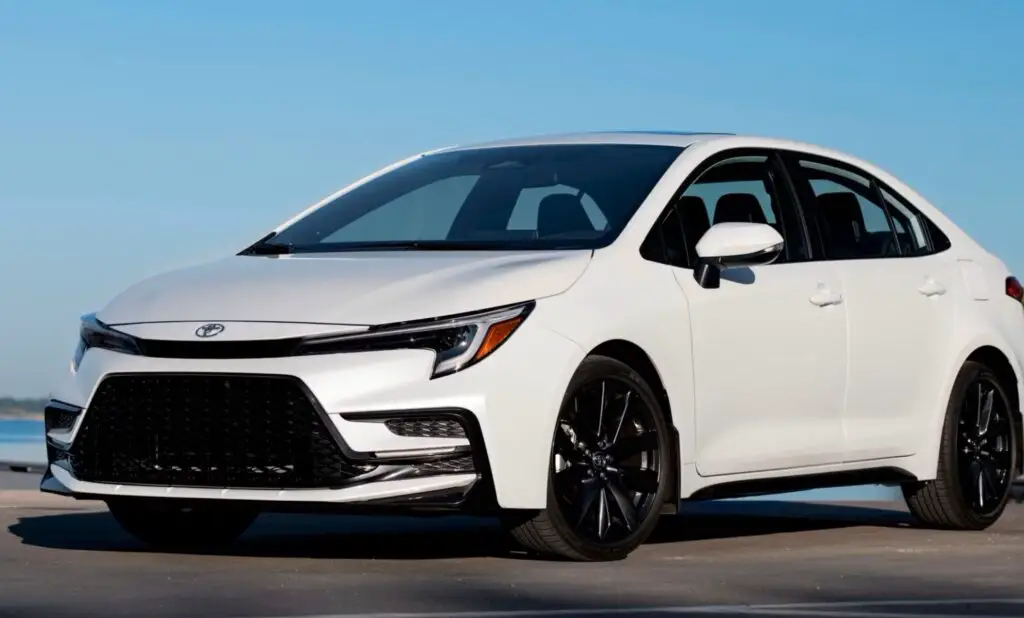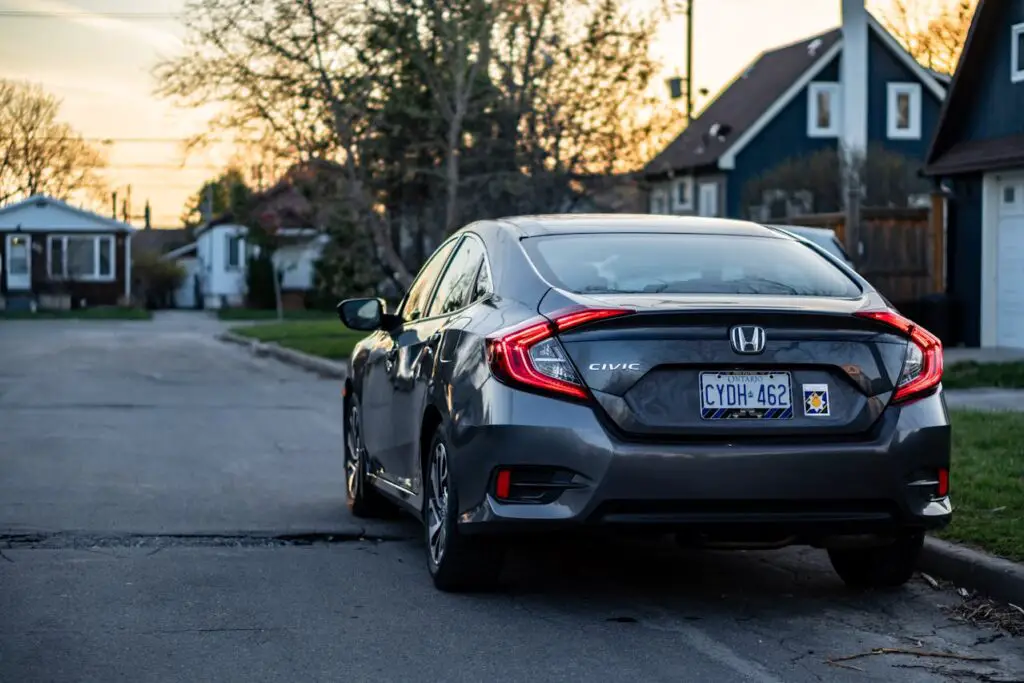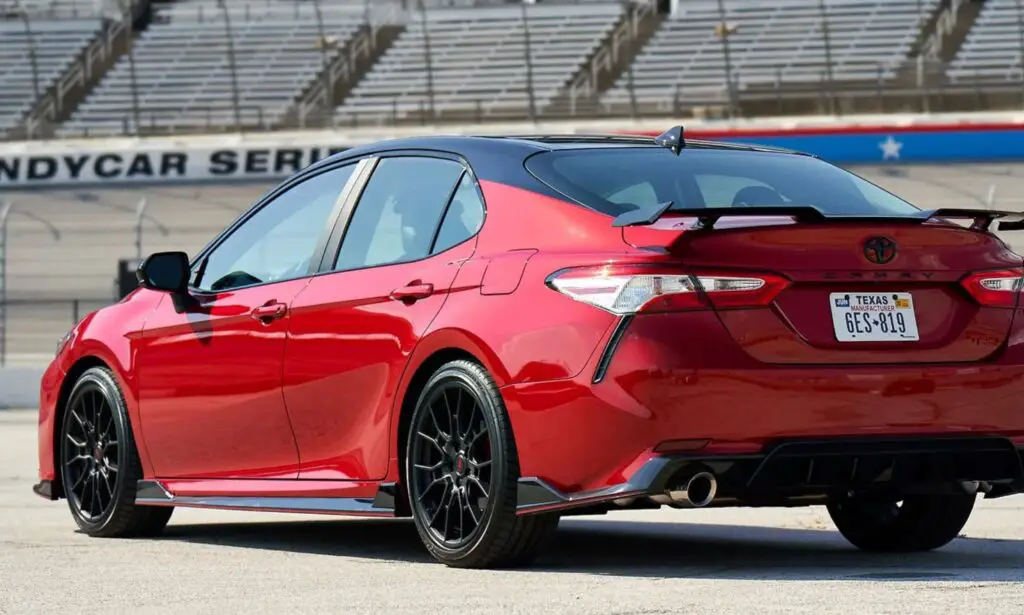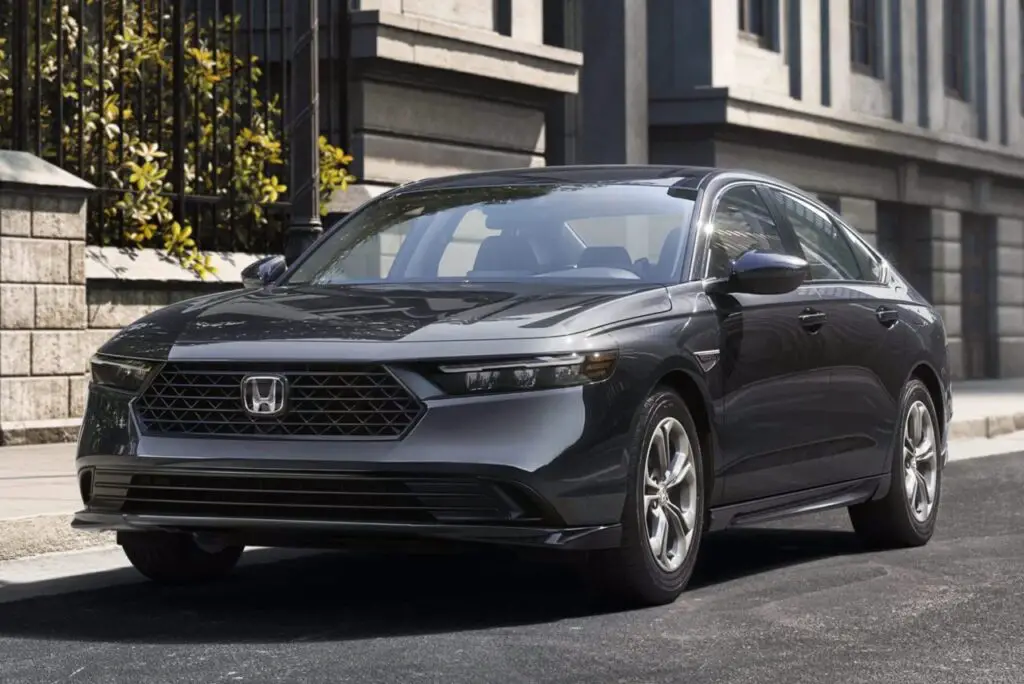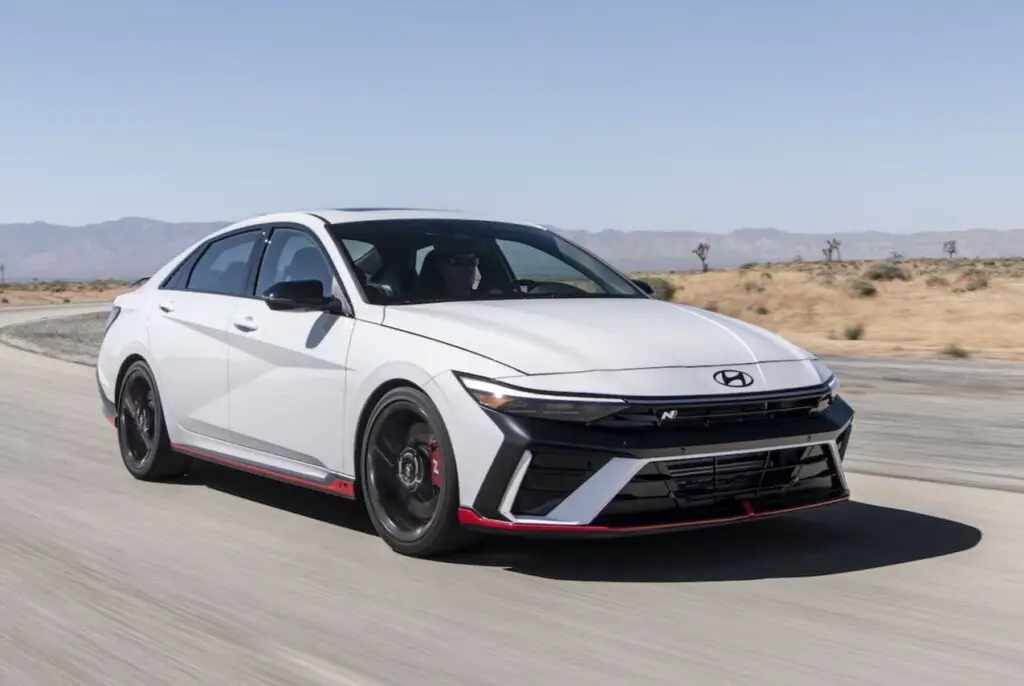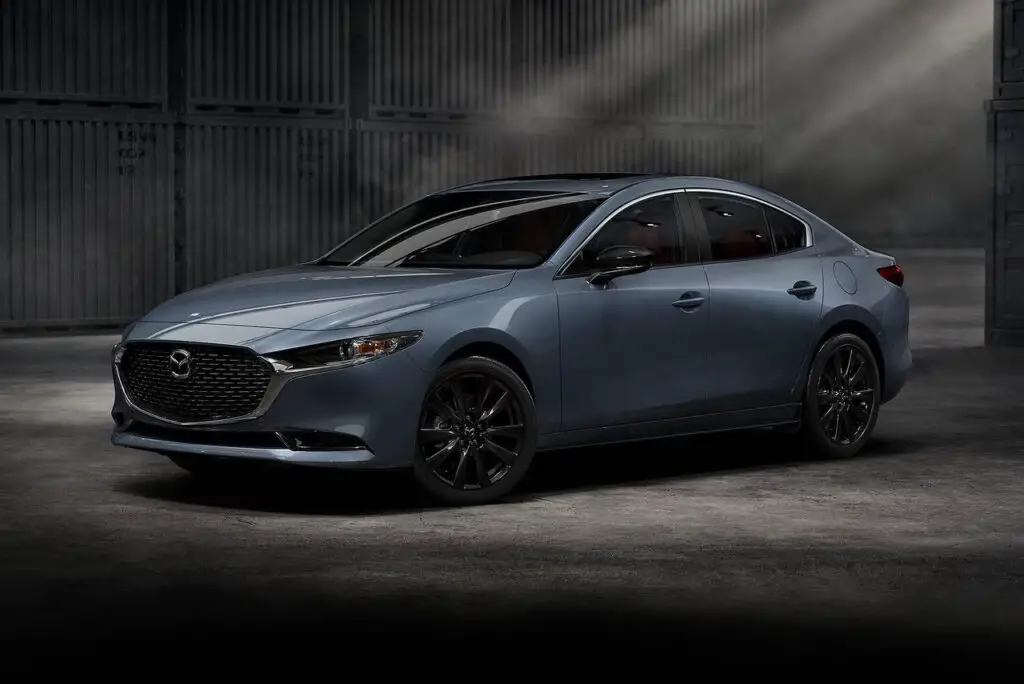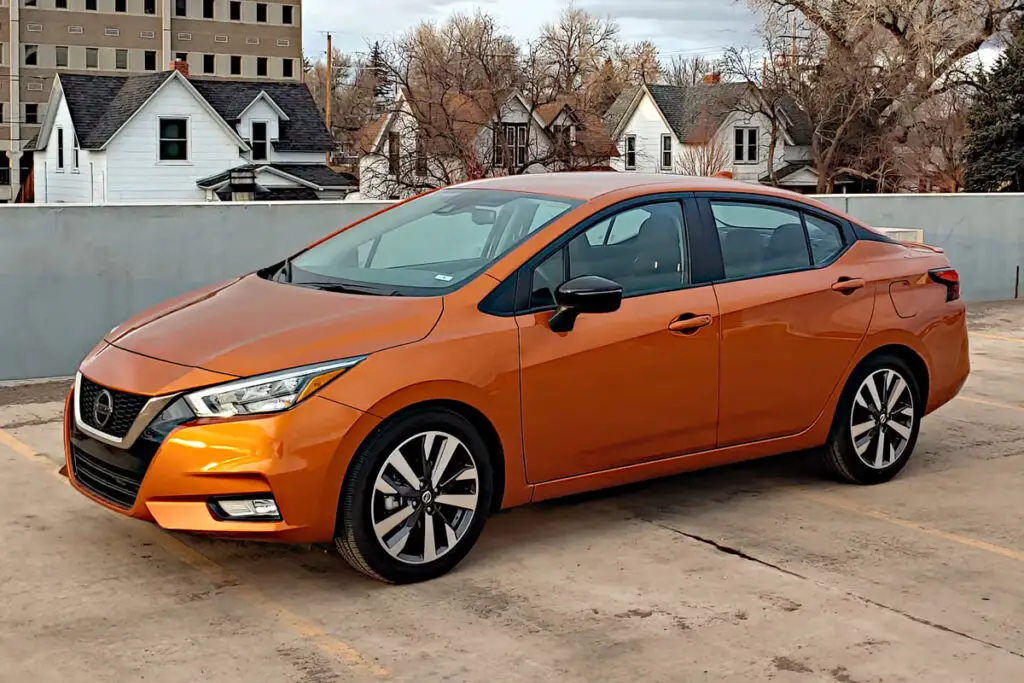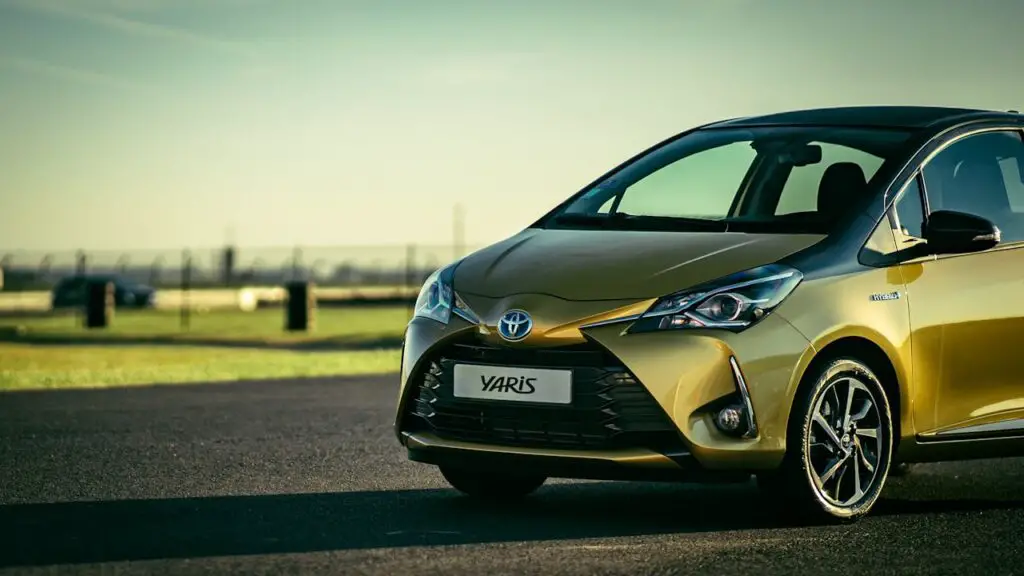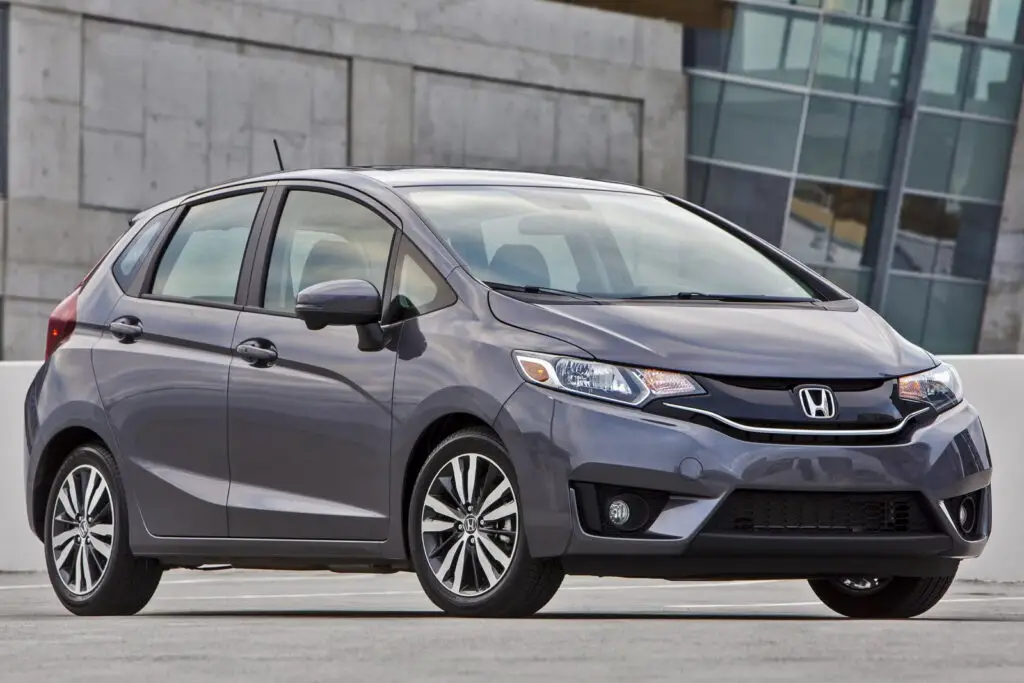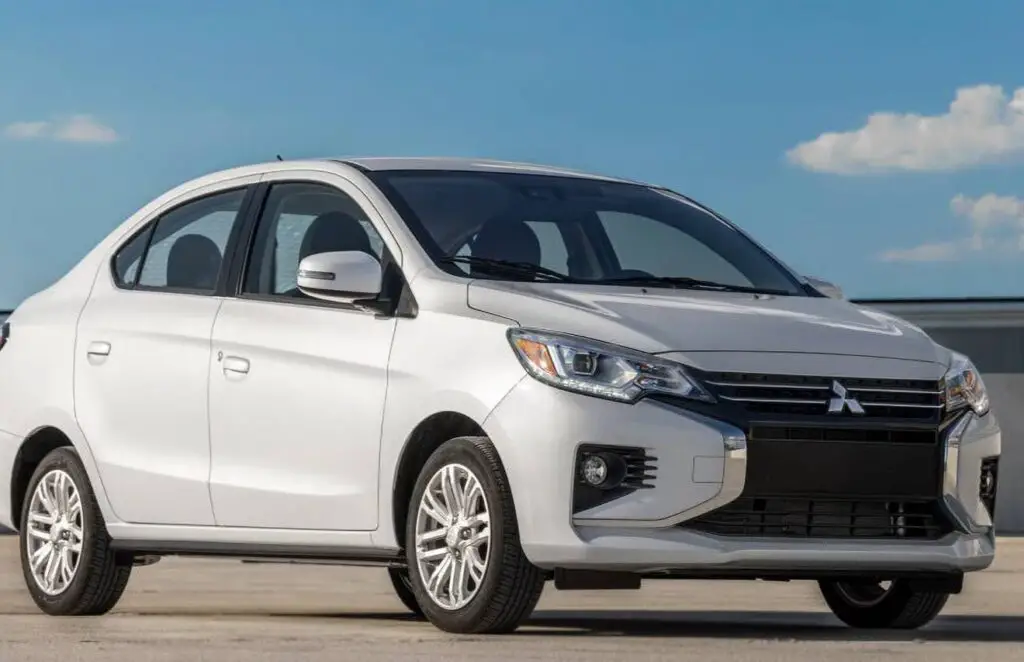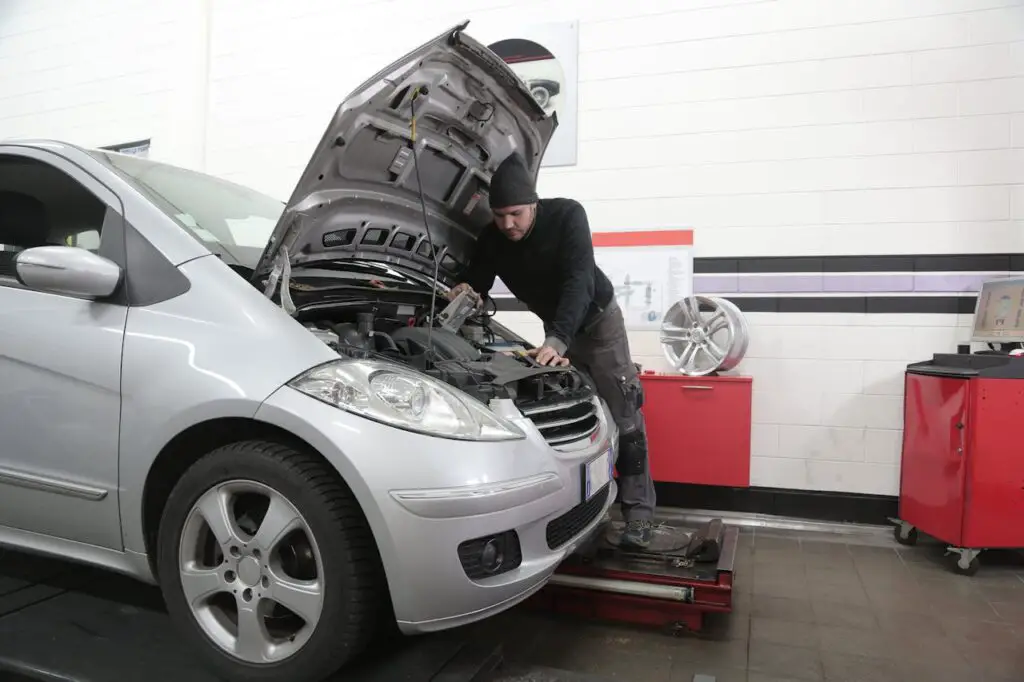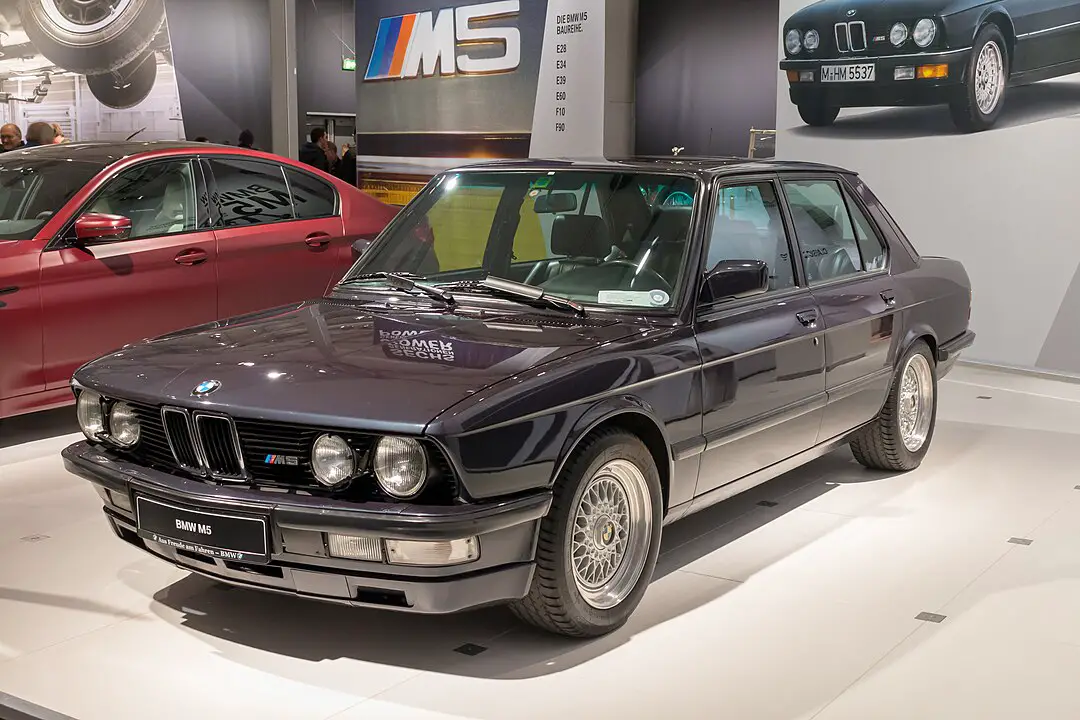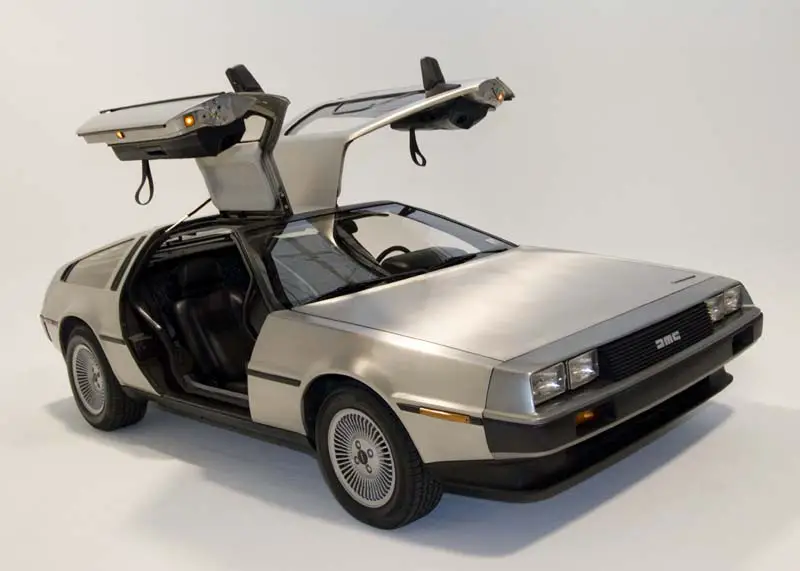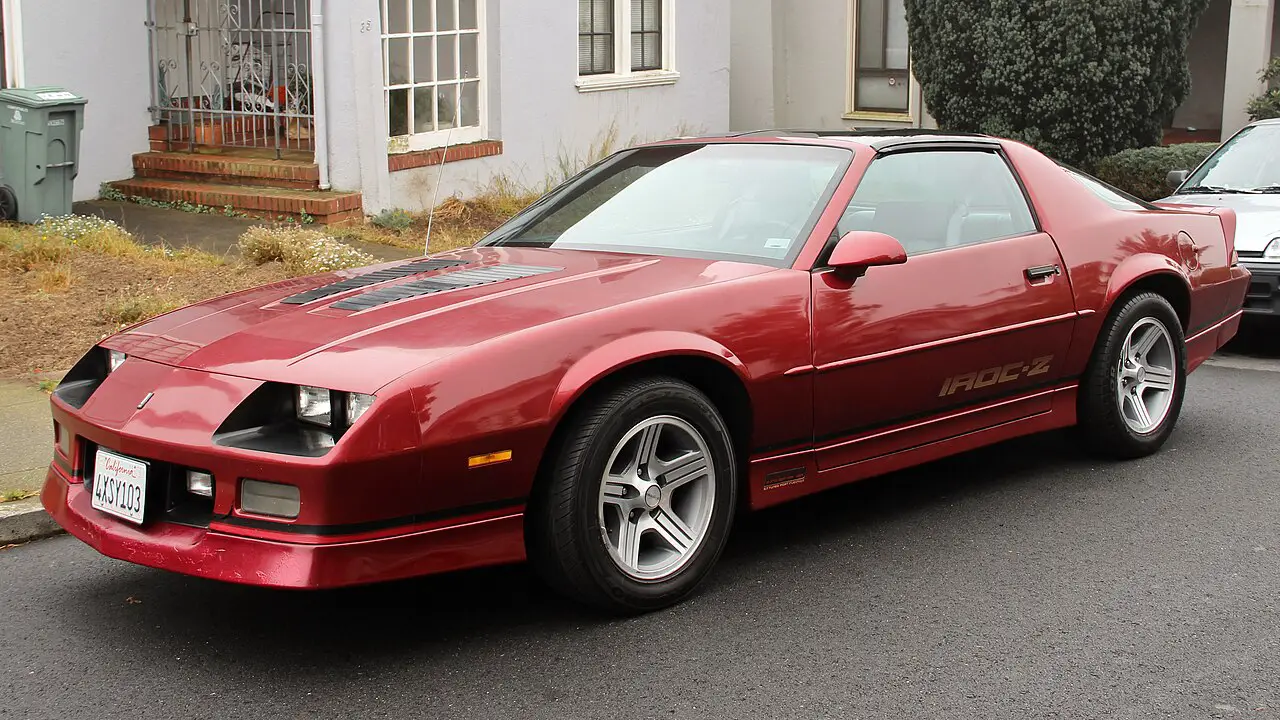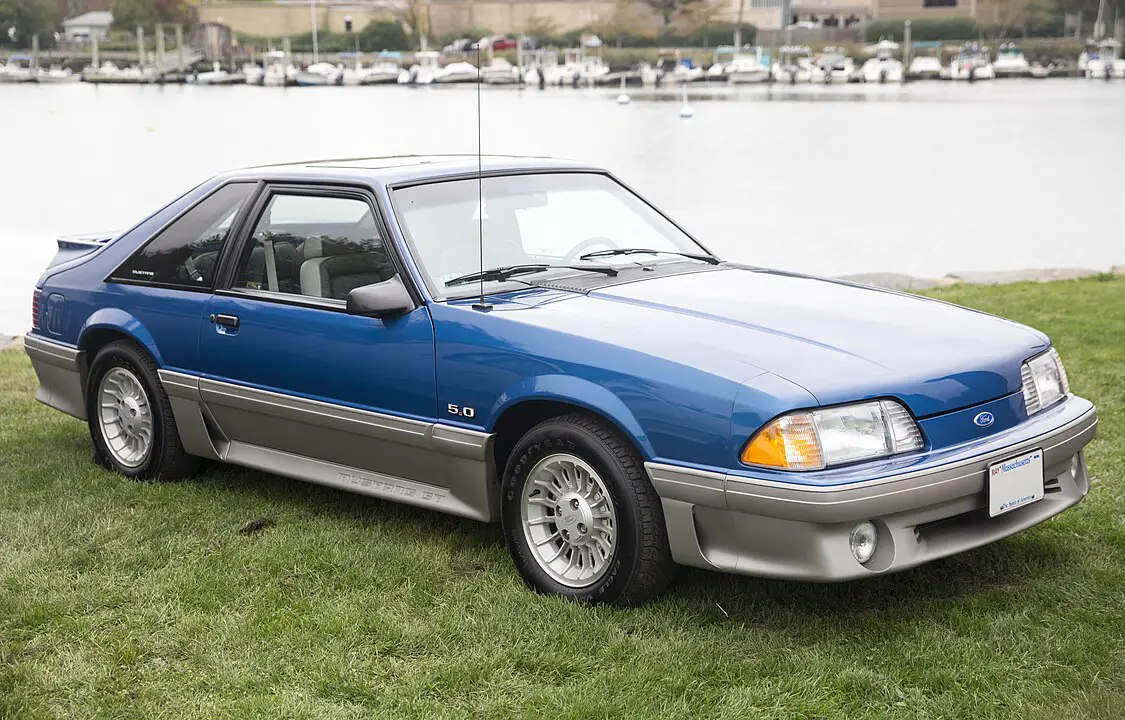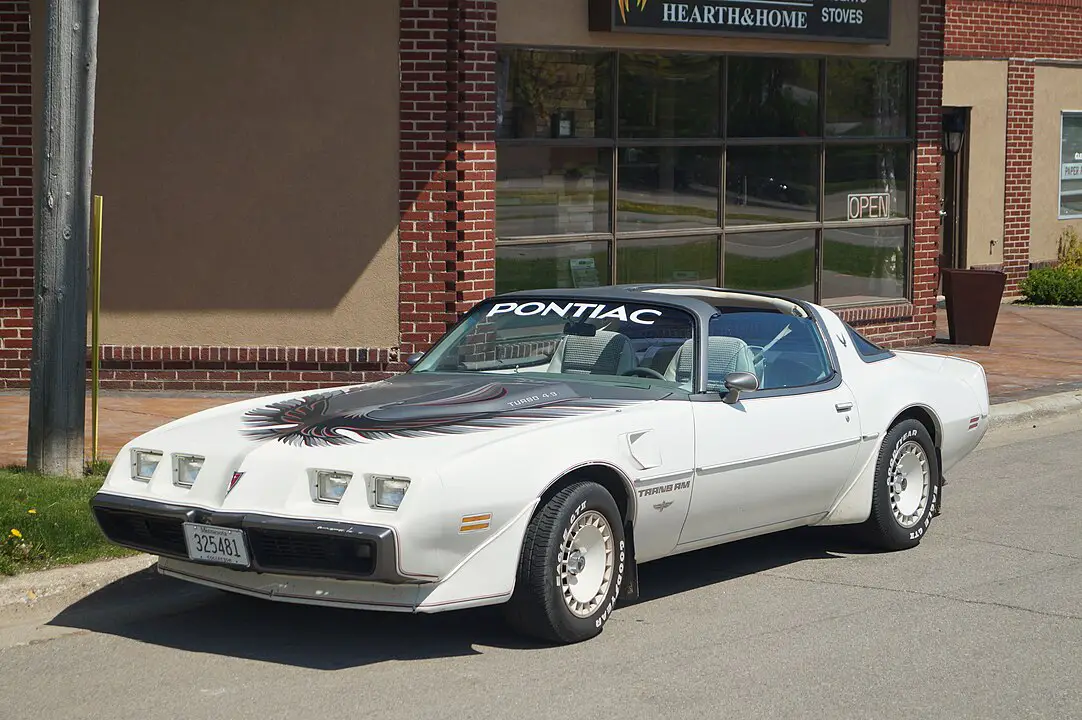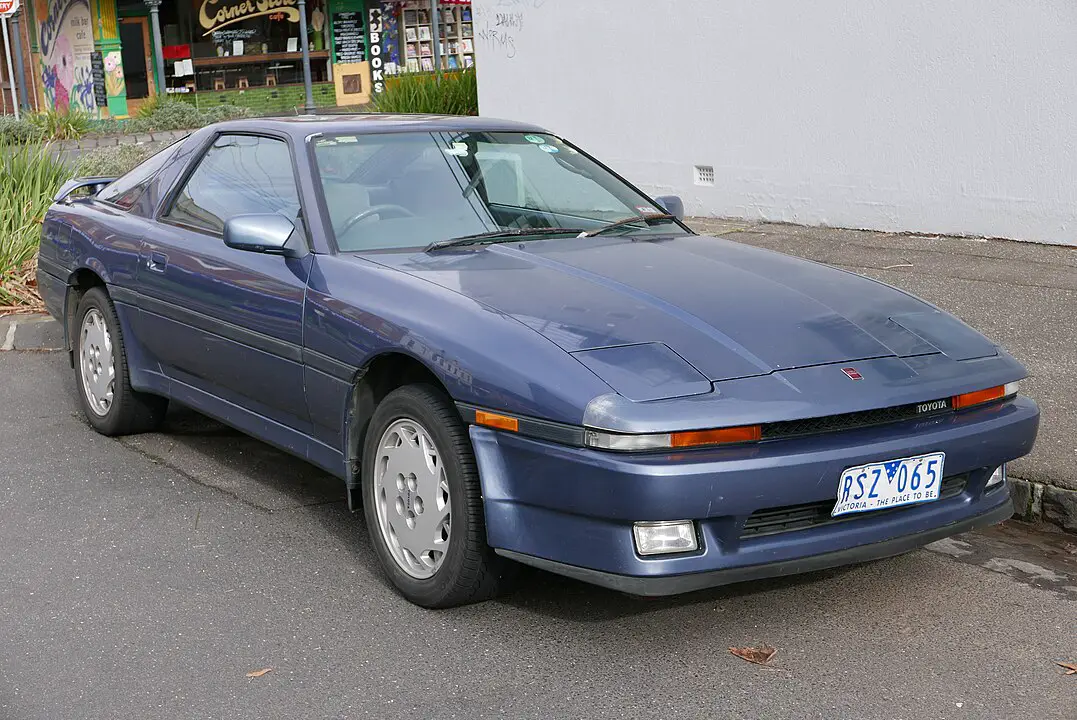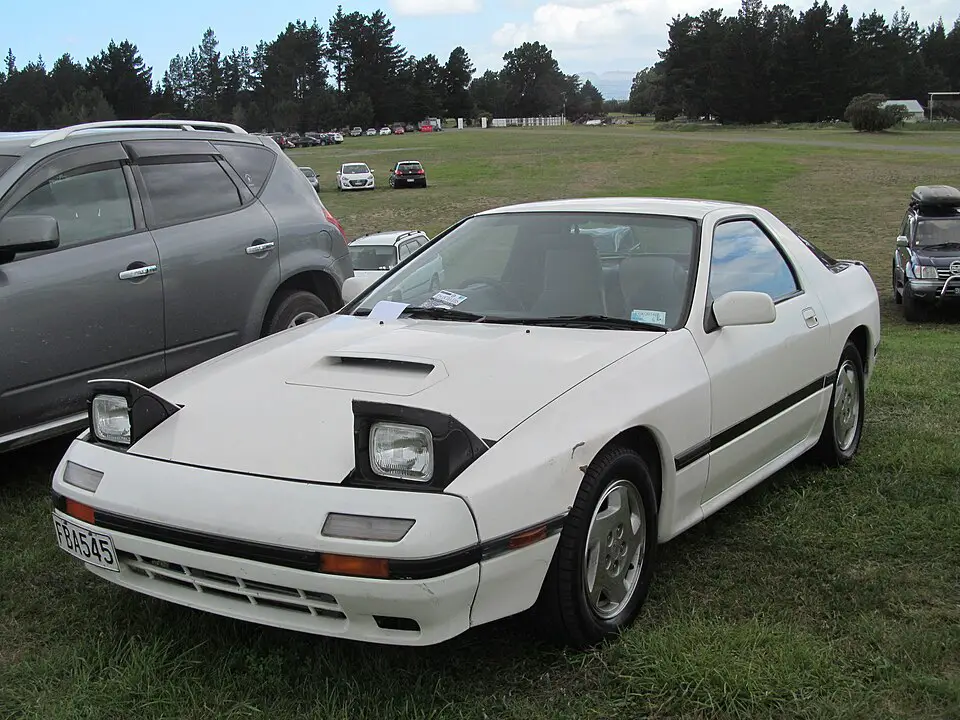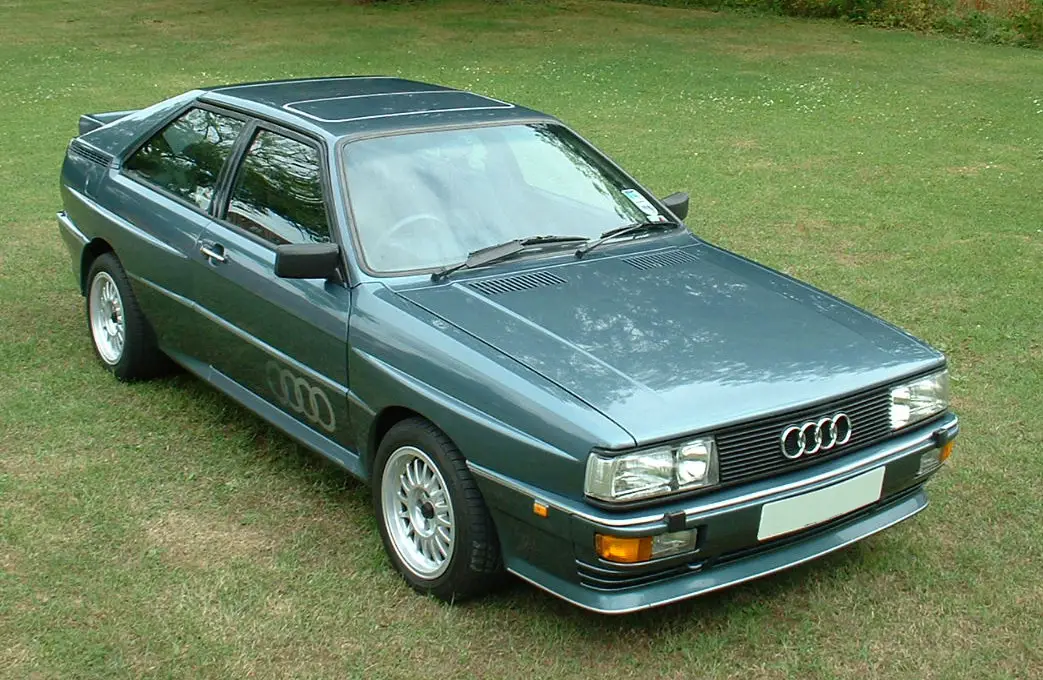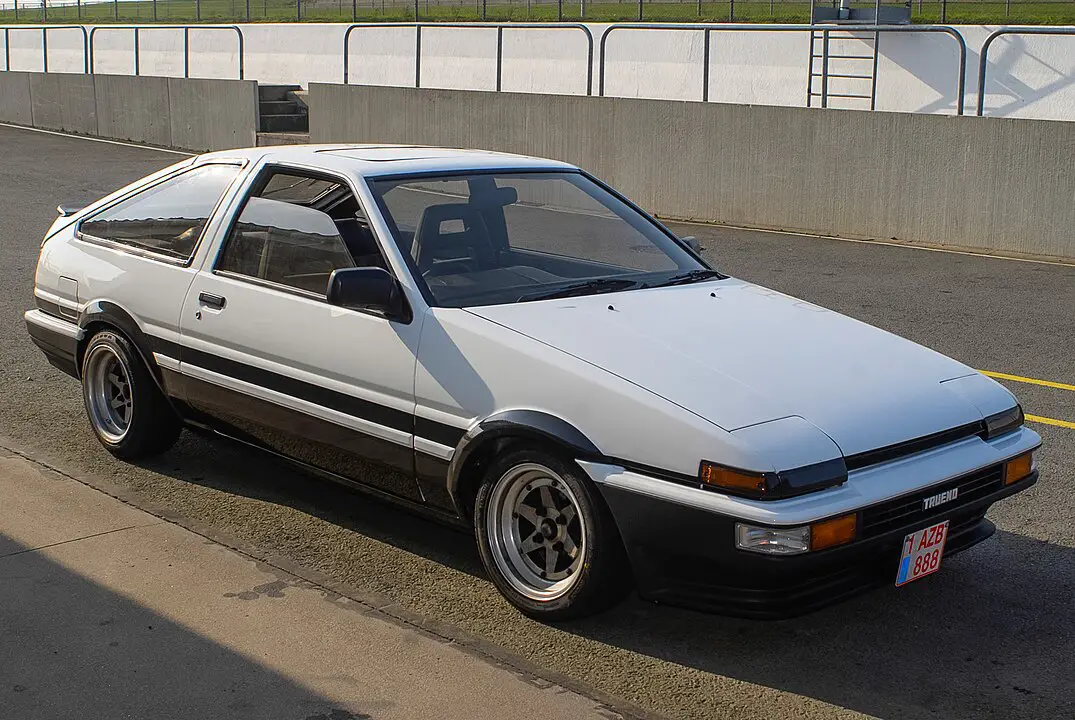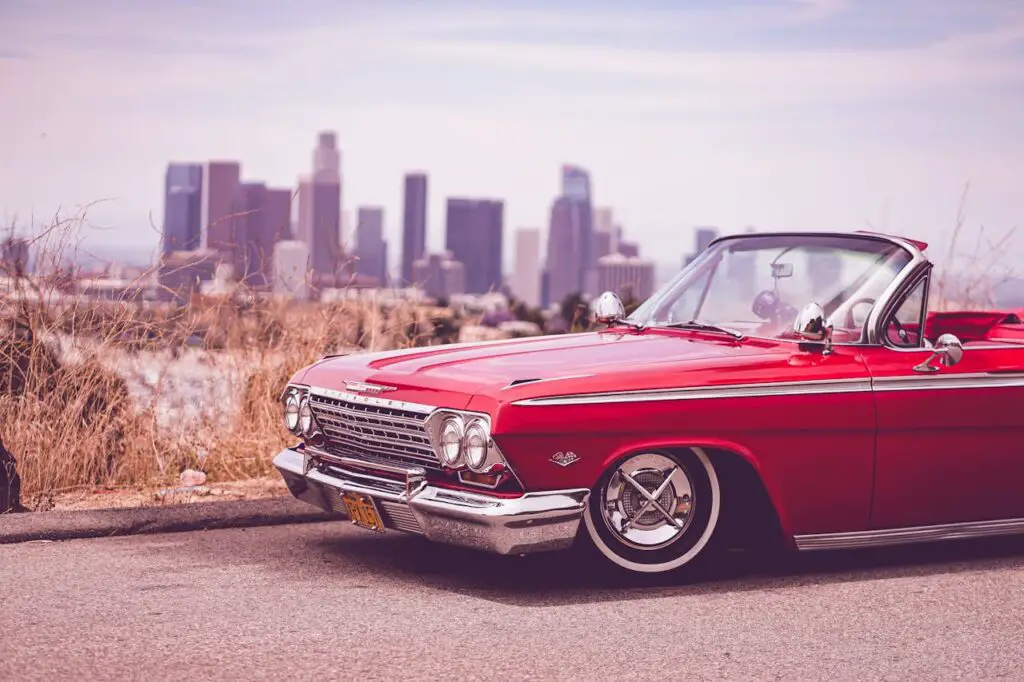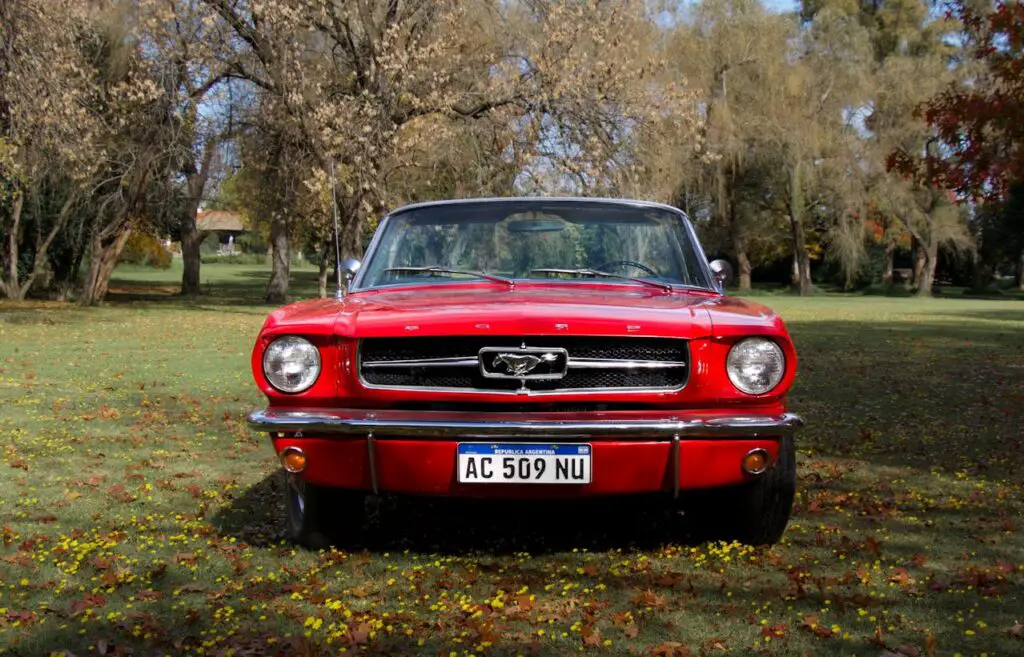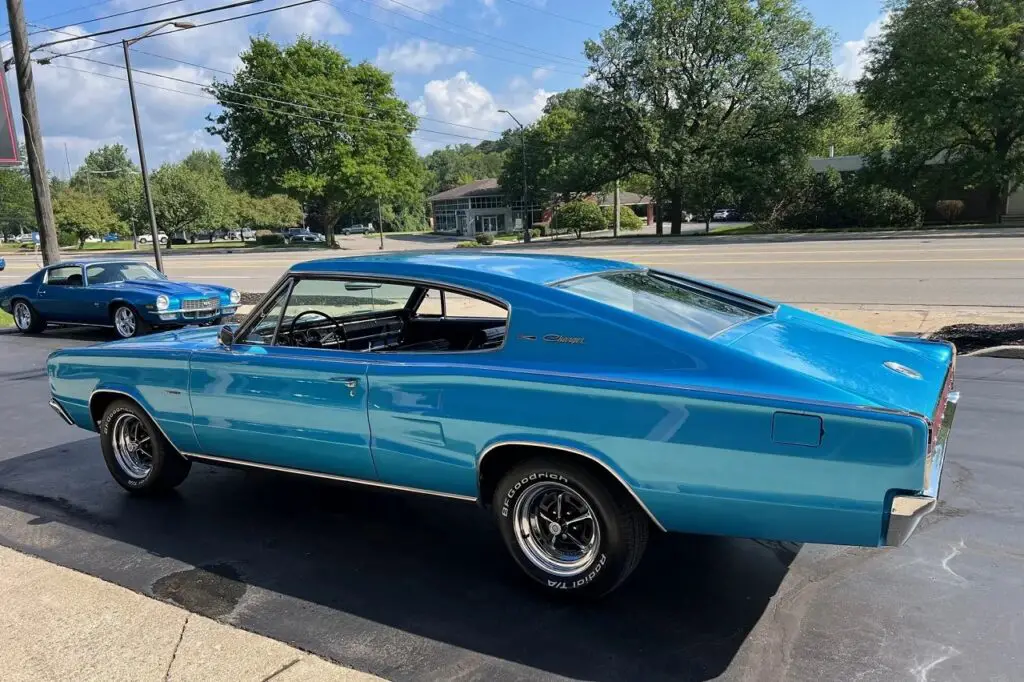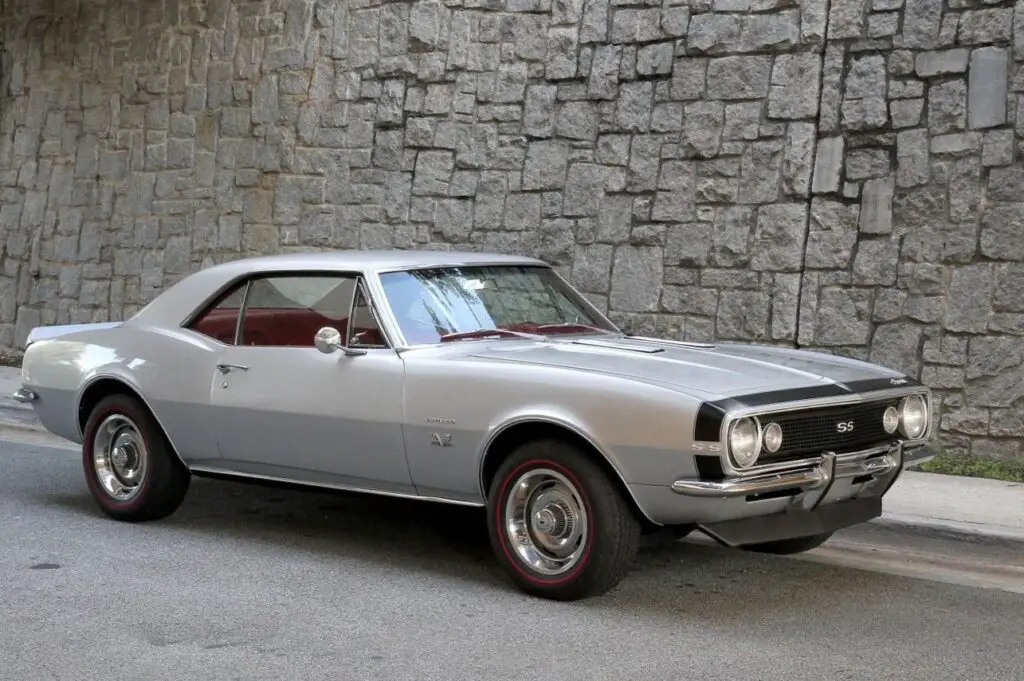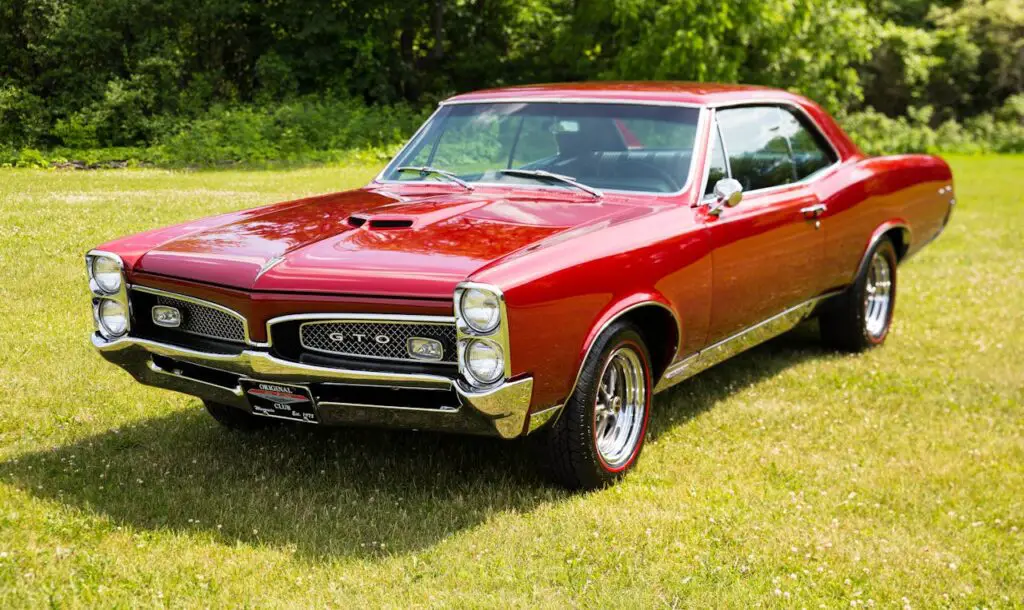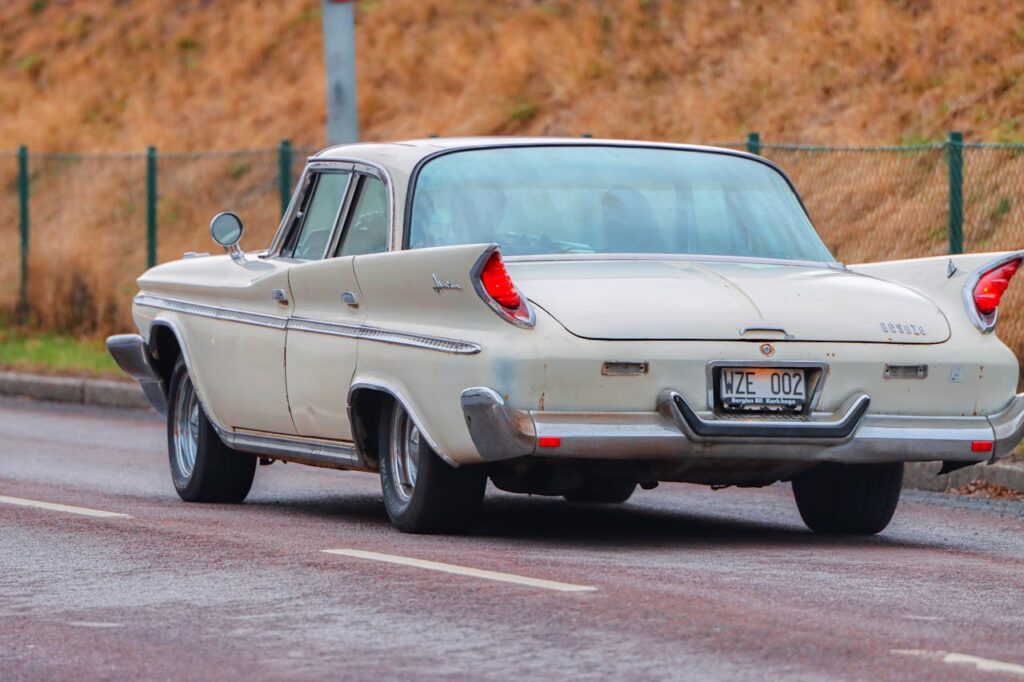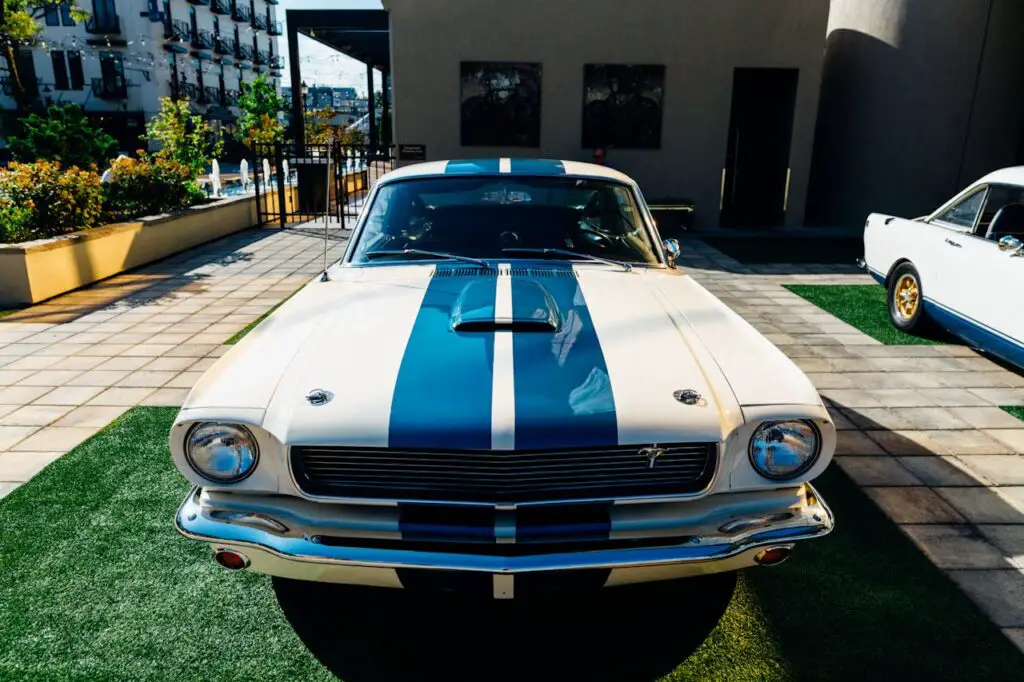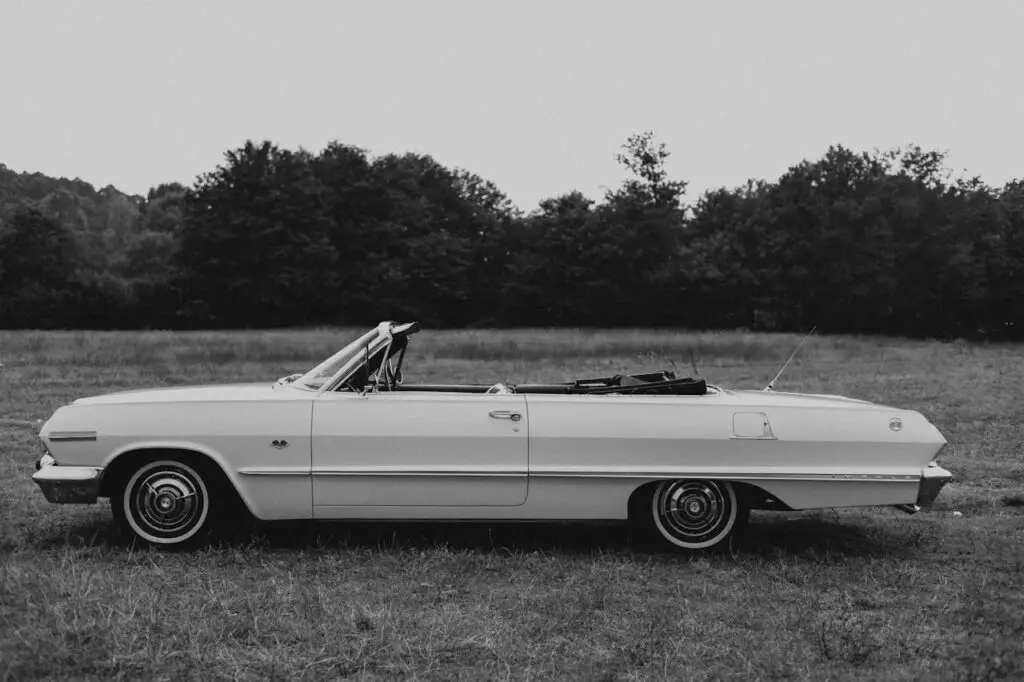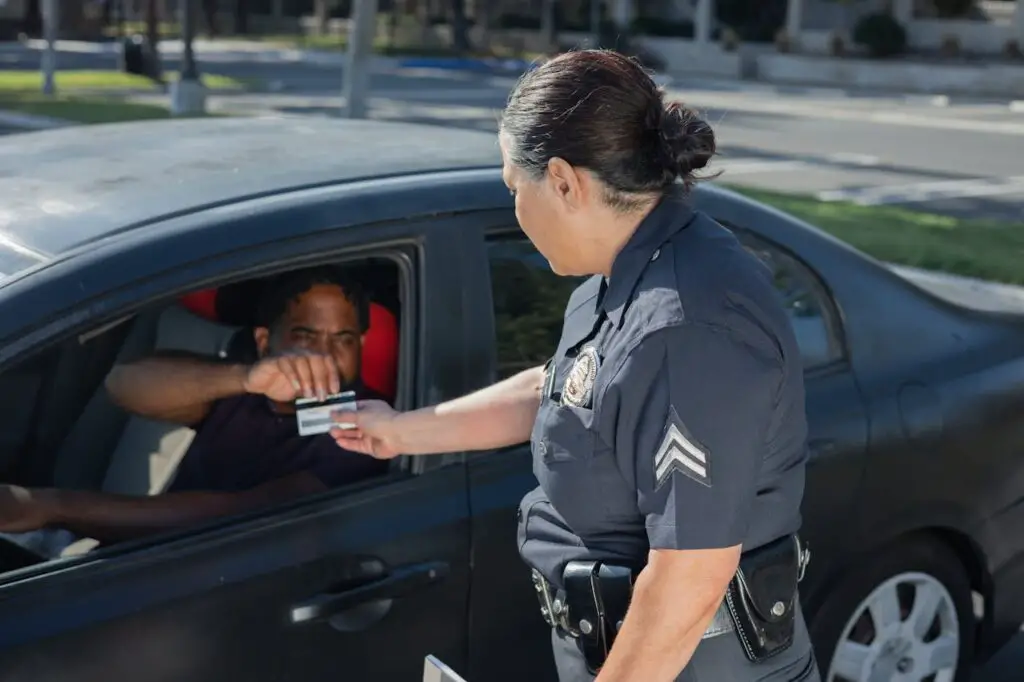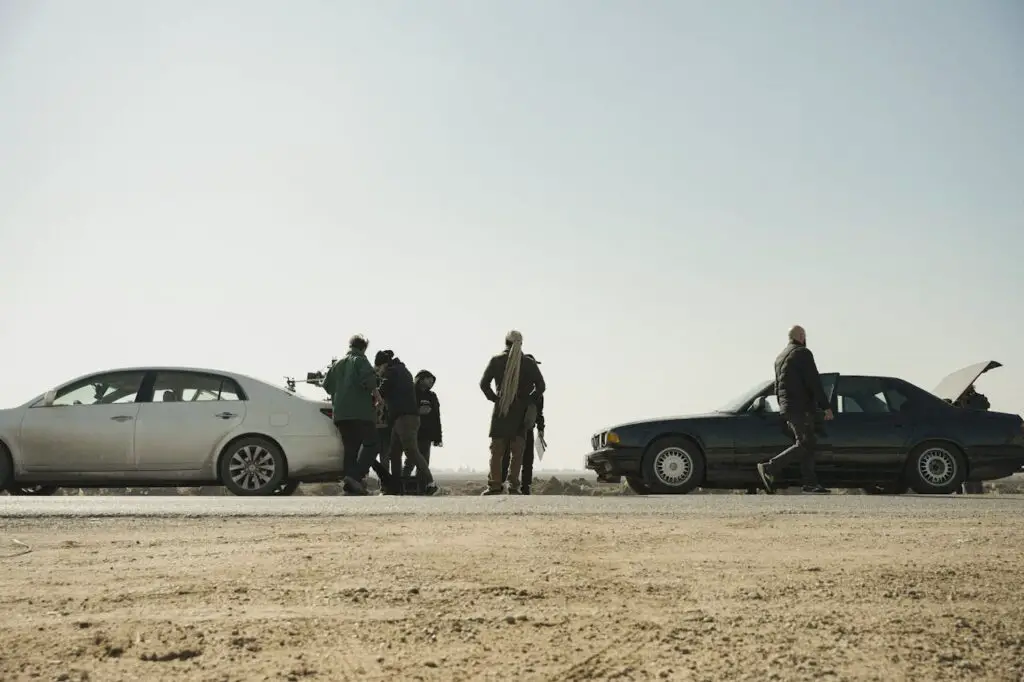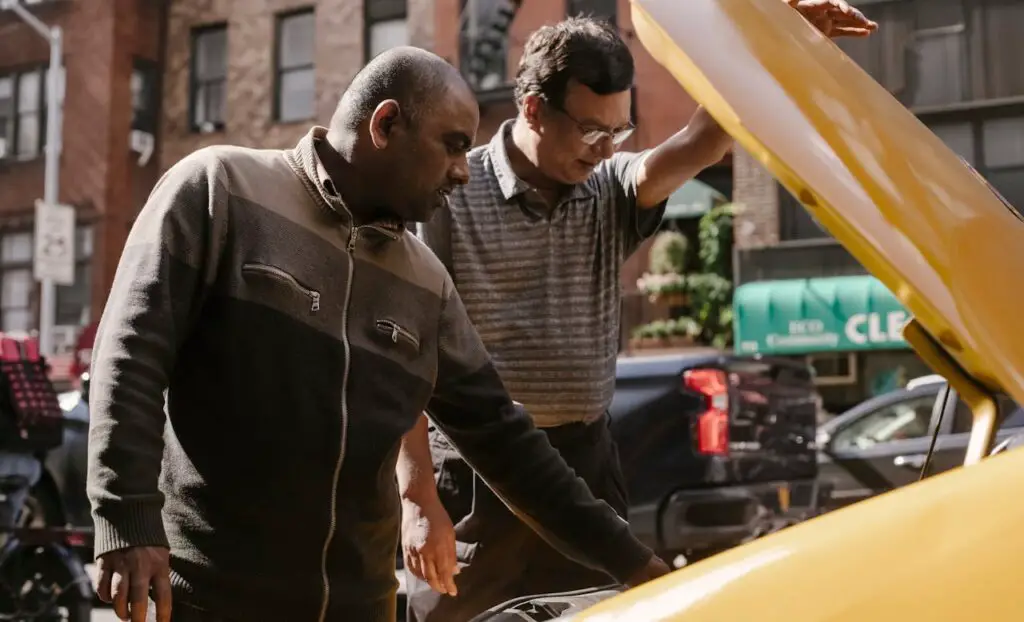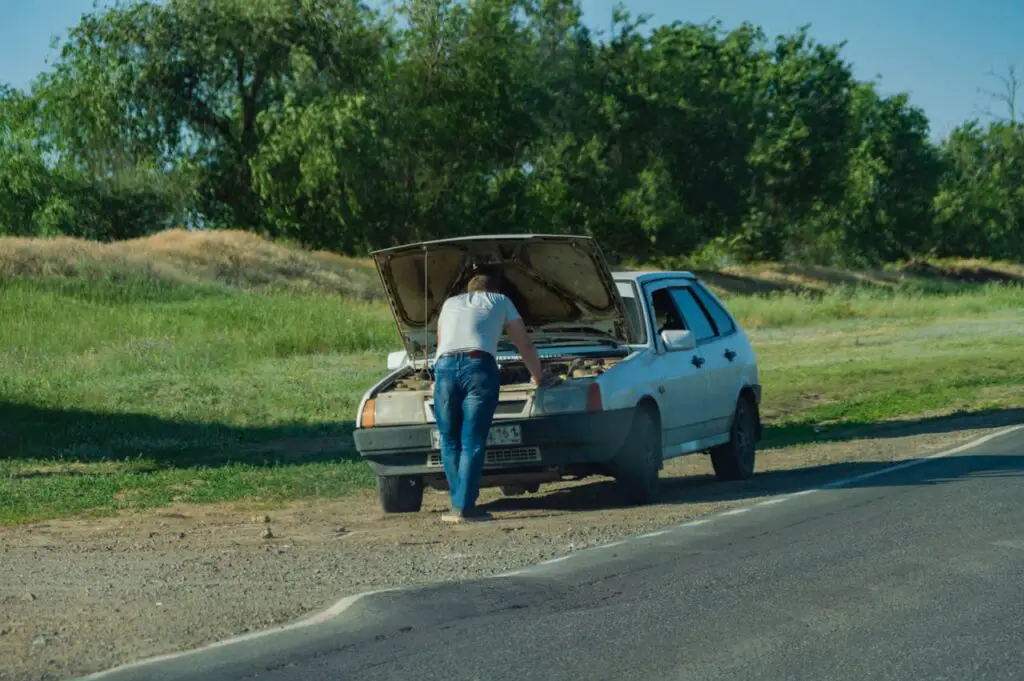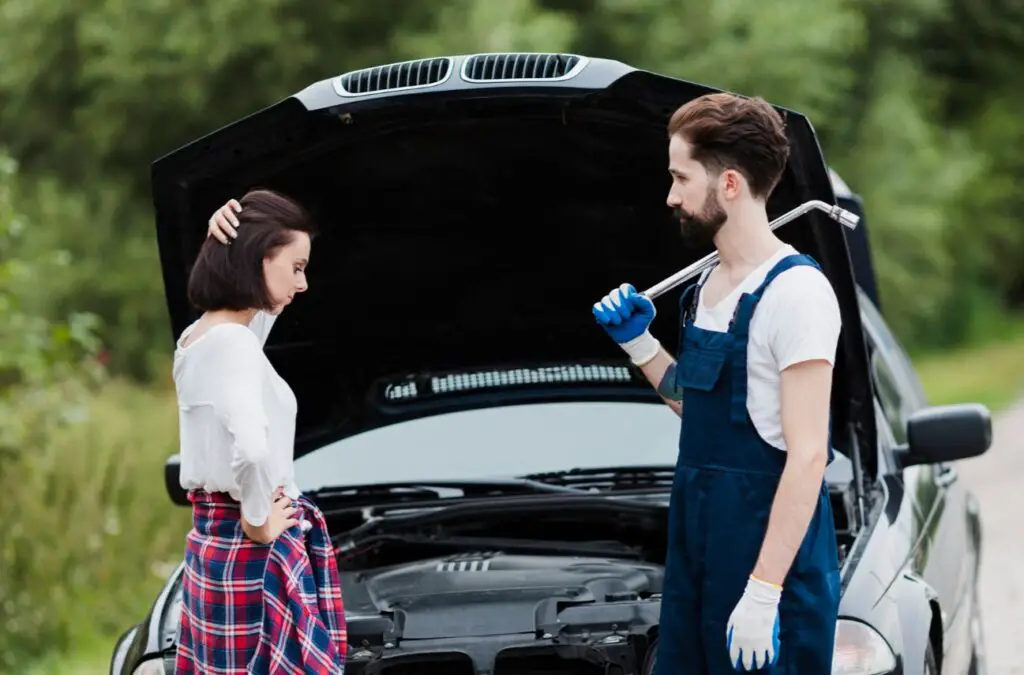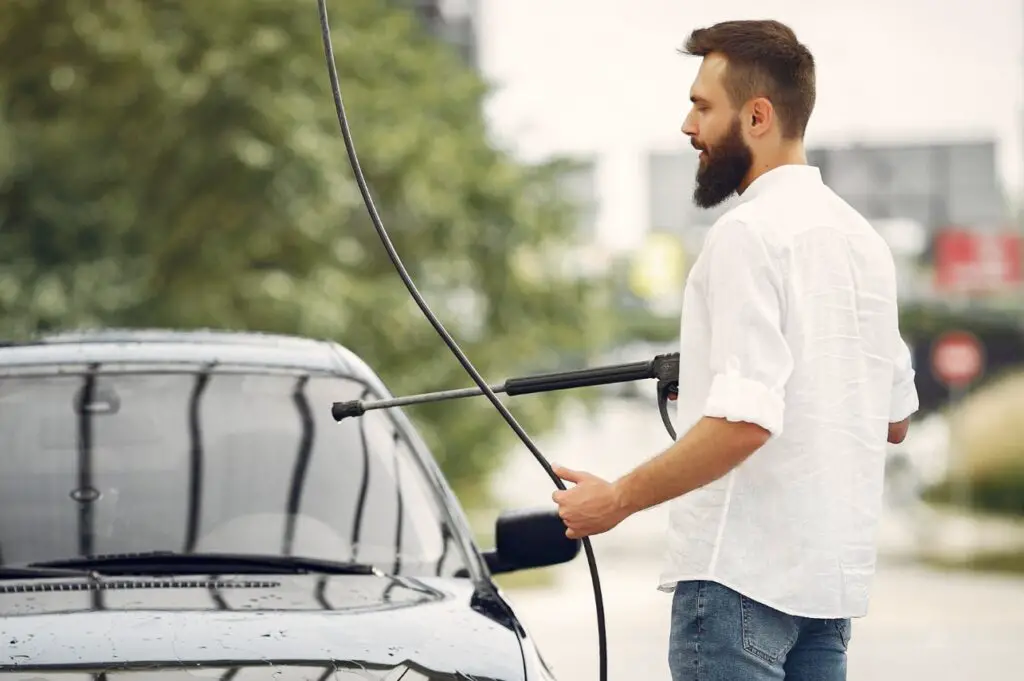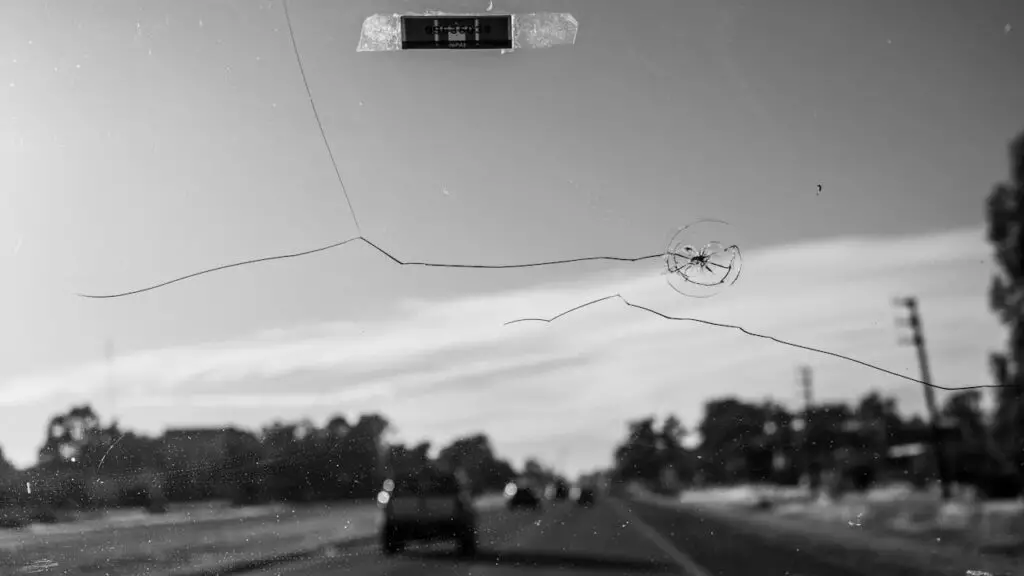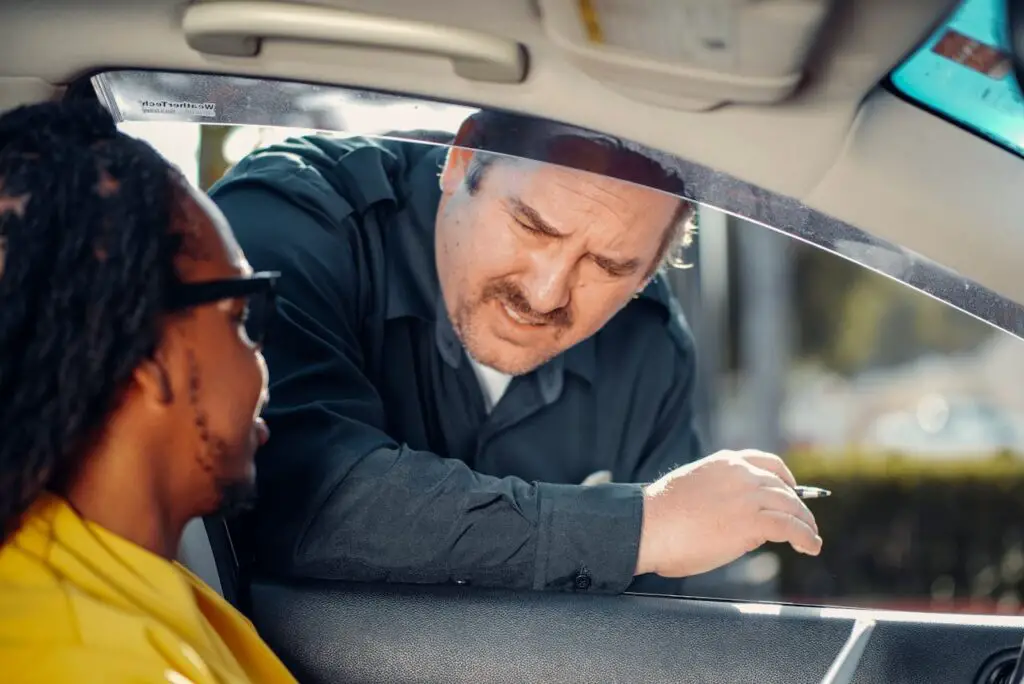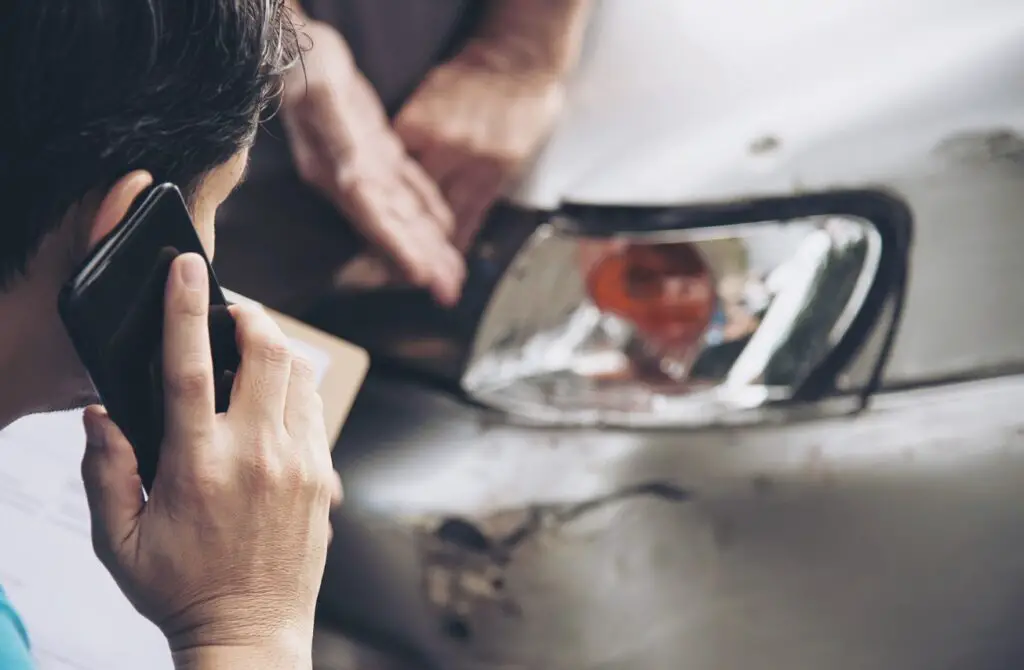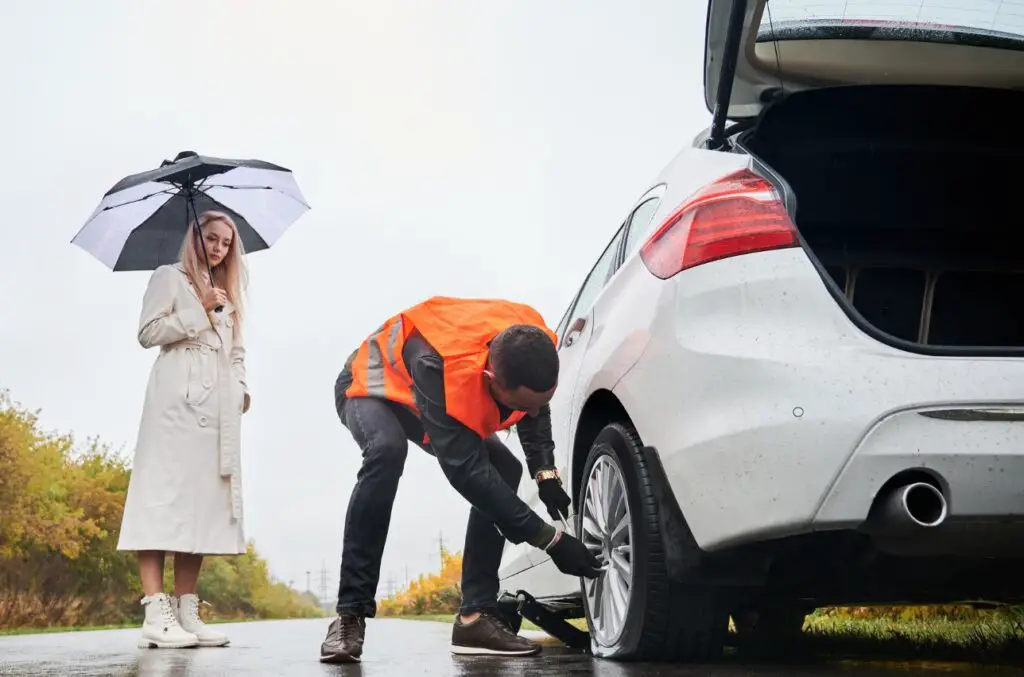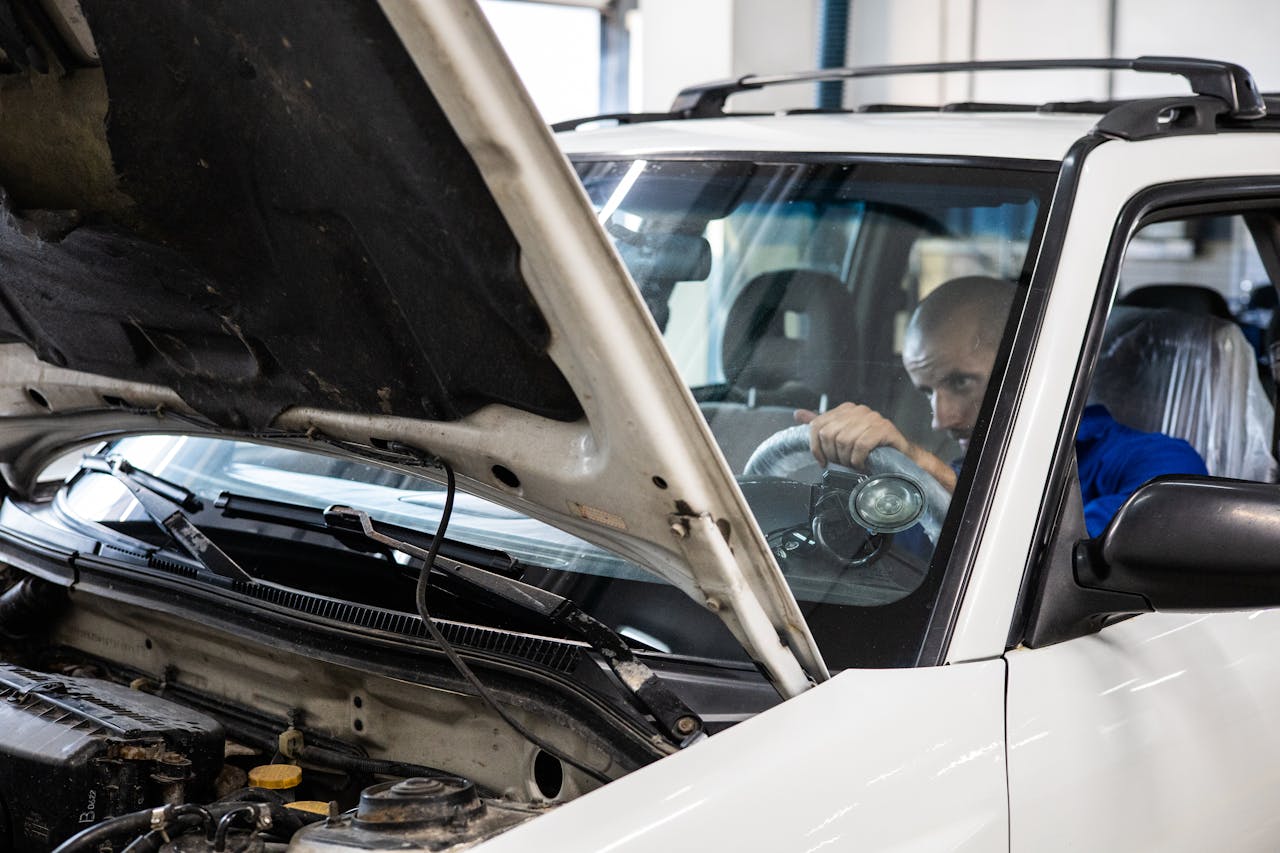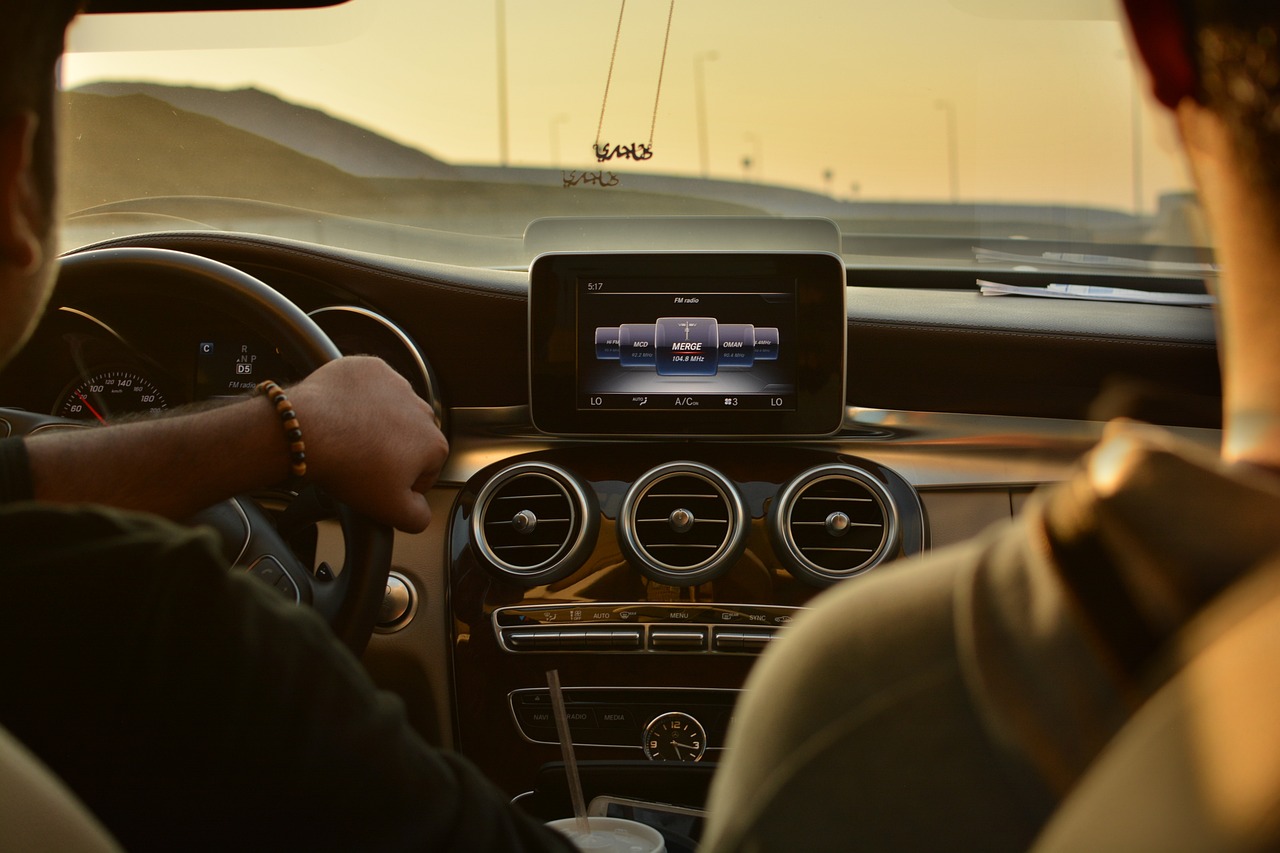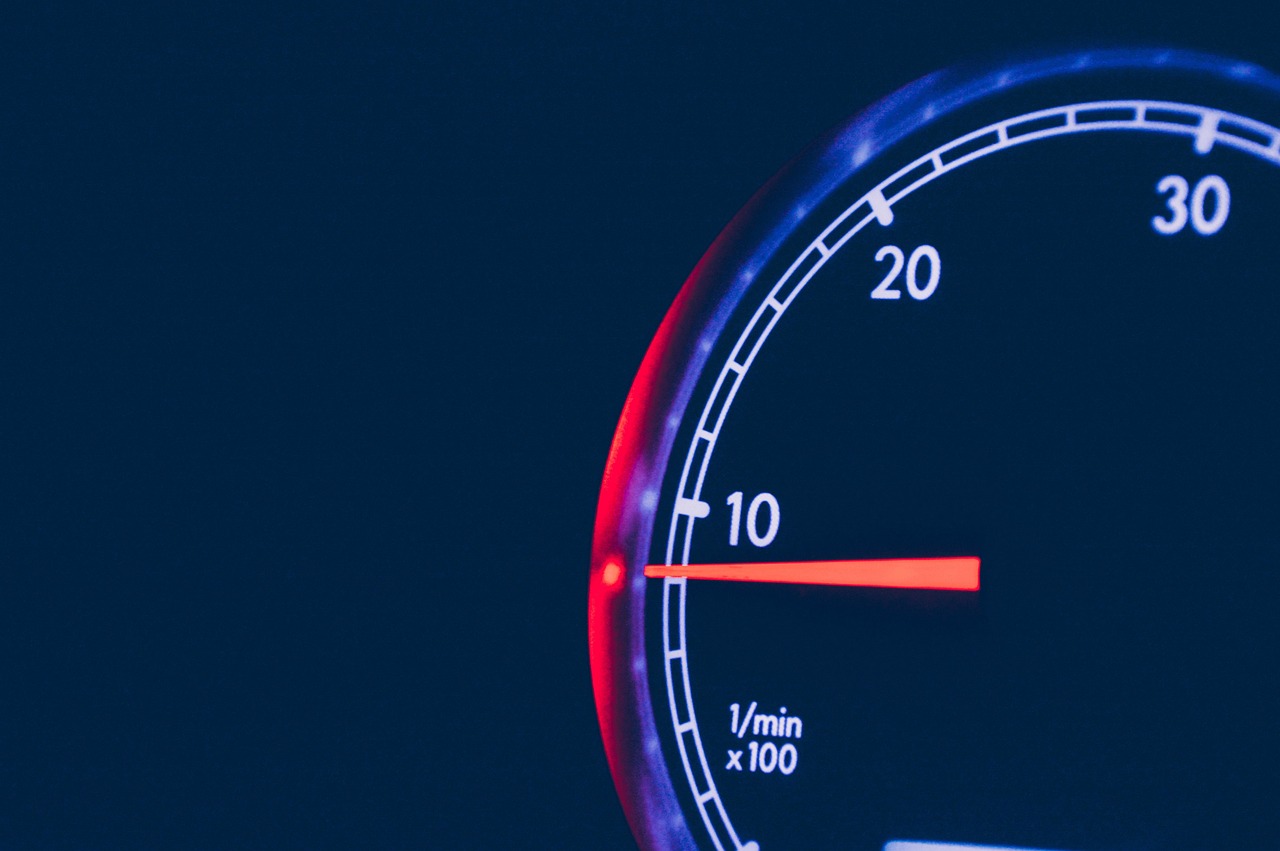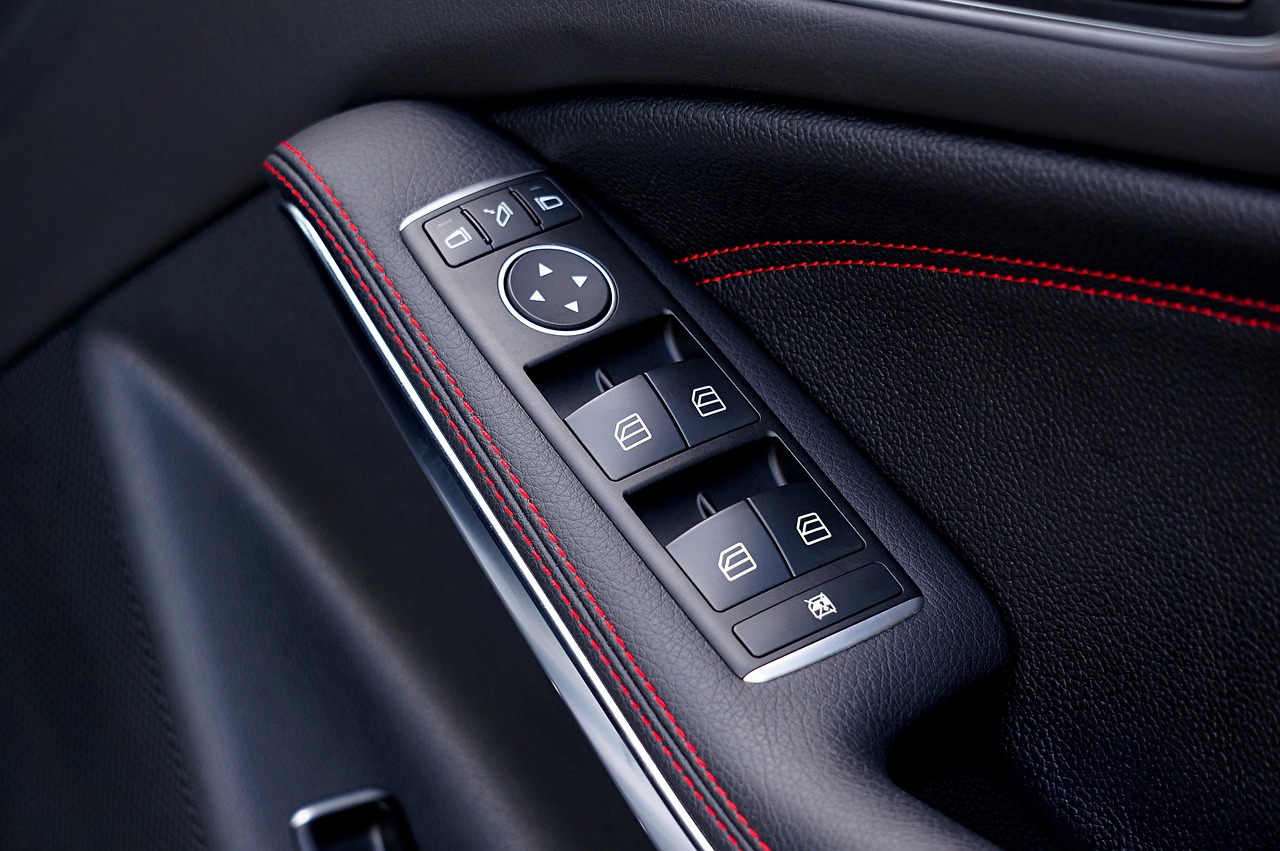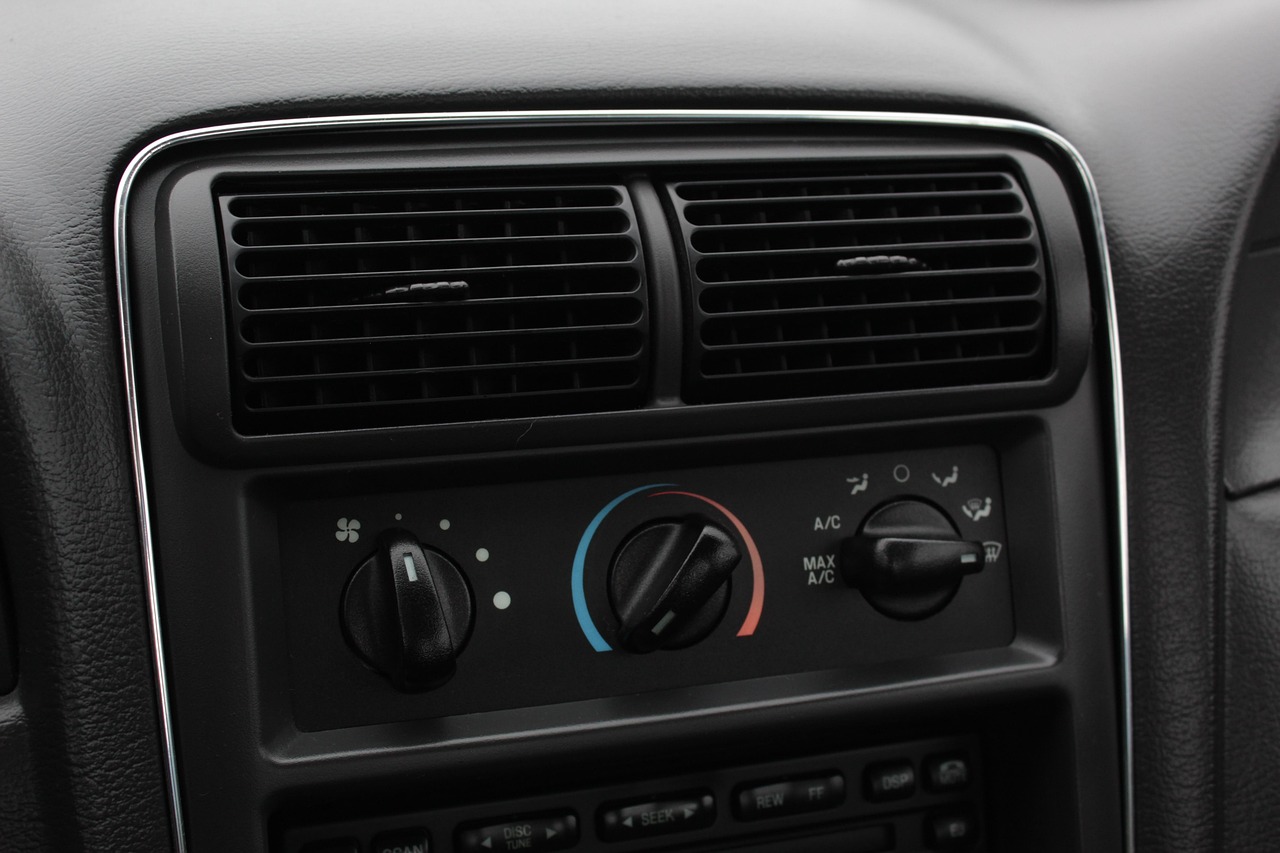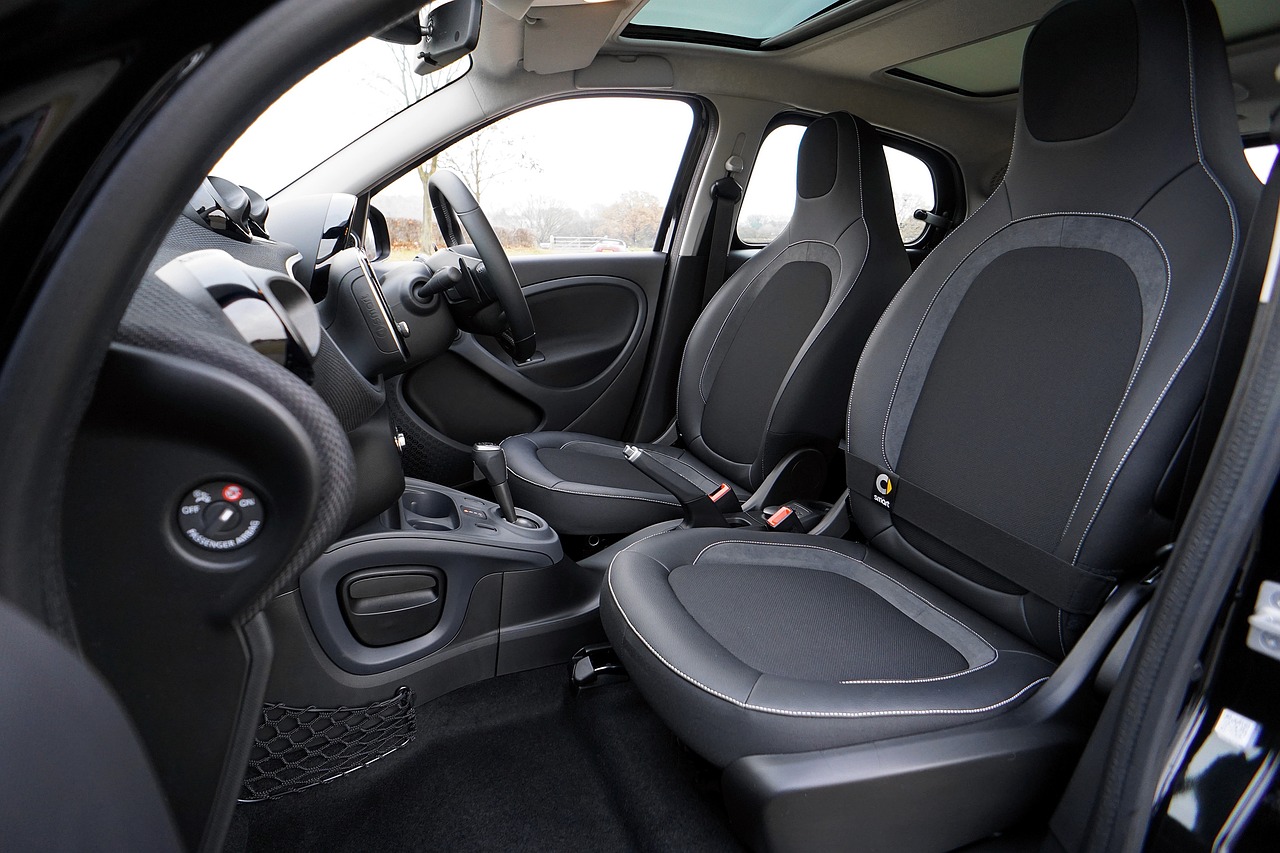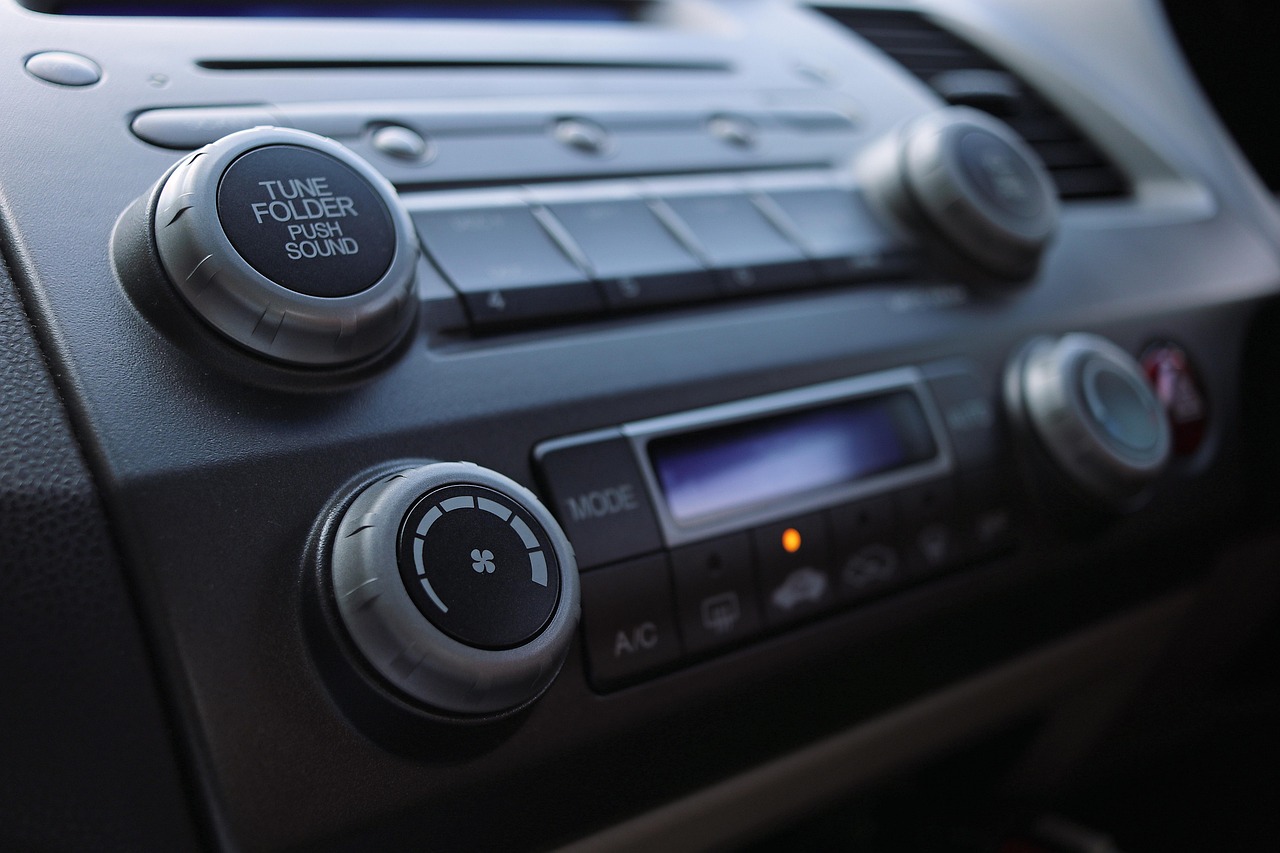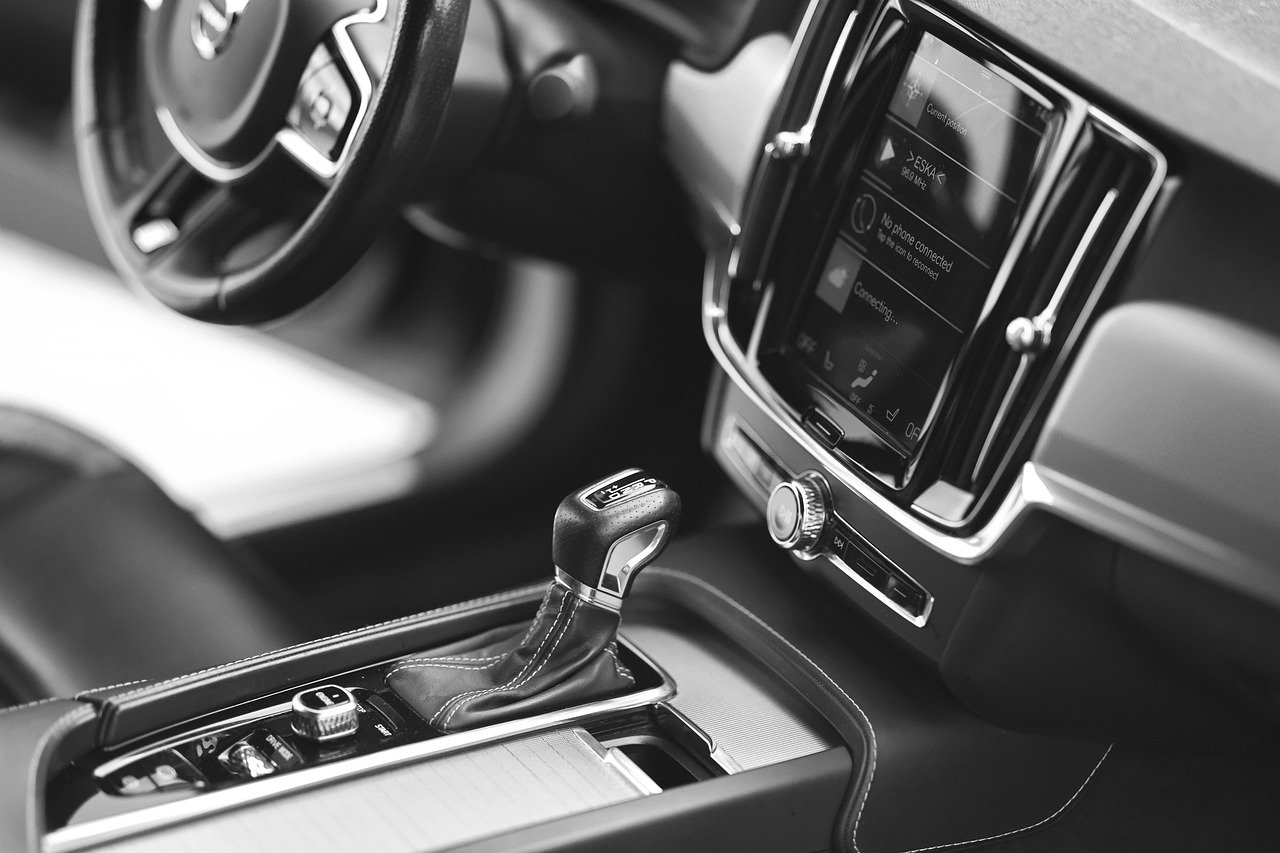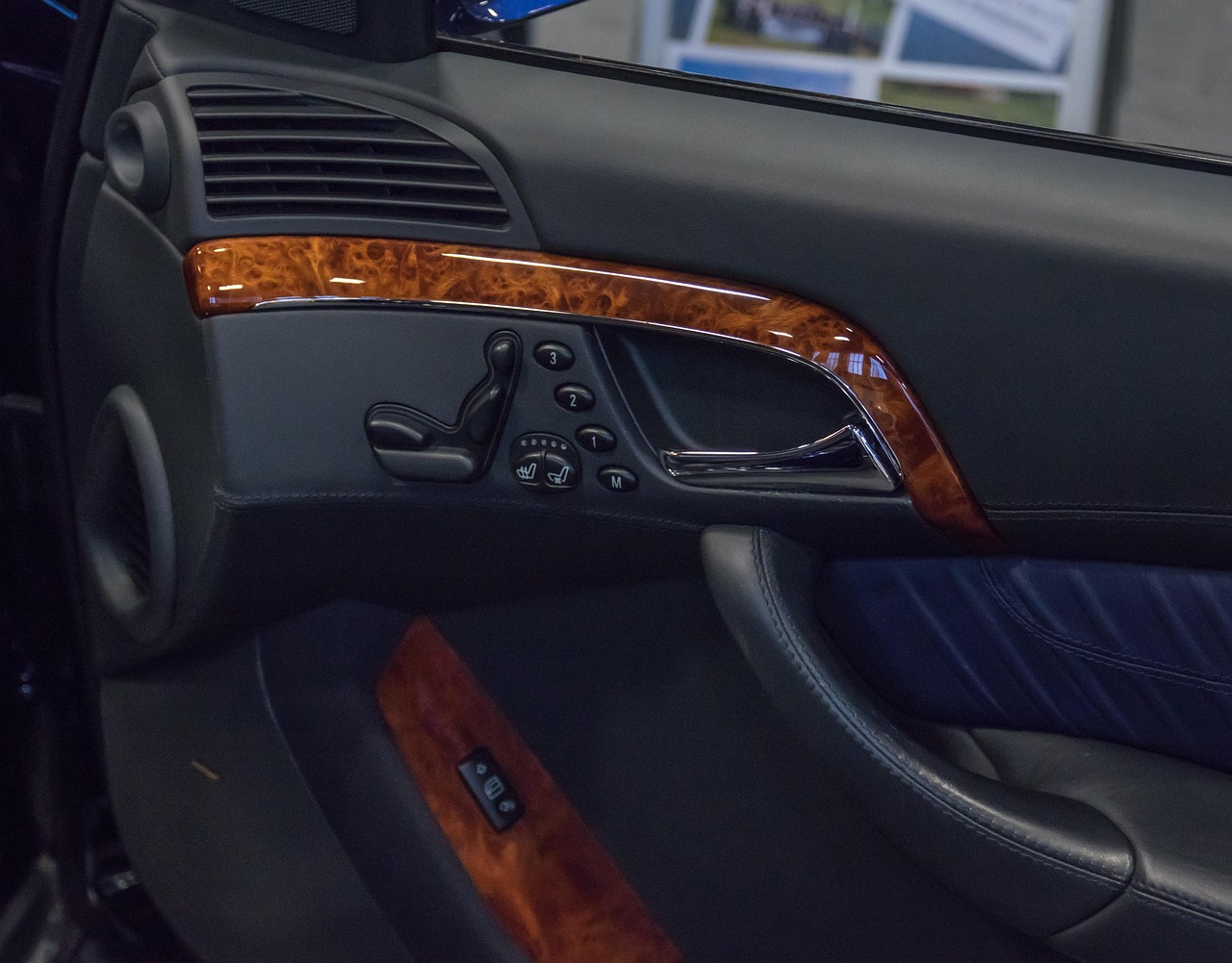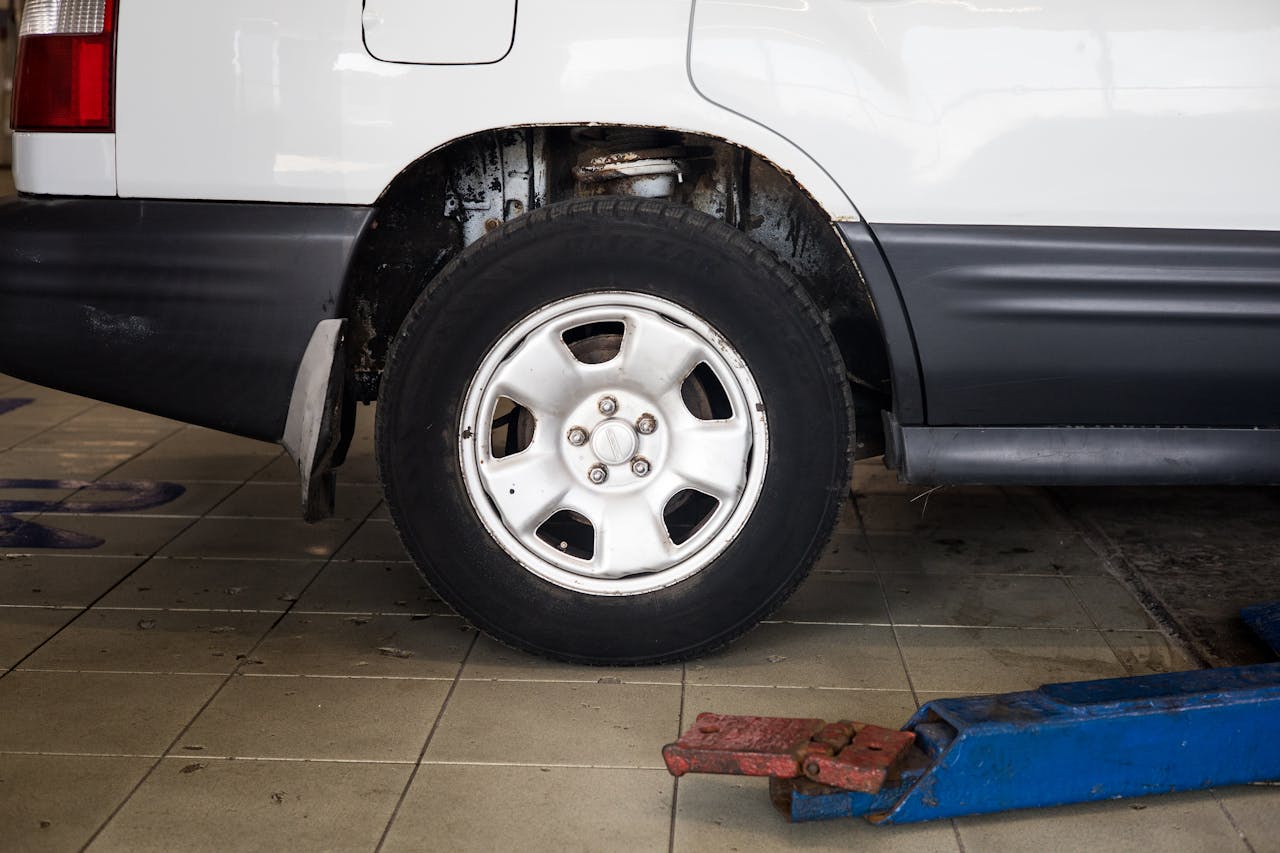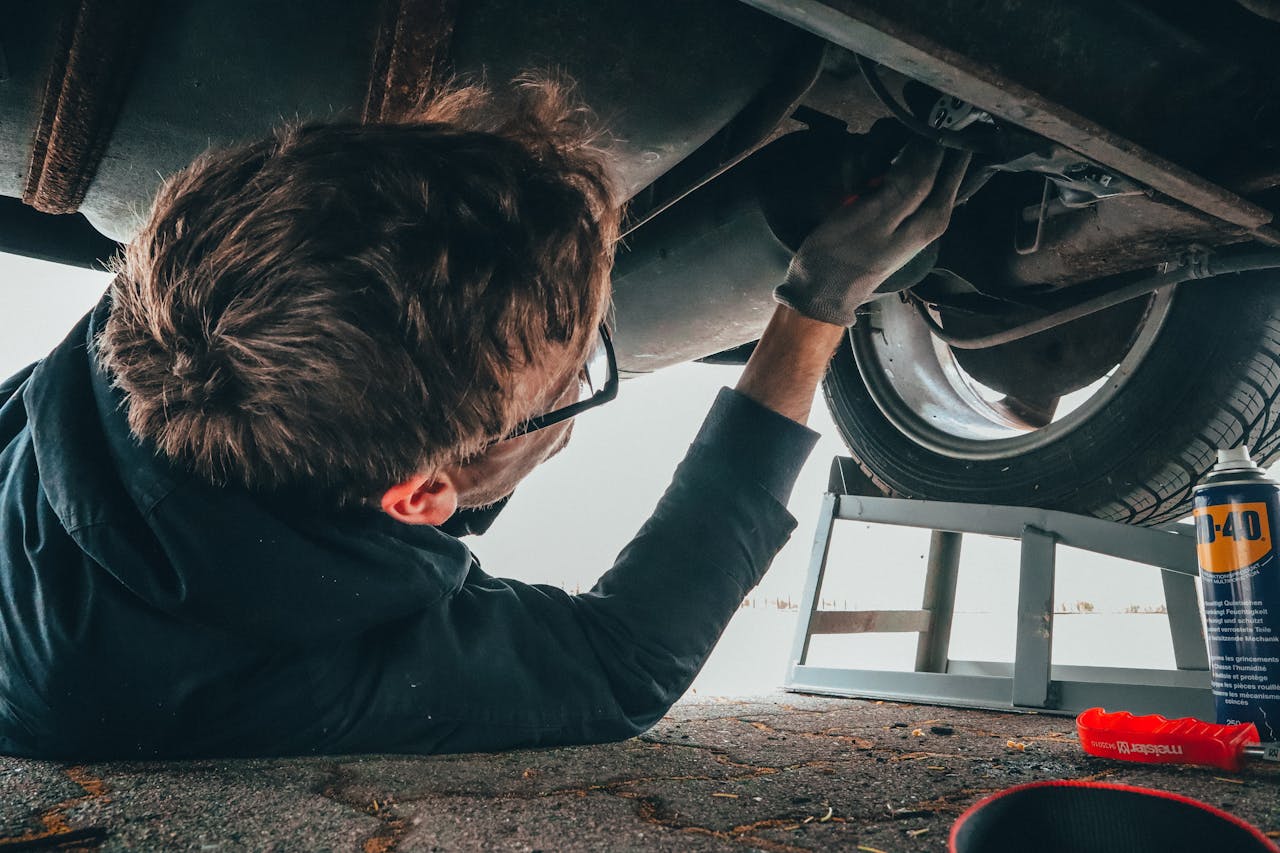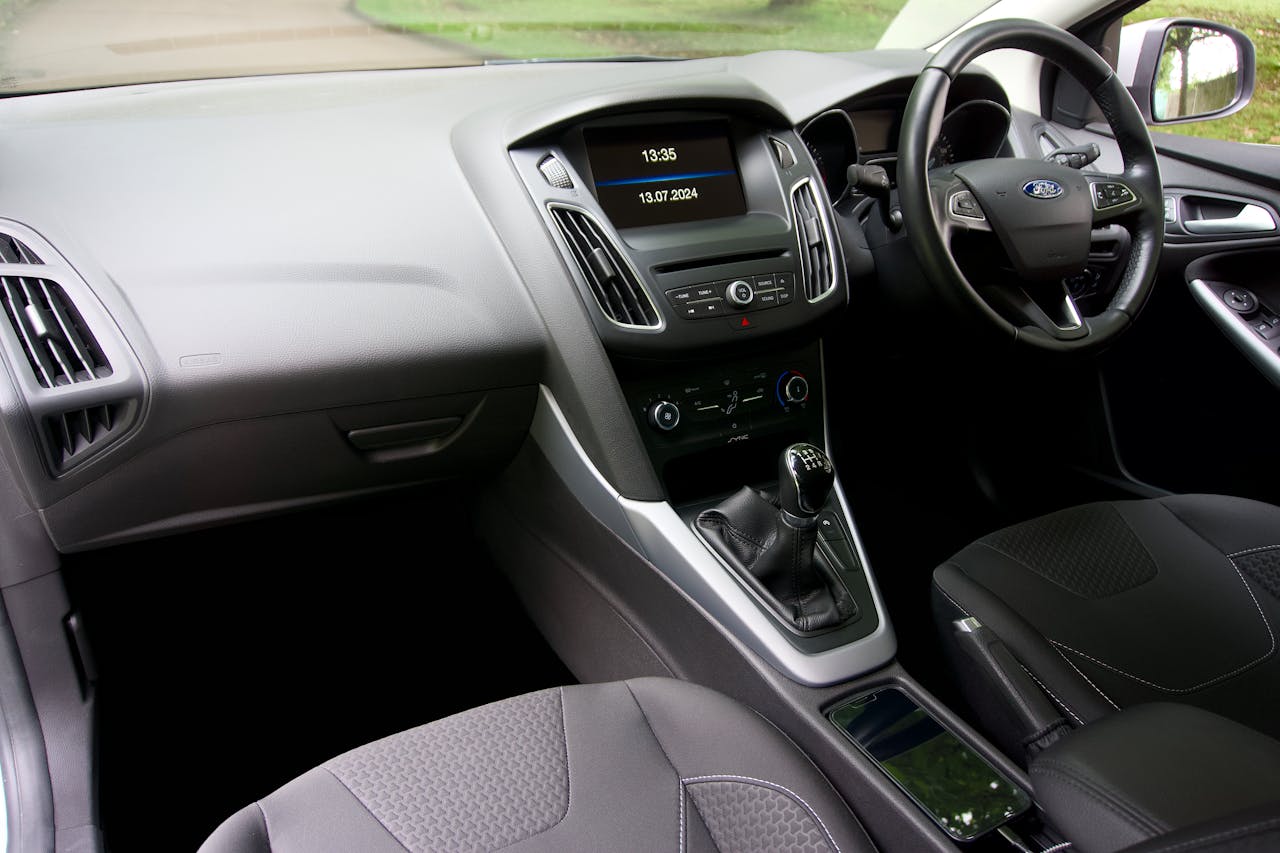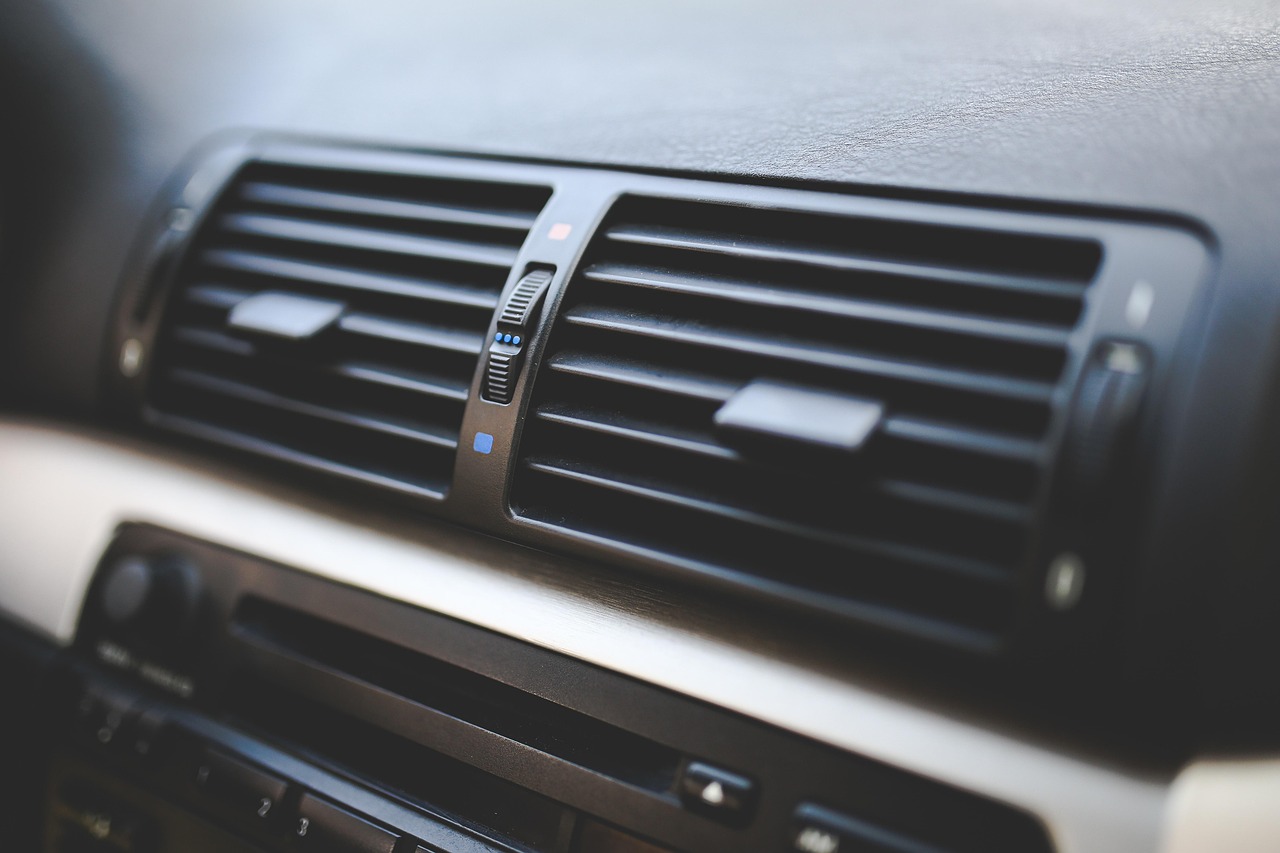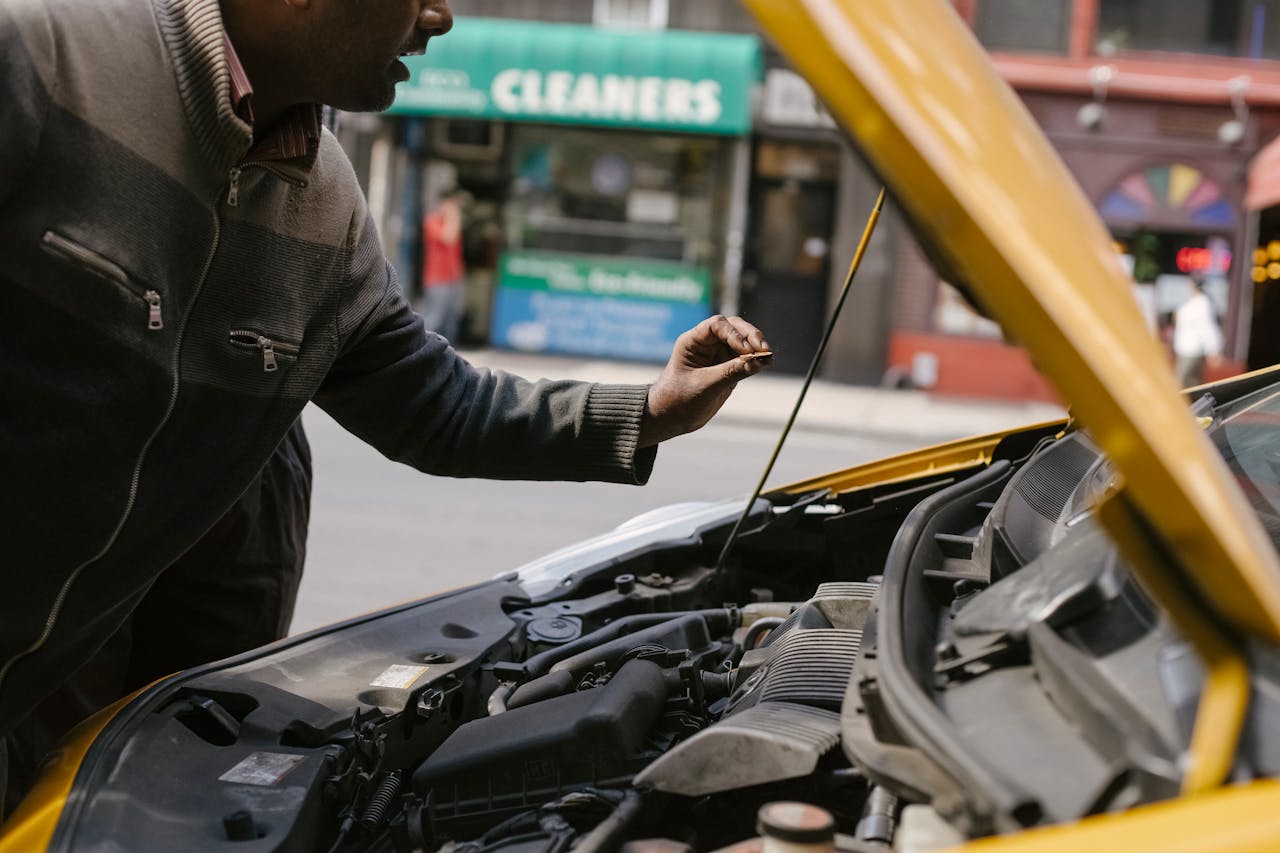8 Reasons Why a Significant Number of EV Owners Desire to Switch Back to Gas-Powered Cars
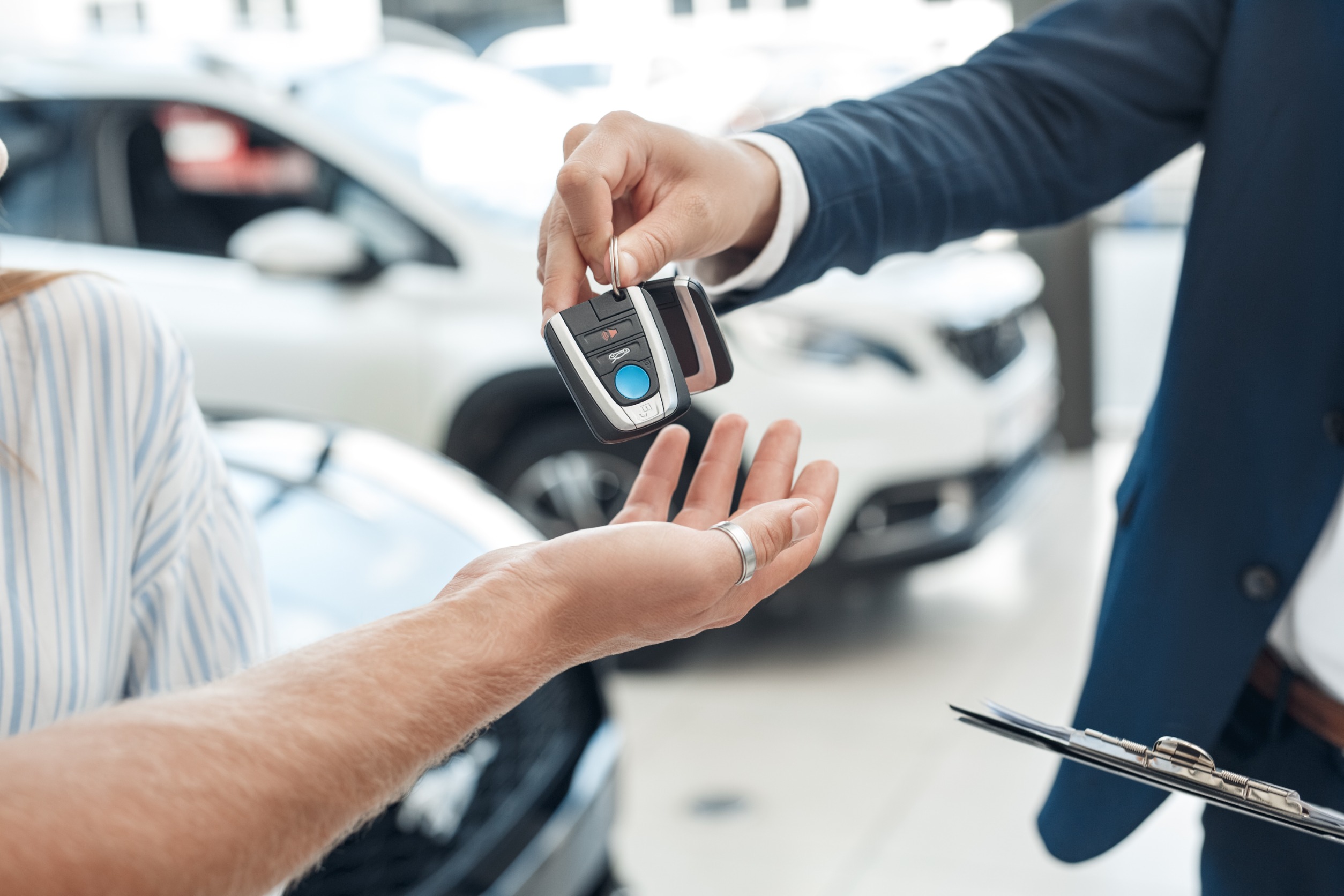
As electric vehicles (EVs) gain popularity, an intriguing trend emerges: a significant portion of EV owners express a desire to switch back to gas-powered cars. While EVs offer environmental benefits and lower operating costs, several challenges persist. According to a recent survey, over 40% of EV buyers contemplate returning to gas-powered vehicles. Lets delve into 8 reasons behind this unexpected shift.
1. Charging Infrastructure Challenges
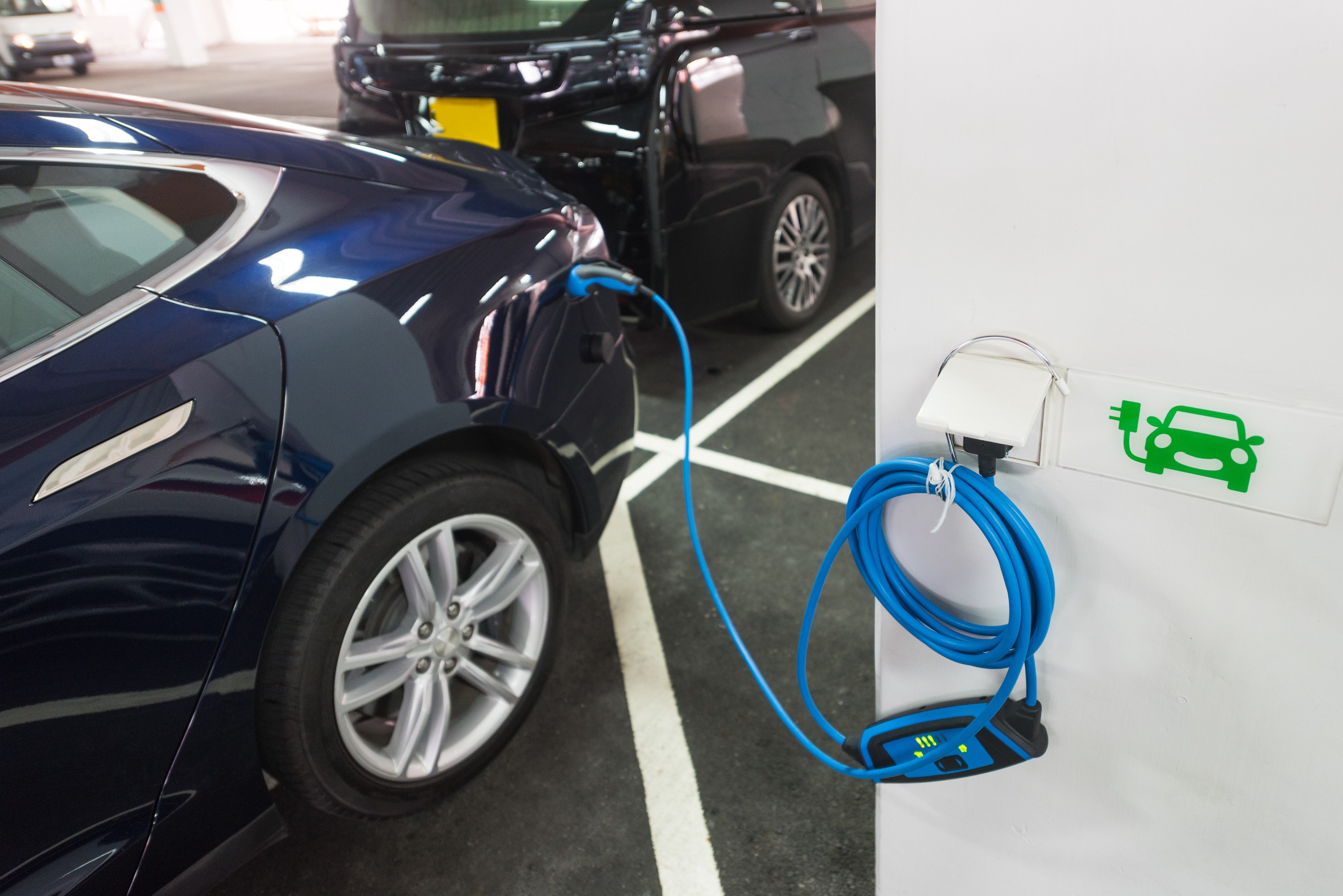
The lack of available charging infrastructure remains a major concern for EV owners. In a recent survey, 35% of respondents cited this as the primary reason they consider returning to gas-powered vehicles. Many EV owners face difficulties finding charging stations in remote or less populated areas, leading to inconvenience and frustration. Even in urban settings, the competition for available chargers can be high, causing delays and longer waiting times. The inconsistent availability of fast-charging options exacerbates this issue, making long-distance travel challenging and less appealing for EV owners.
2. High Total Cost of Ownership

EVs can be expensive upfront, and while operating costs are generally lower, the initial investment can deter some buyers. 34% of EV owners mentioned the total cost of owning an EV as a reason for wanting to switch back to gas. Besides the high purchase price, the cost of installing home charging equipment can add to the financial burden. Additionally, insurance premiums for EVs can be higher due to the advanced technology and expensive parts involved. The depreciation rate of EVs can also be a concern, as their value may drop faster compared to traditional vehicles.
3. Driving Range Anxiety

Although EVs have improved significantly in terms of range, some owners still worry about running out of charge during long trips. 32% of respondents felt that their driving patterns on long-distance journeys were too affected by having an EV. The fear of not finding a charging station in time can cause significant stress and inconvenience. Planning routes around available charging stations can be time-consuming and limit travel flexibility. This anxiety is particularly pronounced in regions where charging infrastructure is sparse or underdeveloped.
4. Missing the Thrill of Gas-Powered Cars

Some EV owners miss the sensory experience and thrill associated with driving gas-powered cars. The sound of a roaring engine and the tactile feedback of traditional vehicles can be more satisfying for certain drivers. Performance enthusiasts may feel that EVs lack the same level of excitement and engagement that comes with driving high-performance gas-powered cars. This desire for a more visceral driving experience can lead some individuals to switch back to gas-powered vehicles, despite the benefits of EVs.
5. Home Charging Challenges
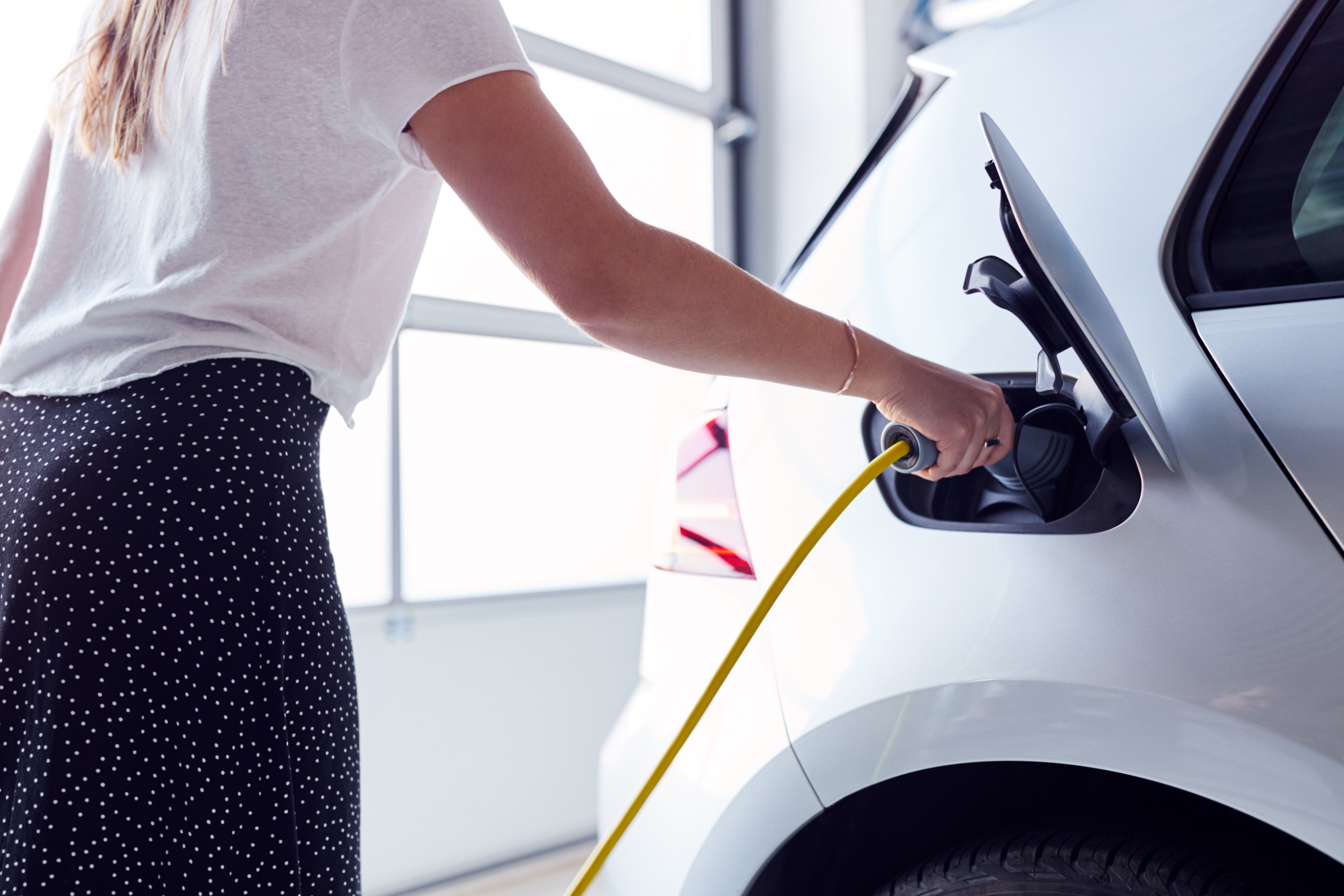
Not having level 2 (240-volt) charging at home can be a significant barrier. Some households lack the necessary infrastructure to charge their EVs conveniently, especially in California where many homes are not optimized for EV charging. Upgrading home electrical systems can be costly and complicated, requiring professional installation and potential permits. Renters face additional challenges, as they often lack the authority to install charging stations or make necessary electrical upgrades. This inconvenience can make daily EV use impractical, leading owners to consider returning to gas-powered cars.
6. Parking Constraints
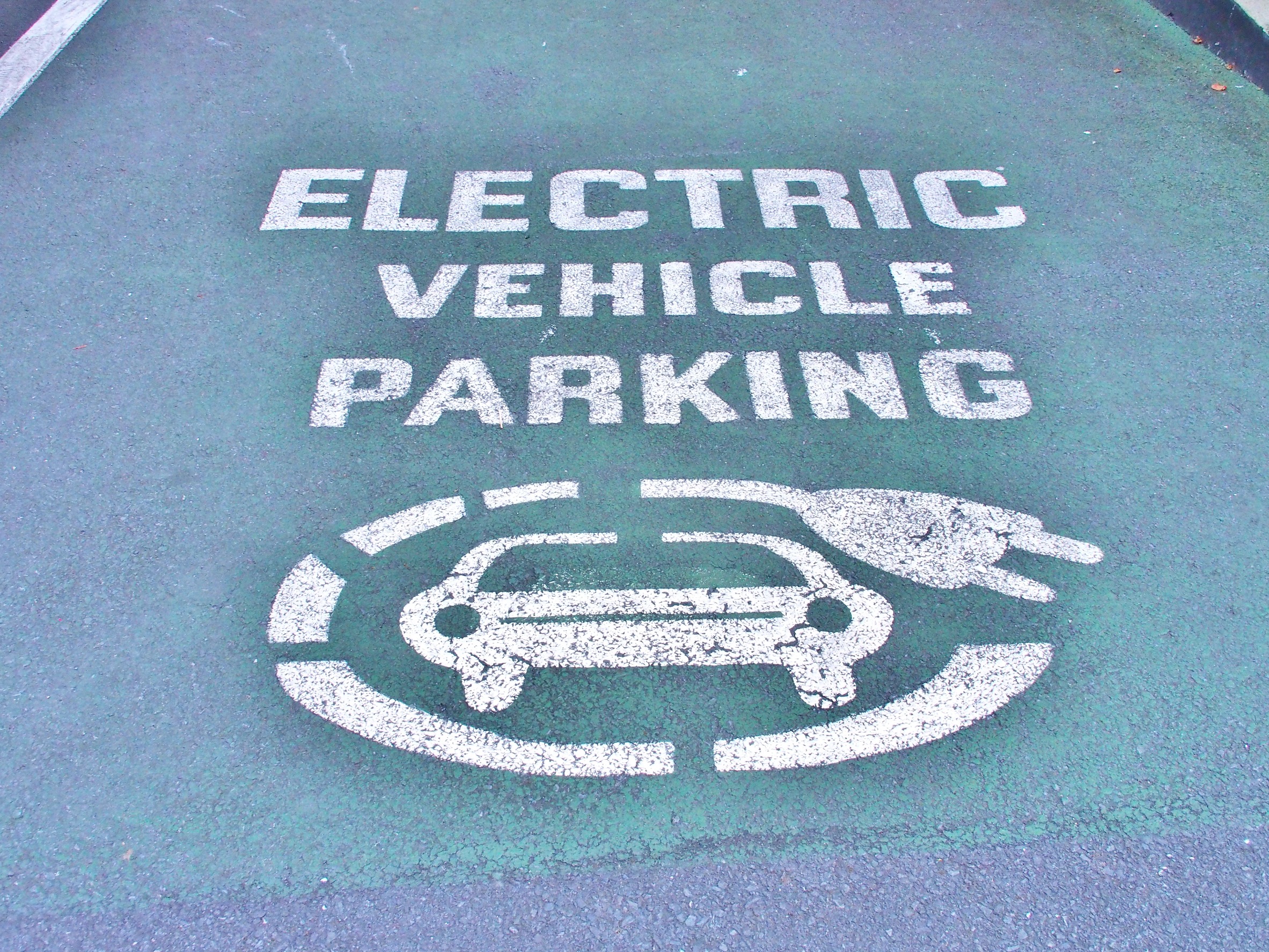
For apartment dwellers or those without dedicated parking spots, managing an EV can be challenging. Lack of access to charging facilities in residential areas can discourage EV ownership. Street parking without nearby charging stations means owners must rely on public or commercial chargers, which can be inconvenient and time-consuming. The absence of charging solutions in many residential complexes further complicates the situation for potential EV buyers. This limitation often makes owning an EV less feasible for individuals in densely populated urban areas.
7. Household Efficiency

EV owners who also have less efficient gas-powered vehicles in their household may find it more convenient to switch back to gas. Having multiple vehicles with varying efficiency levels can influence their decision. The convenience of filling up a gas tank quickly compared to the time needed for charging an EV can be a significant factor. Additionally, gas-powered vehicles may still be preferred for tasks requiring higher towing capacity or longer driving ranges. Balancing the use of both types of vehicles can lead some owners to revert to gas for overall household efficiency.
8. Demographic Factors

The study found that discontinuance rates were higher among younger, female, and lower-income EV owners. These factors, along with household size, play a role in the decision to revert to gas-powered cars. Younger owners may face more financial constraints, making the initial cost and ongoing expenses of EV ownership challenging. Female owners might experience unique safety concerns or logistical issues related to charging infrastructure. Lower-income households may struggle with the upfront costs and potential maintenance expenses associated with EVs, despite the long-term savings on fuel.
Final Thoughts

While electric vehicles offer numerous benefits, including lower operating costs and reduced environmental impact, there are still significant challenges that cause some owners to consider returning to gas-powered cars. Issues such as charging infrastructure, high total cost of ownership, driving range anxiety, and home charging challenges present real barriers. Additional factors like parking constraints, household efficiency, demographic influences, and the sensory experience of driving gas-powered cars also play a role in these decisions. As the automotive industry continues to evolve, addressing these concerns will be crucial in making EVs a more viable and appealing option for a broader range of consumers.
